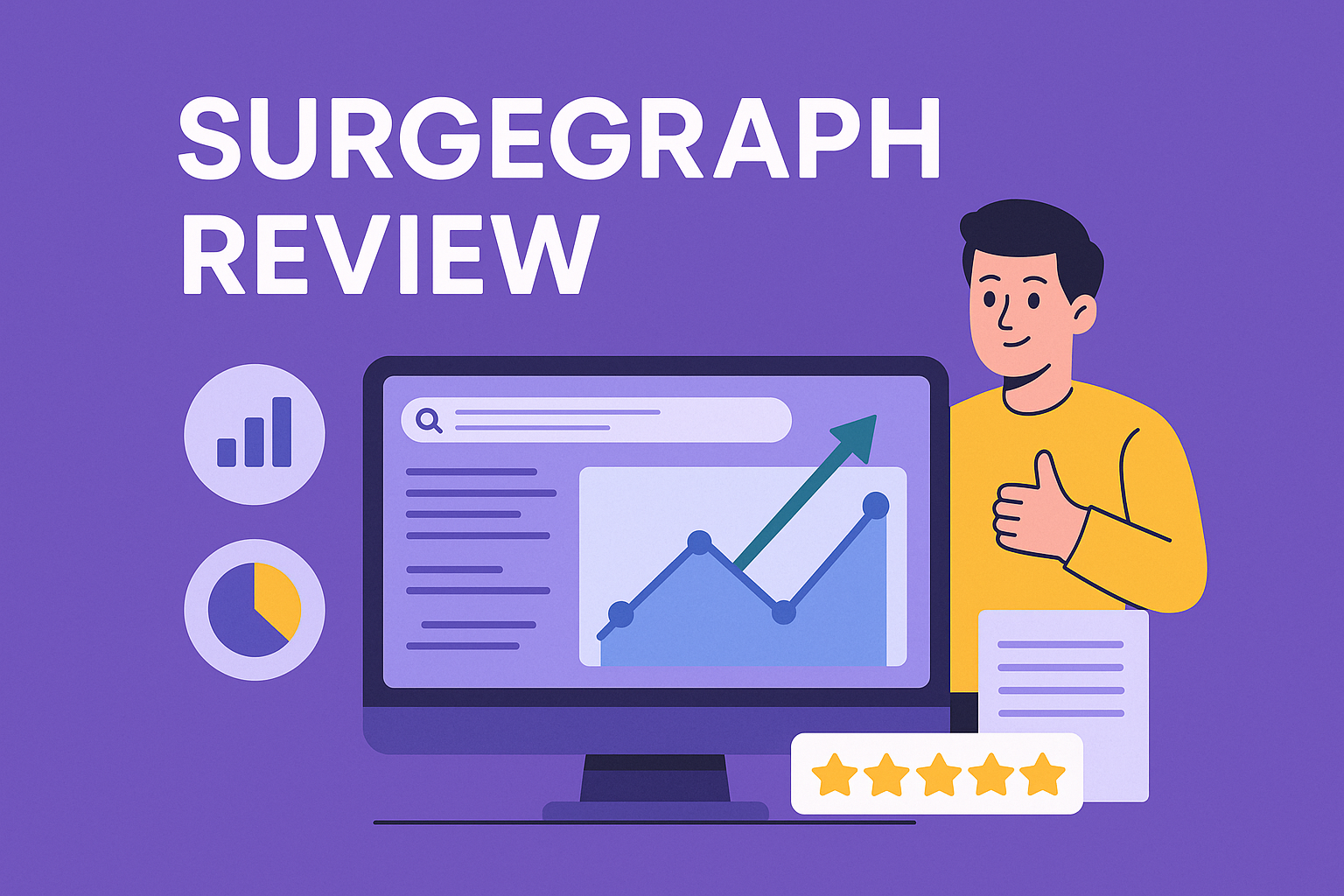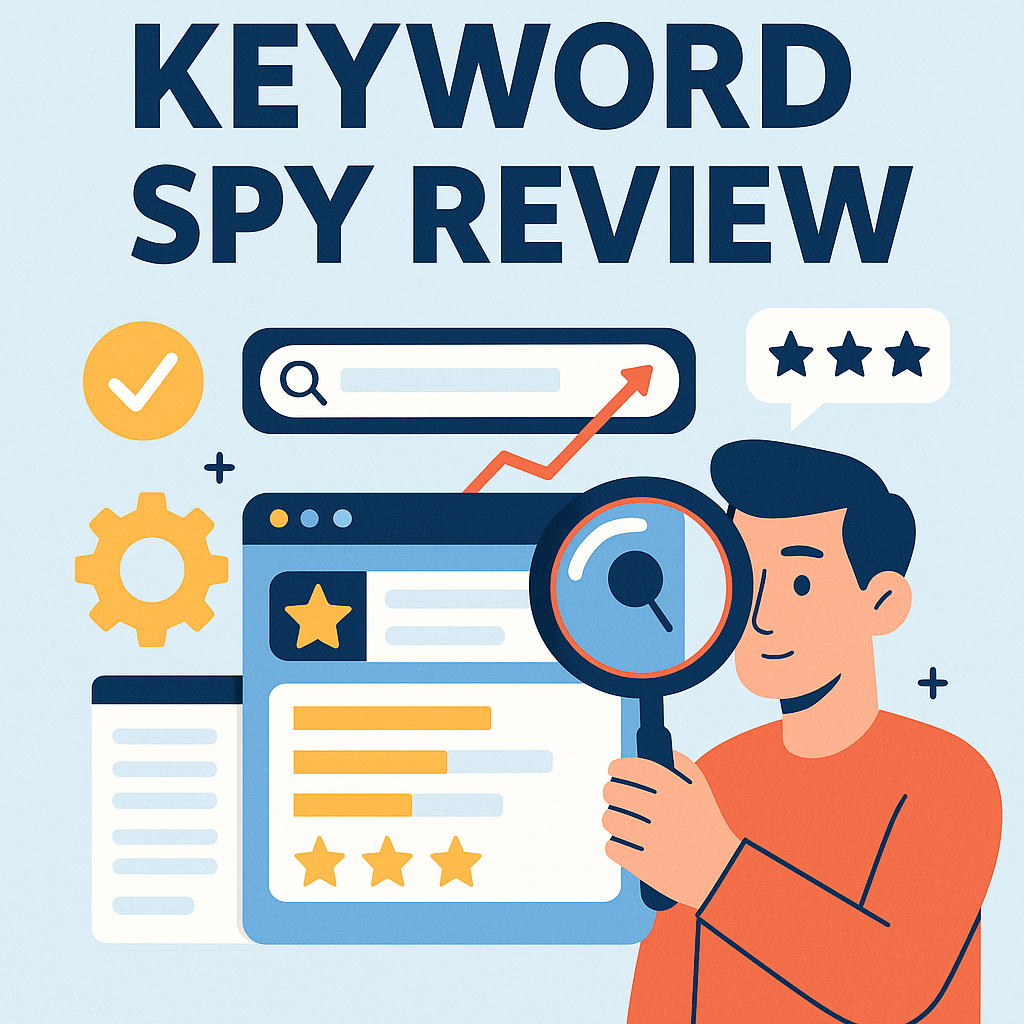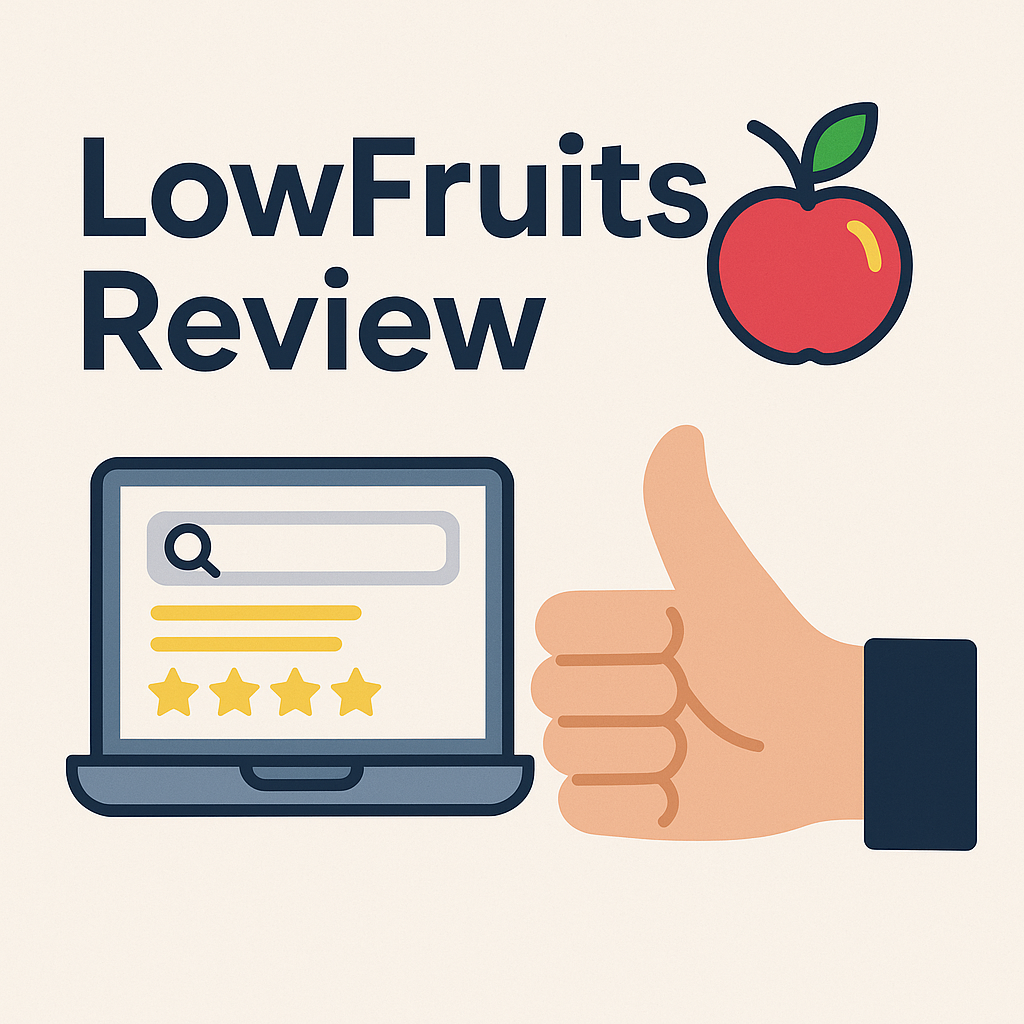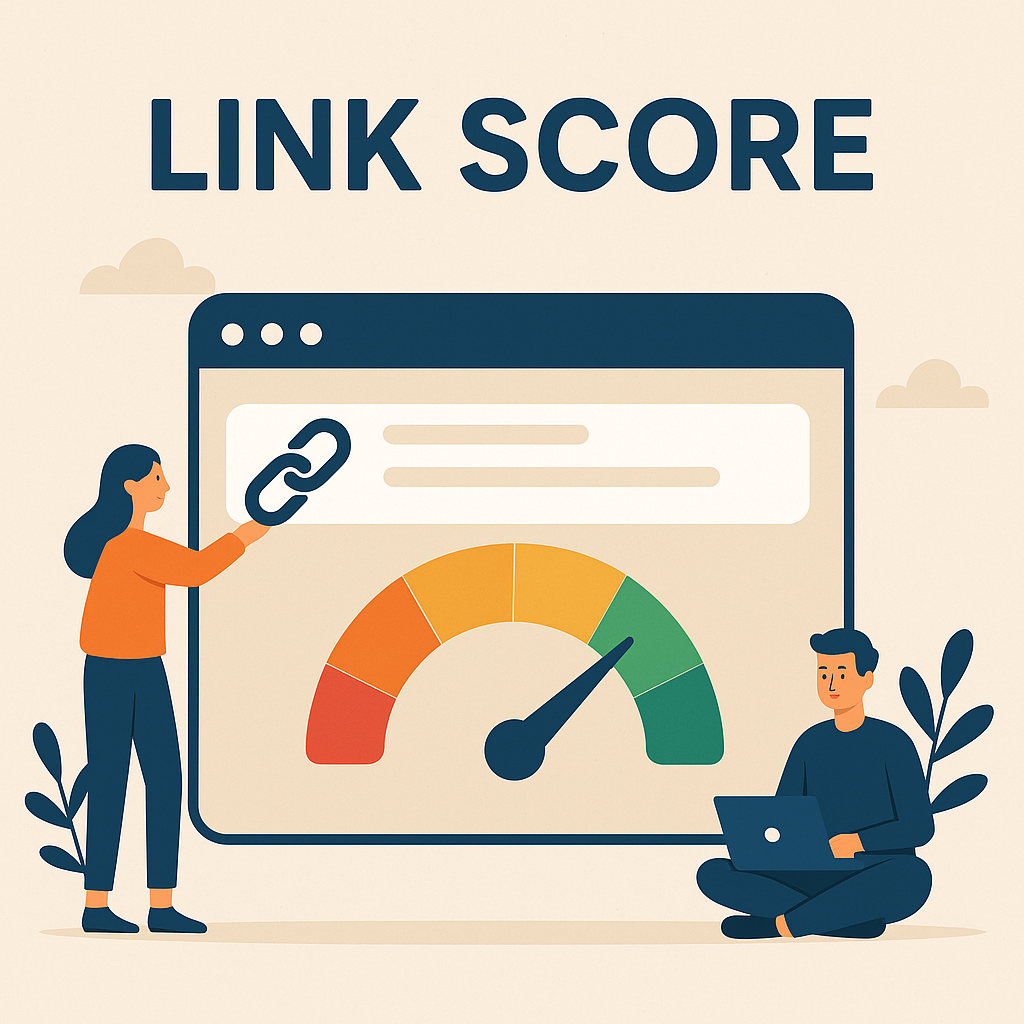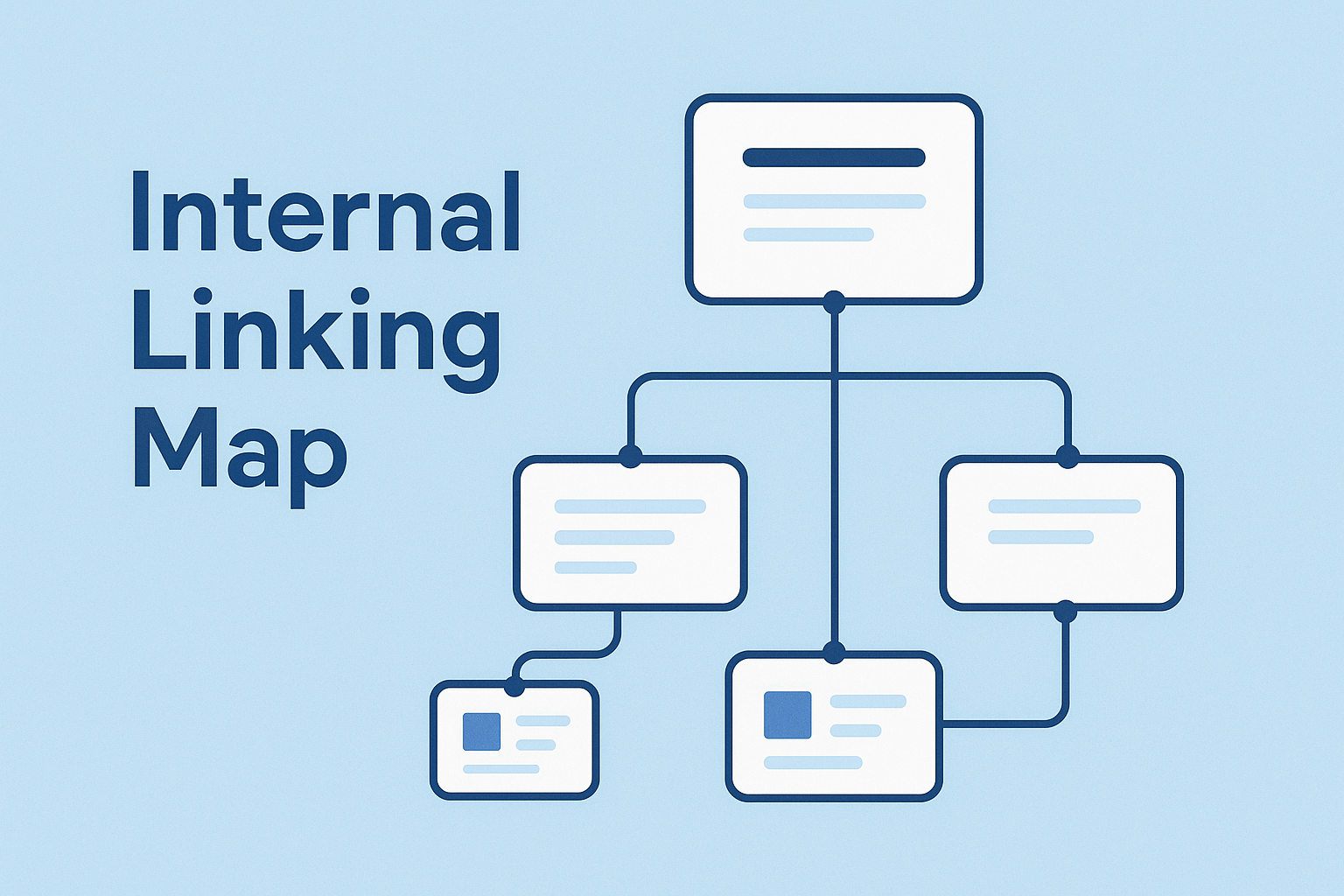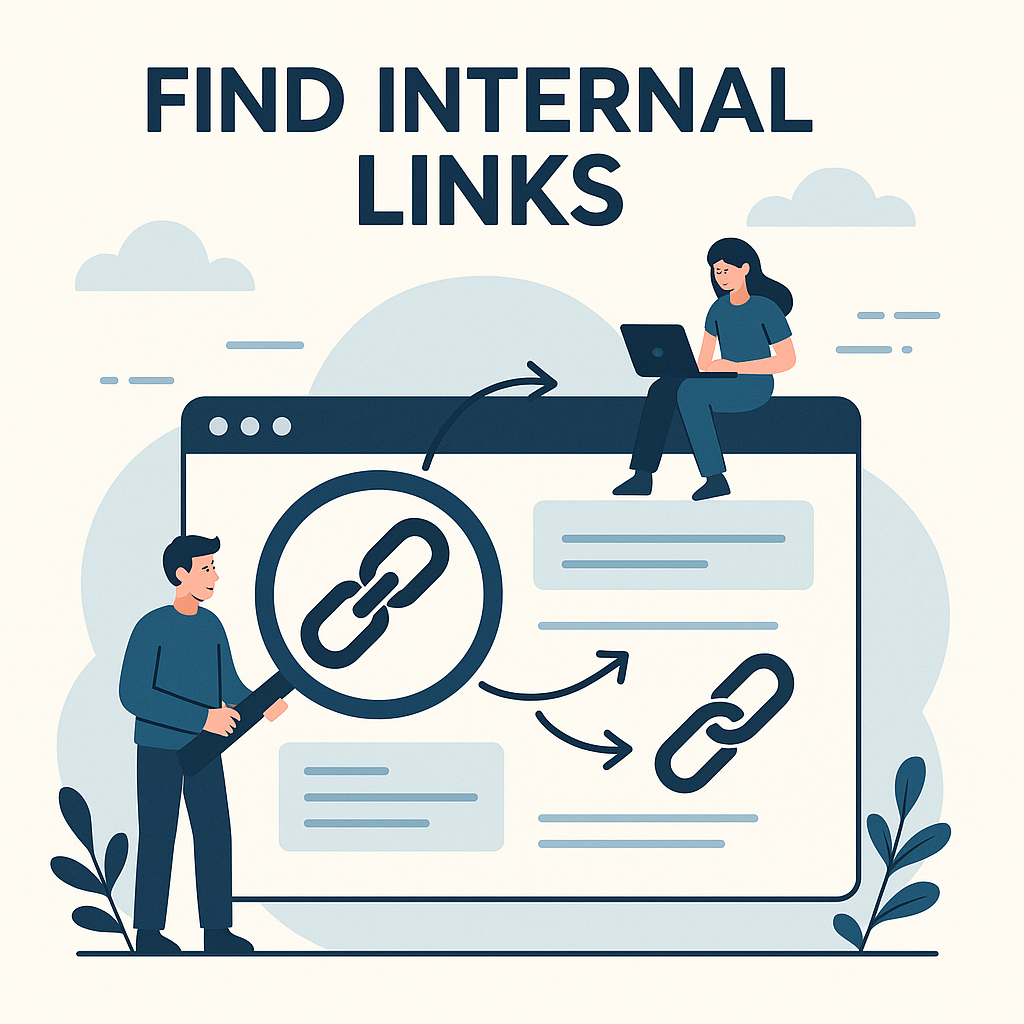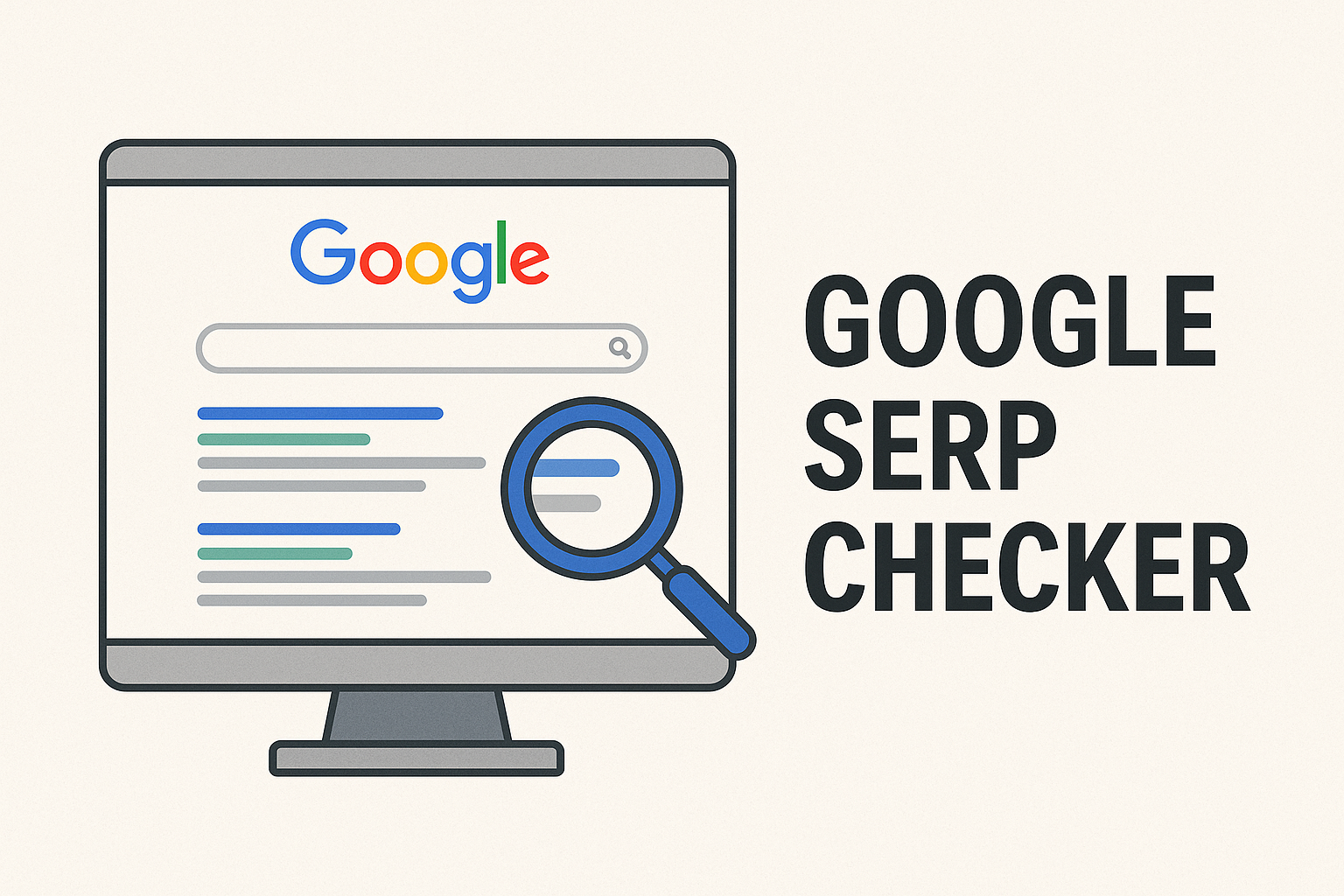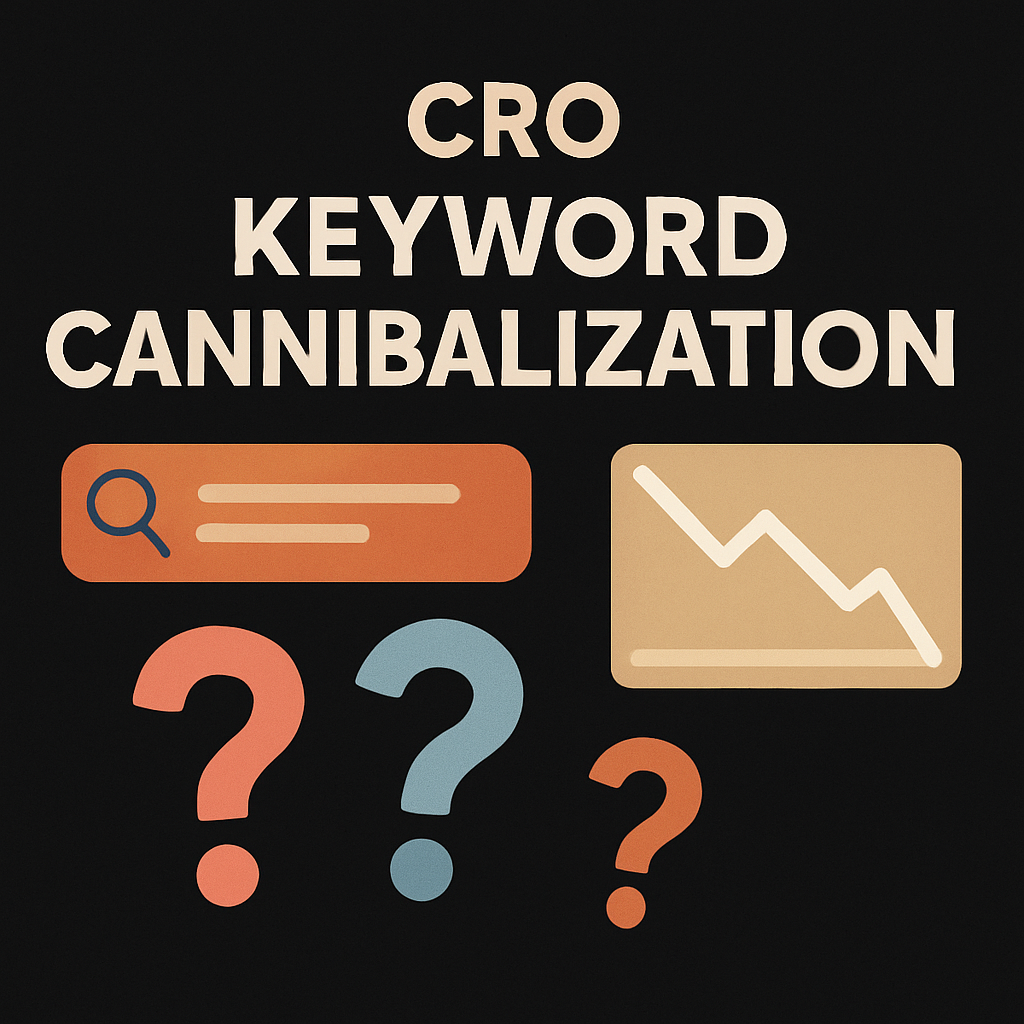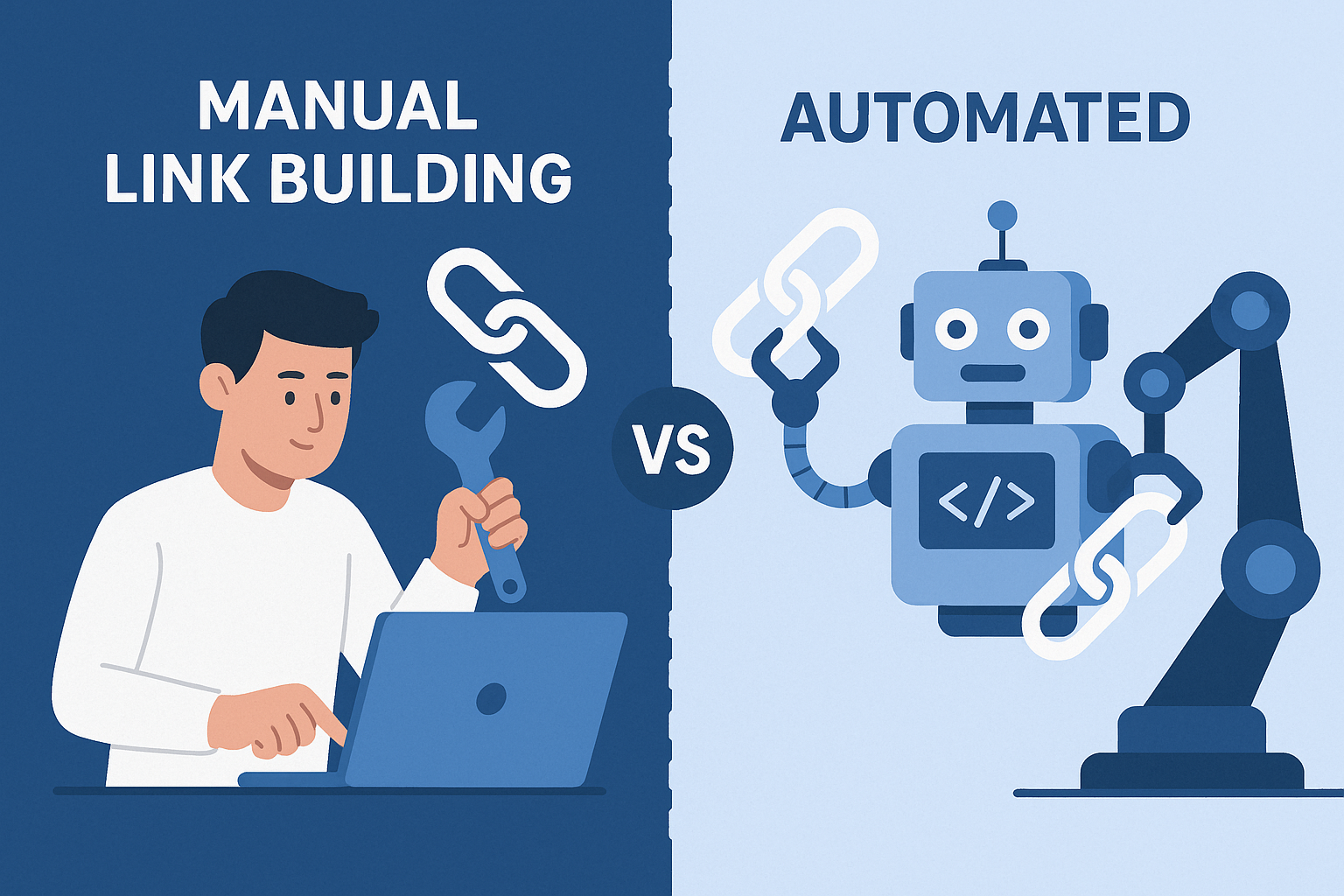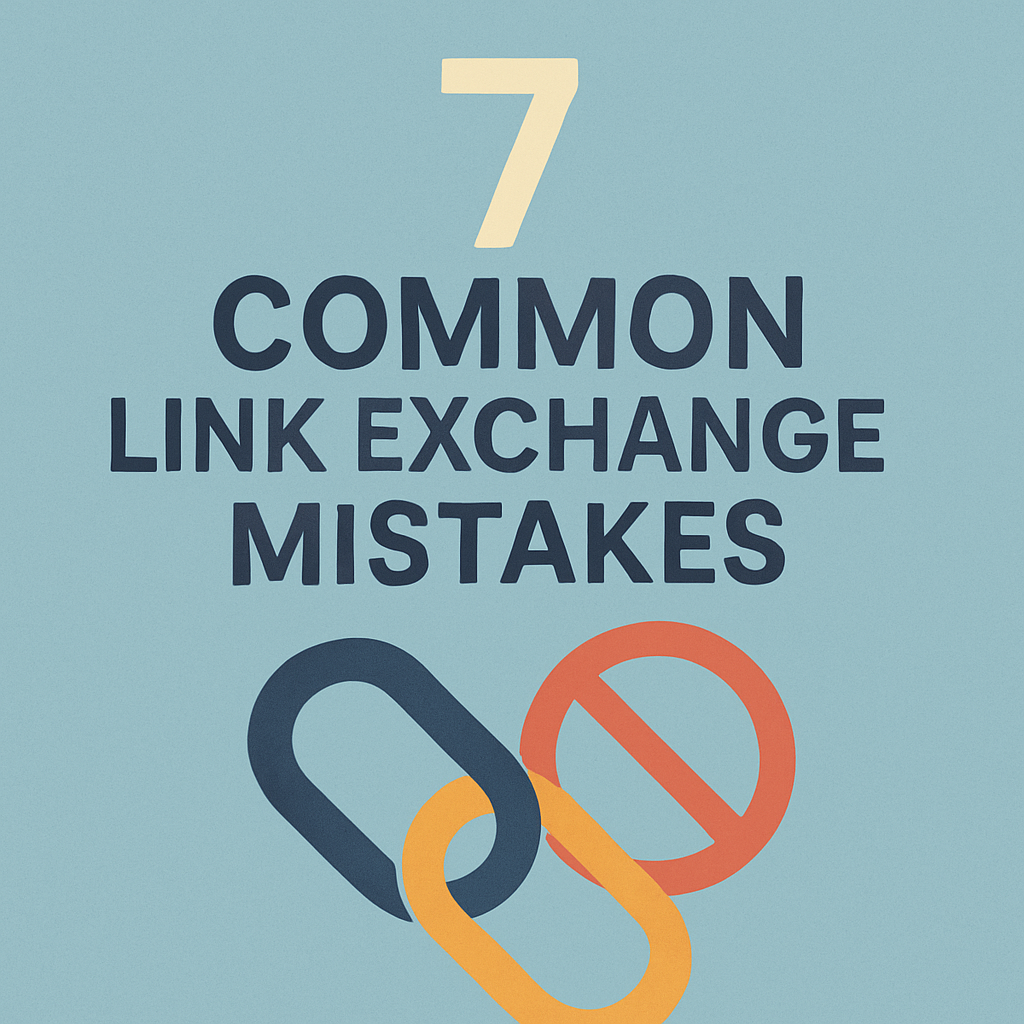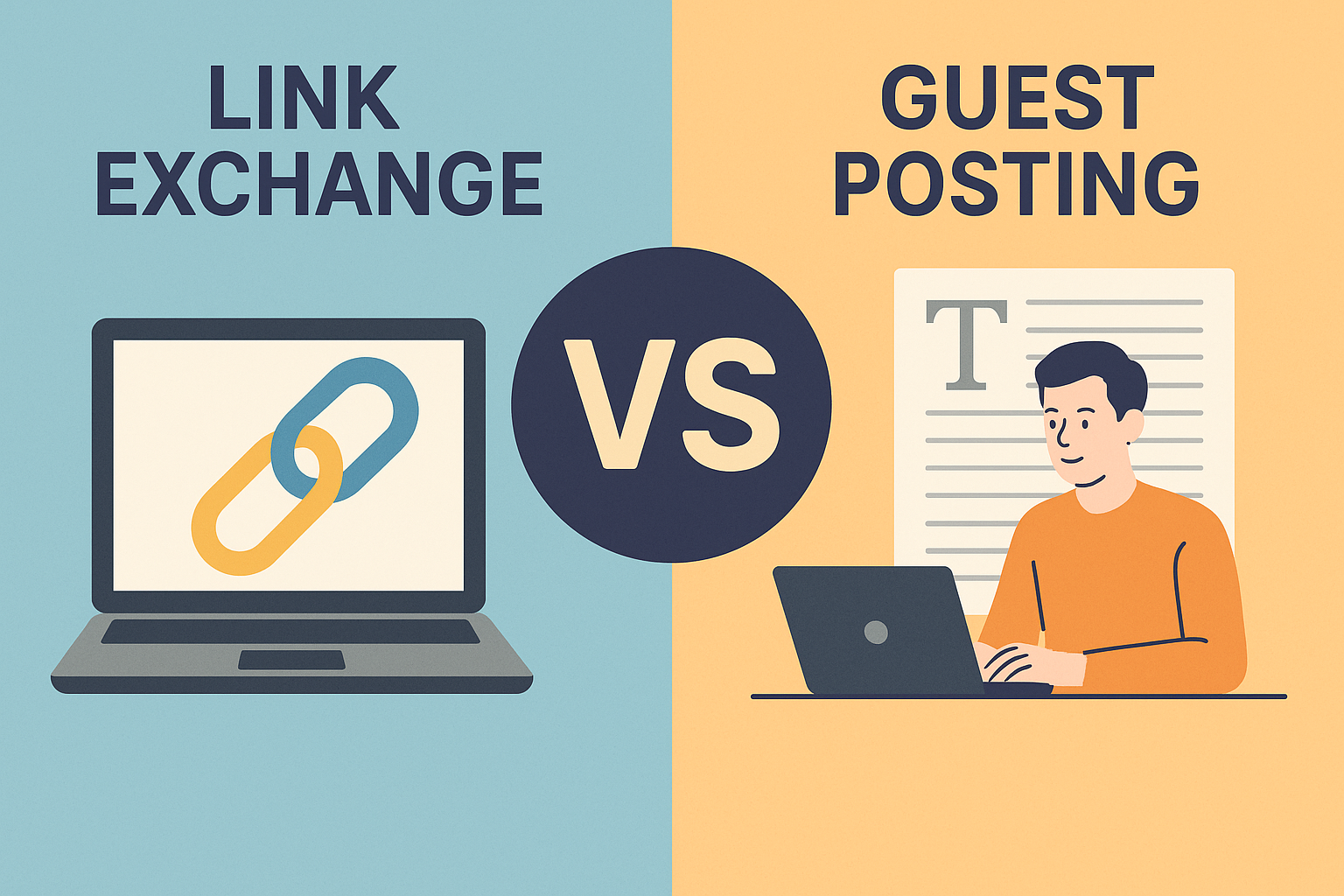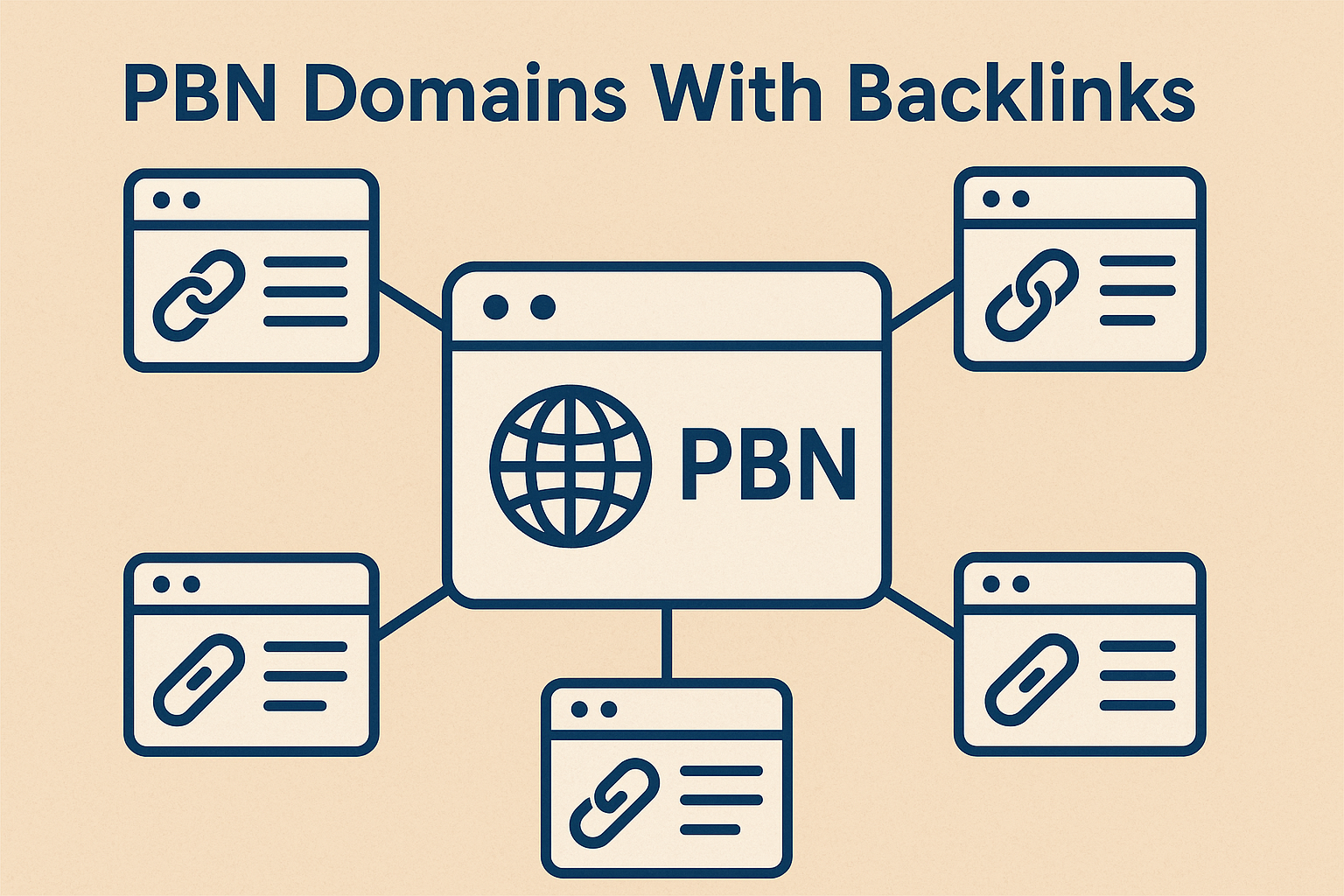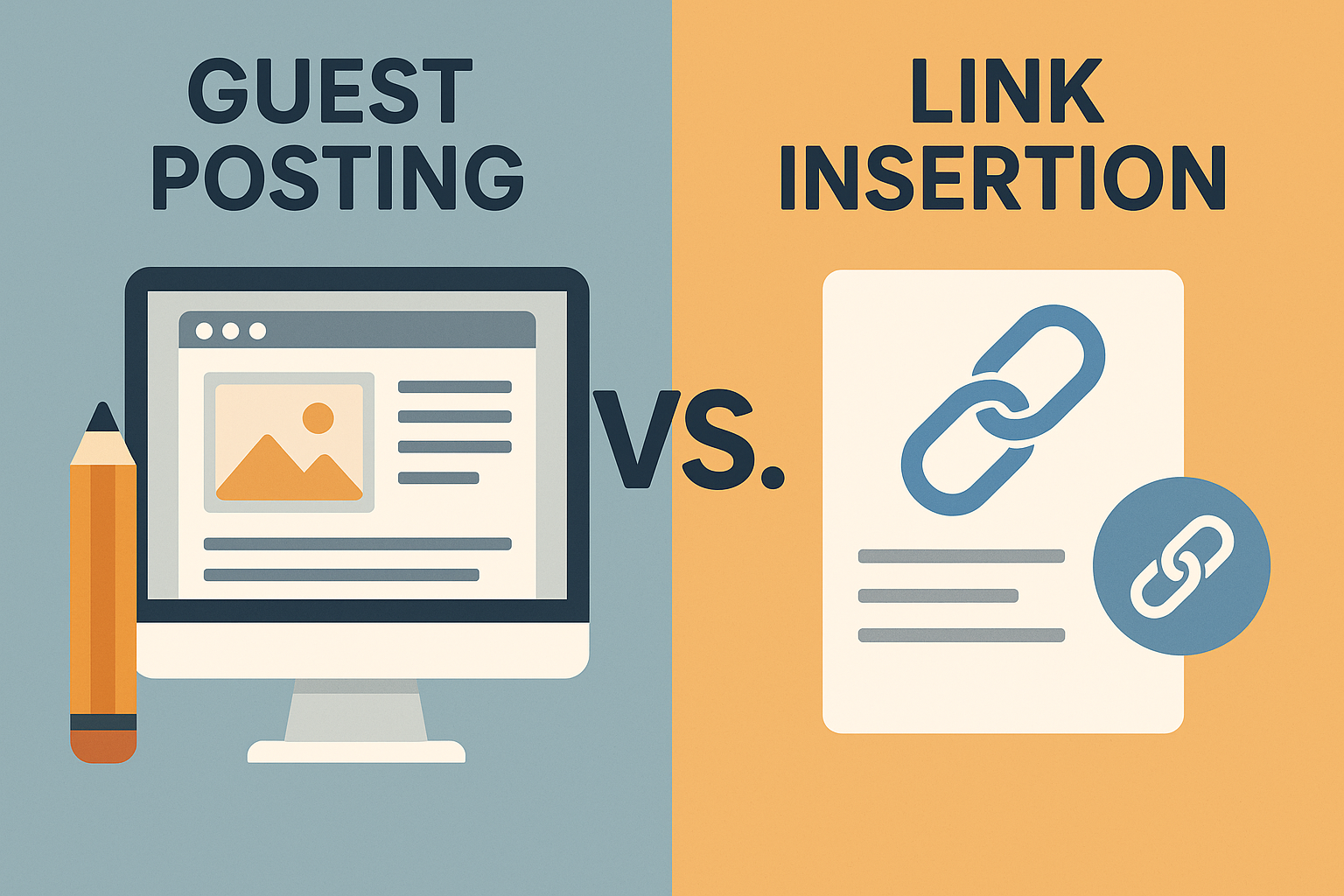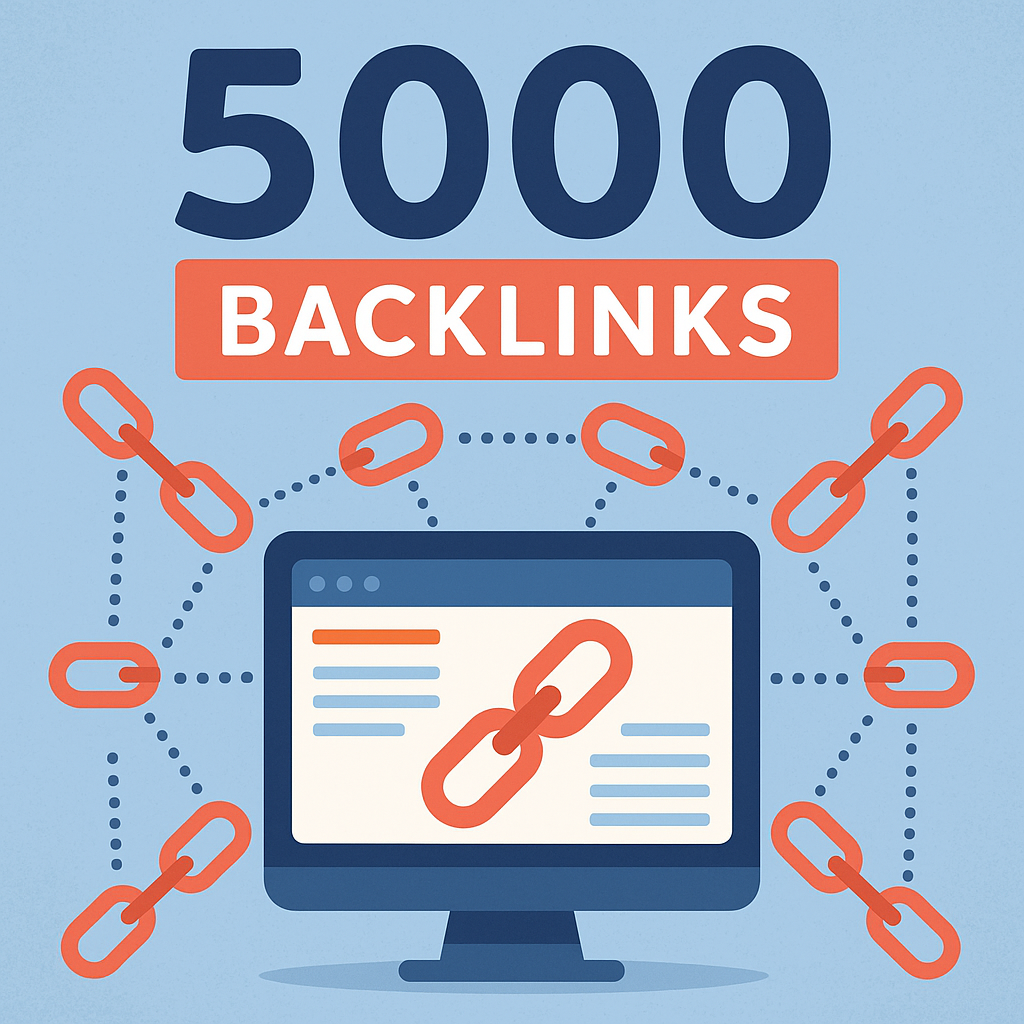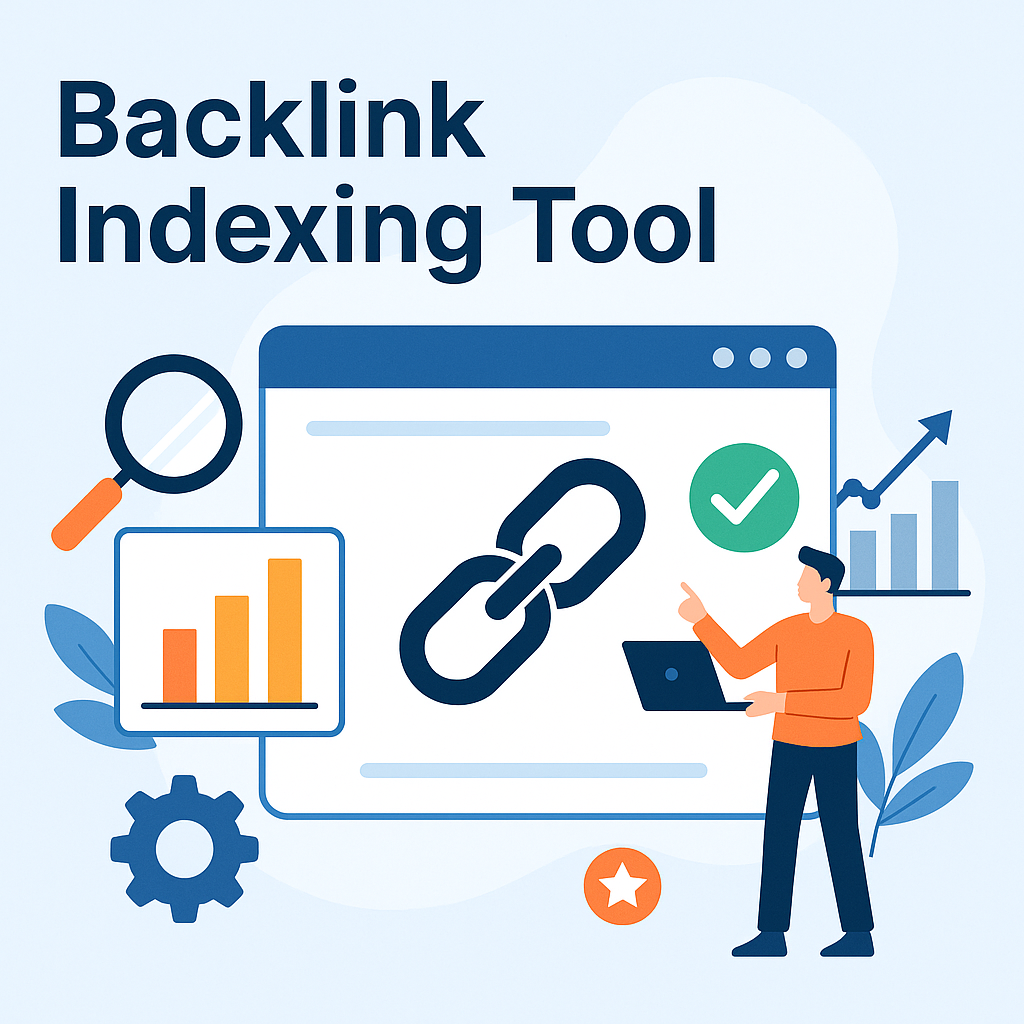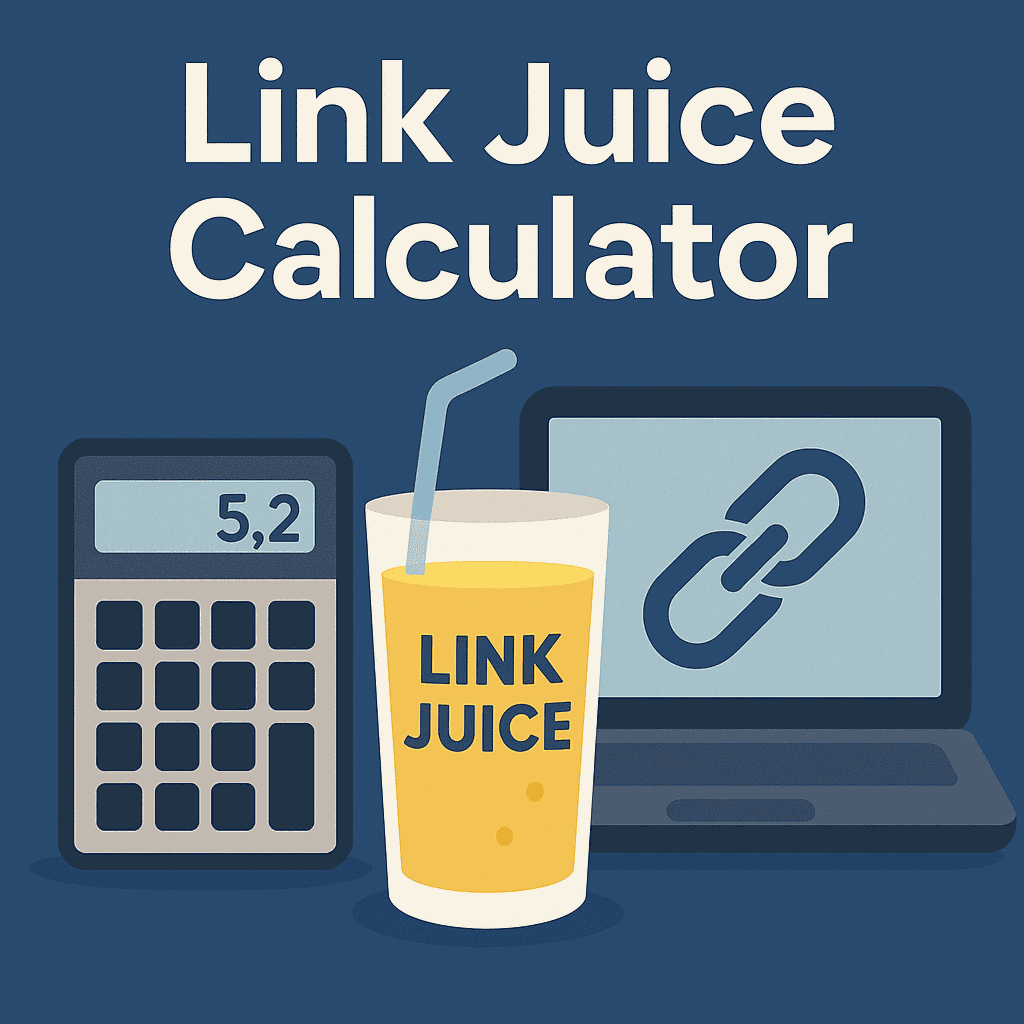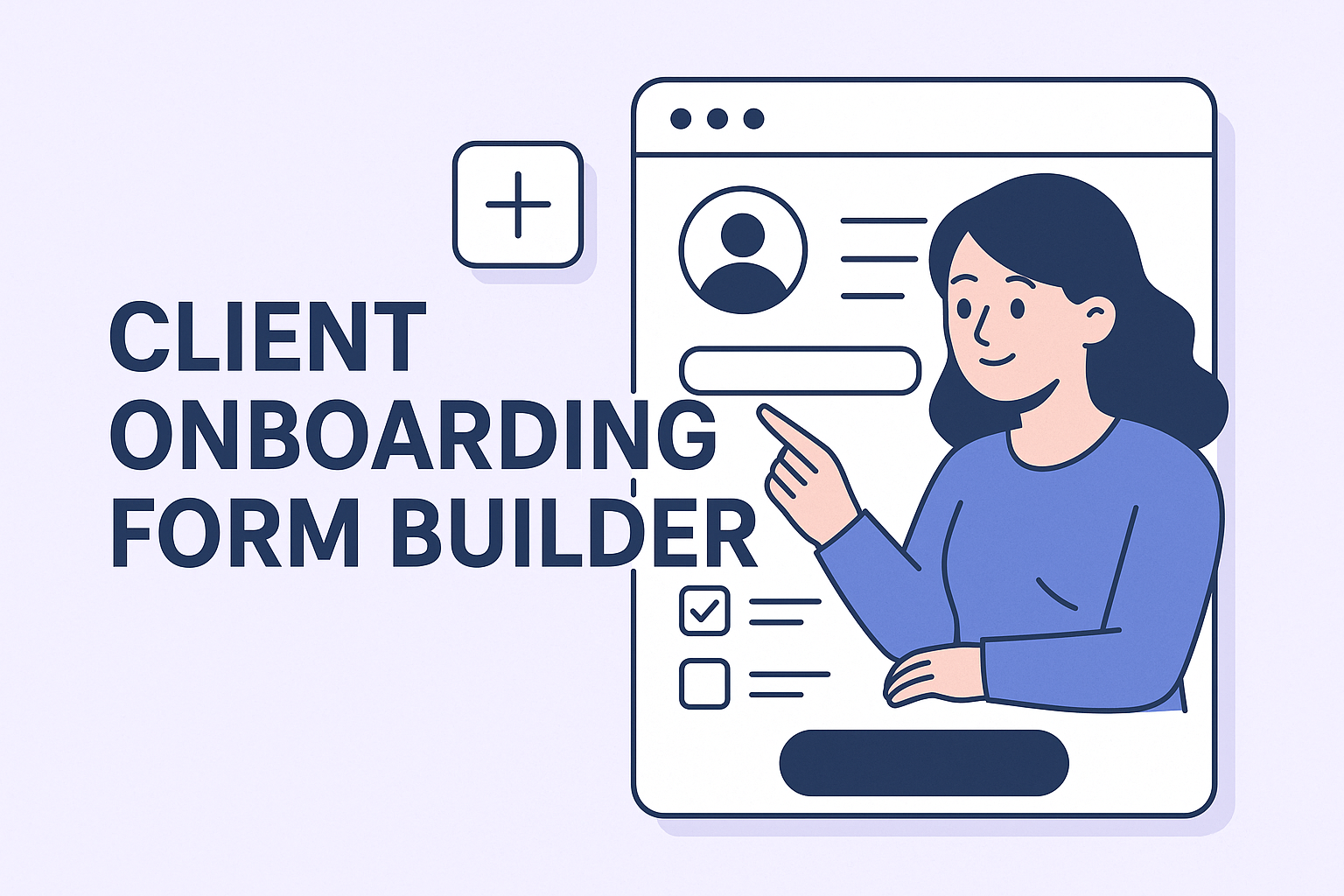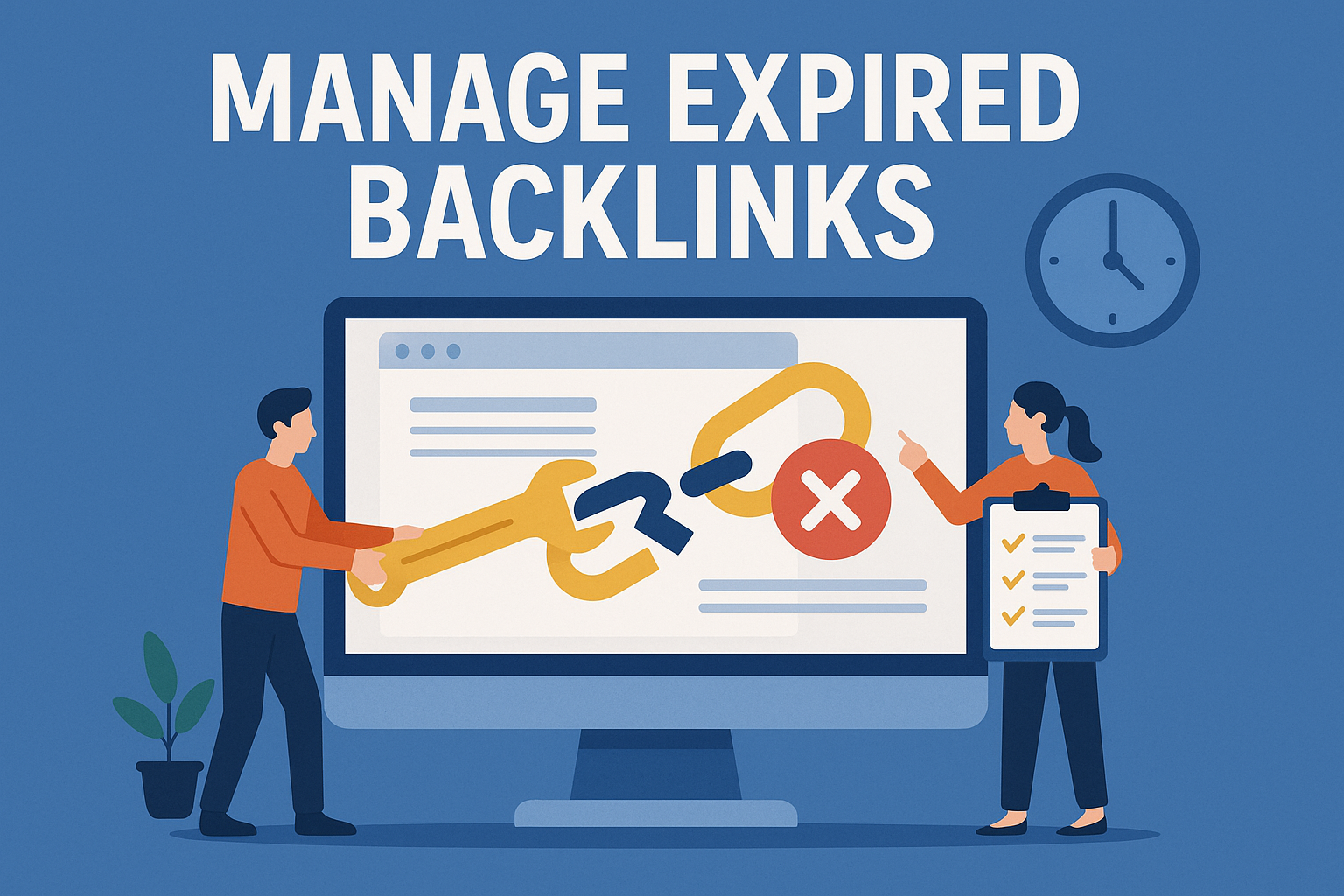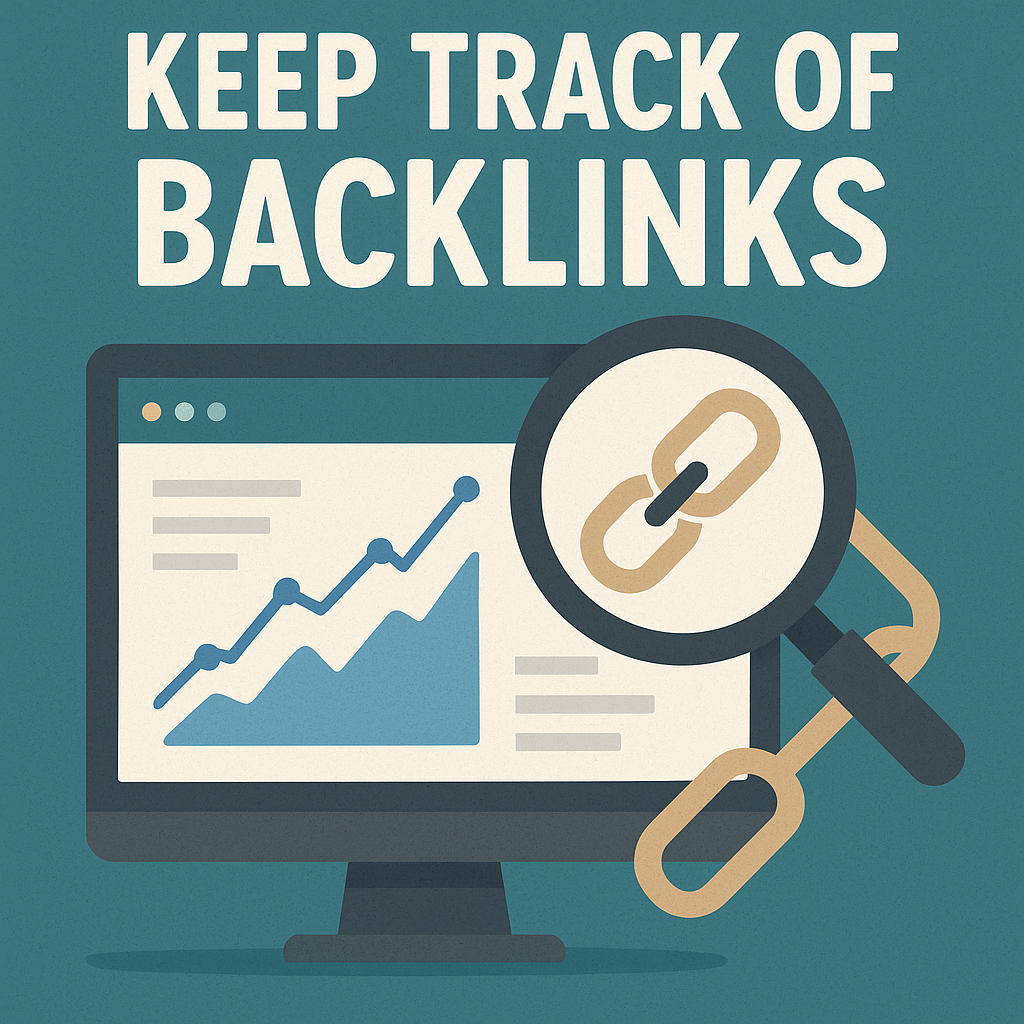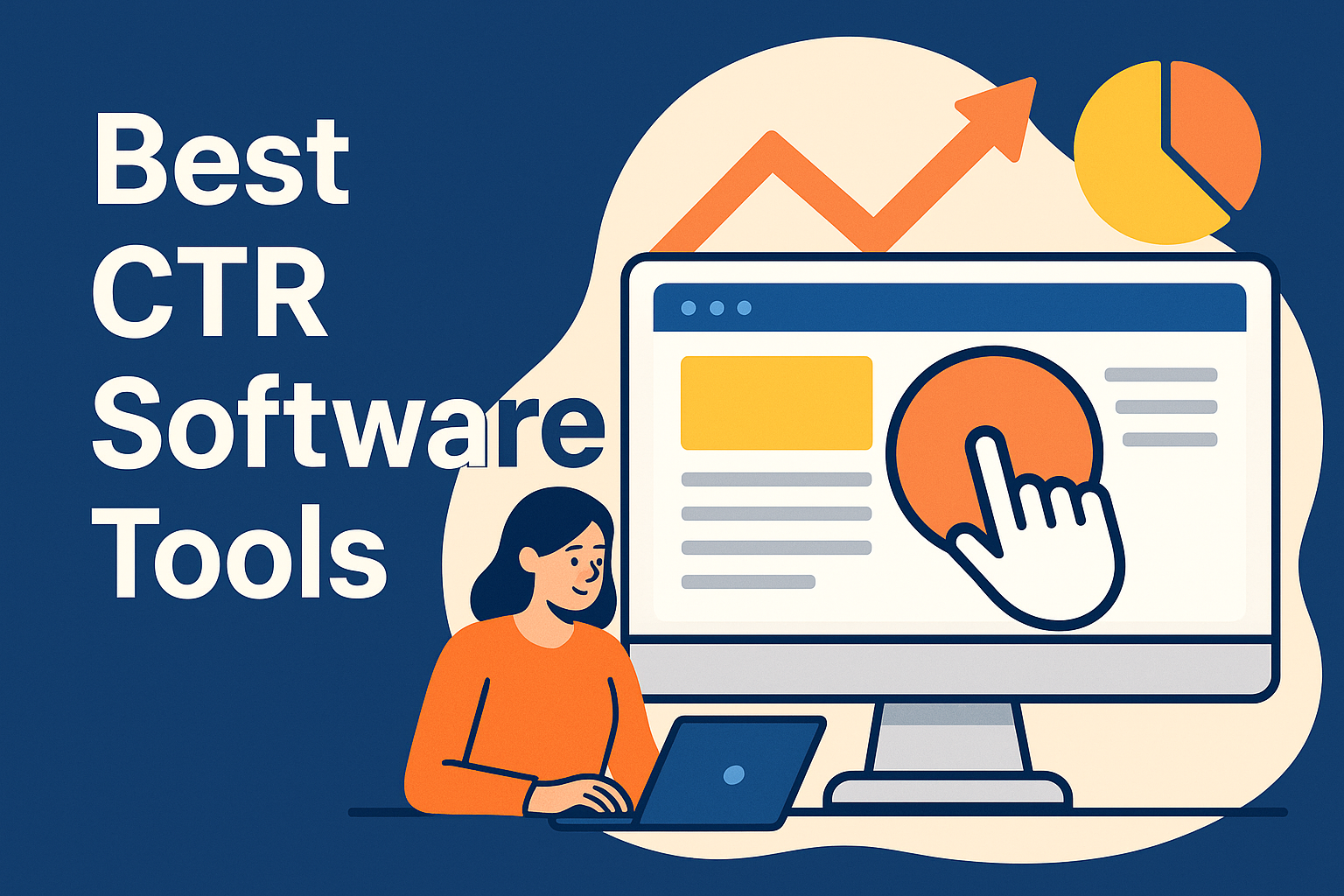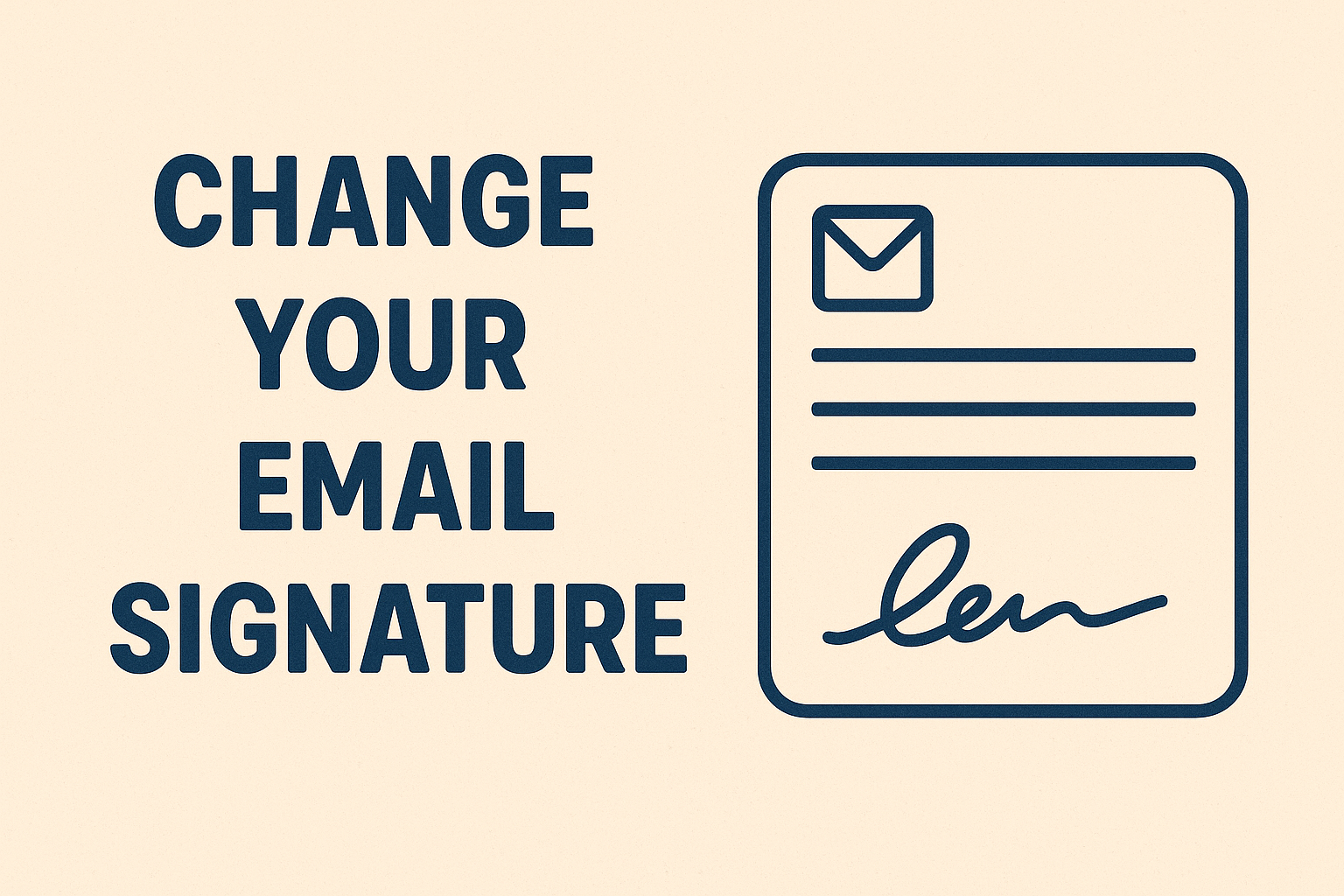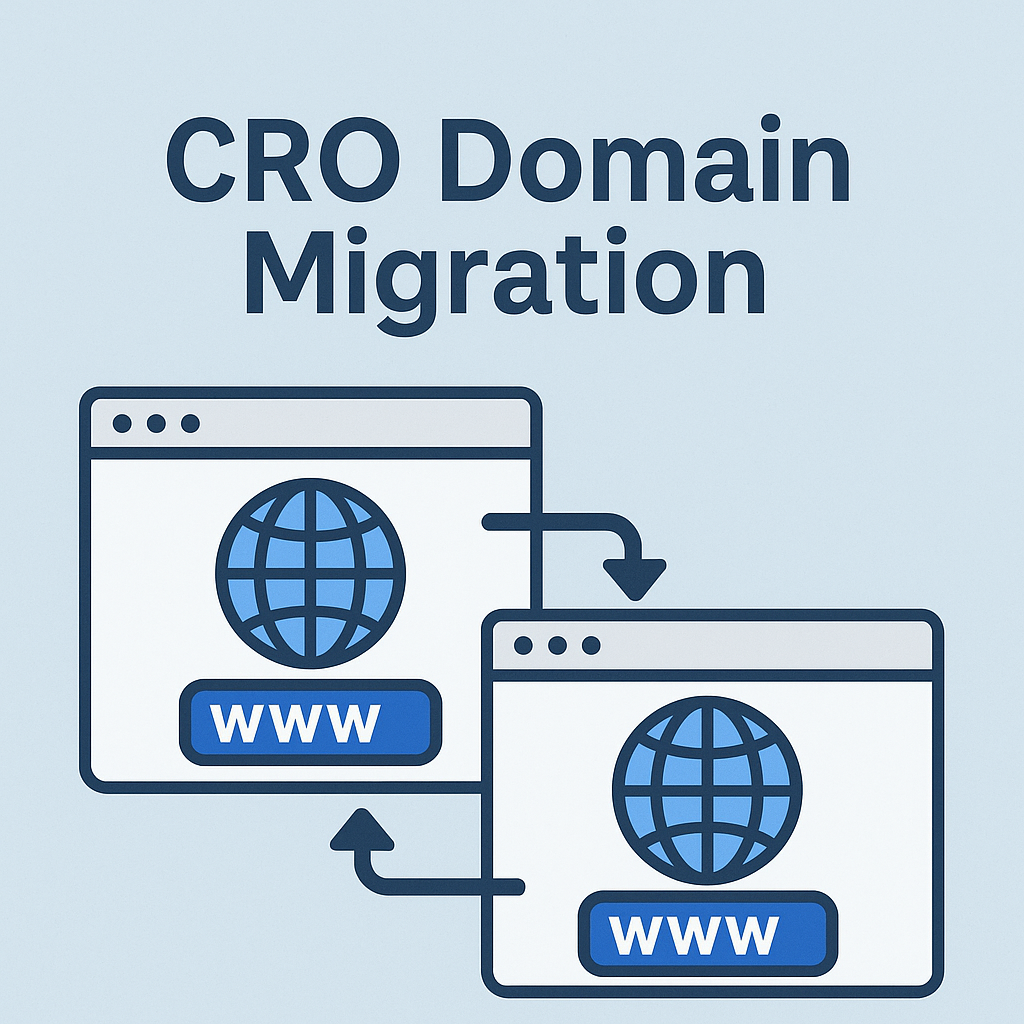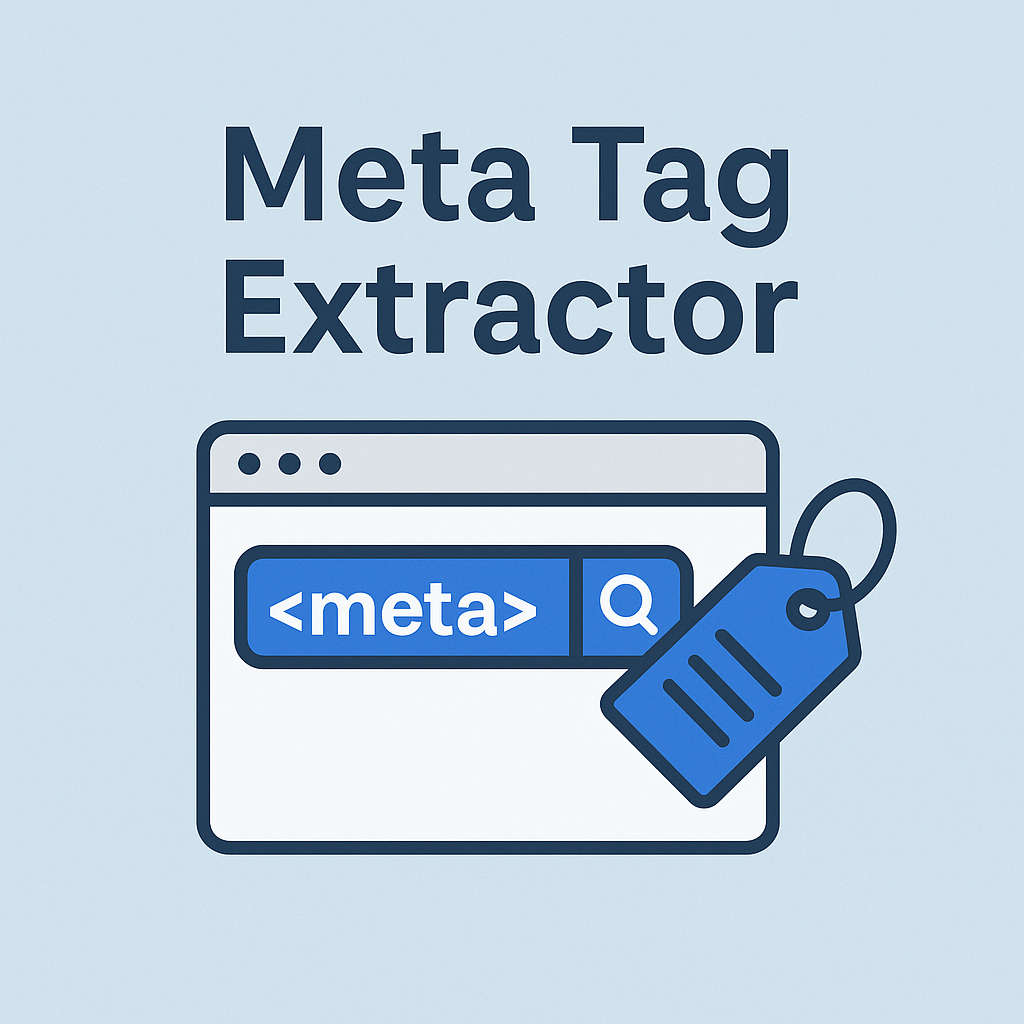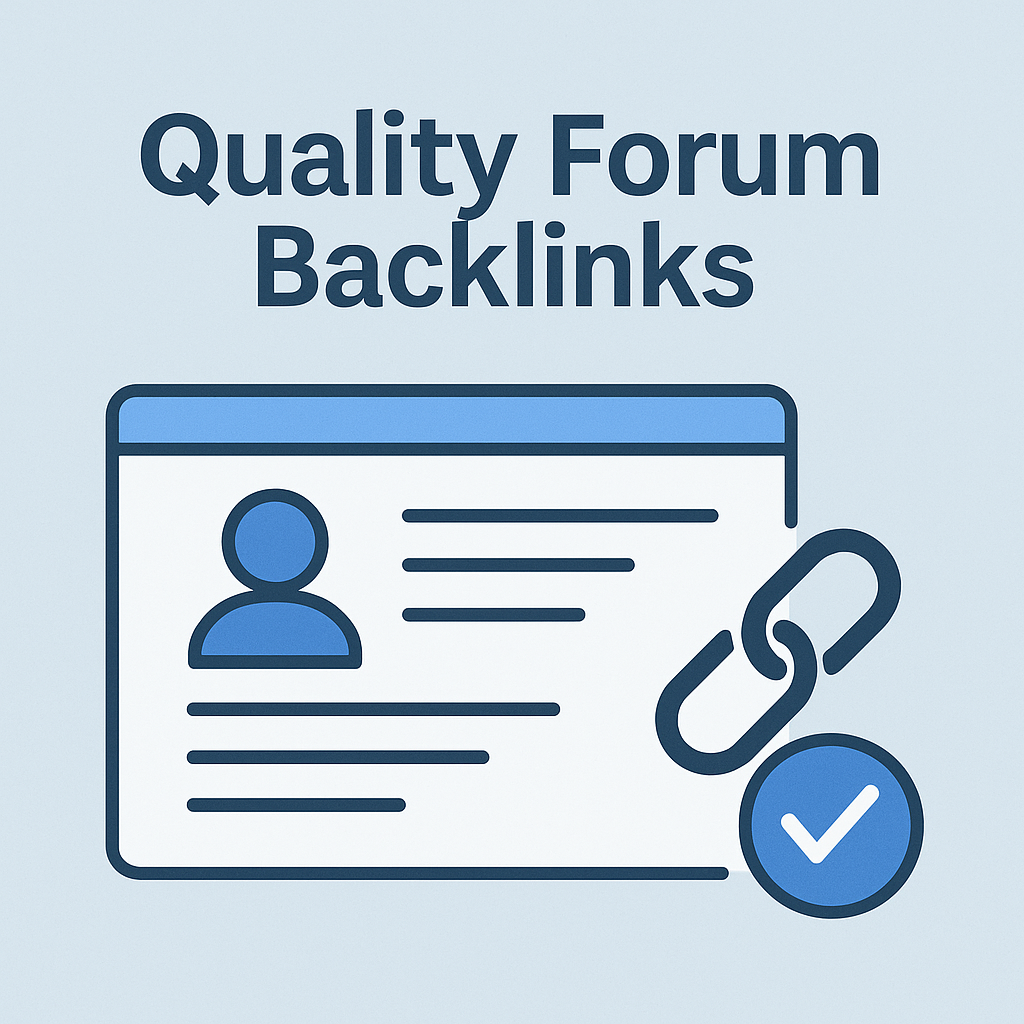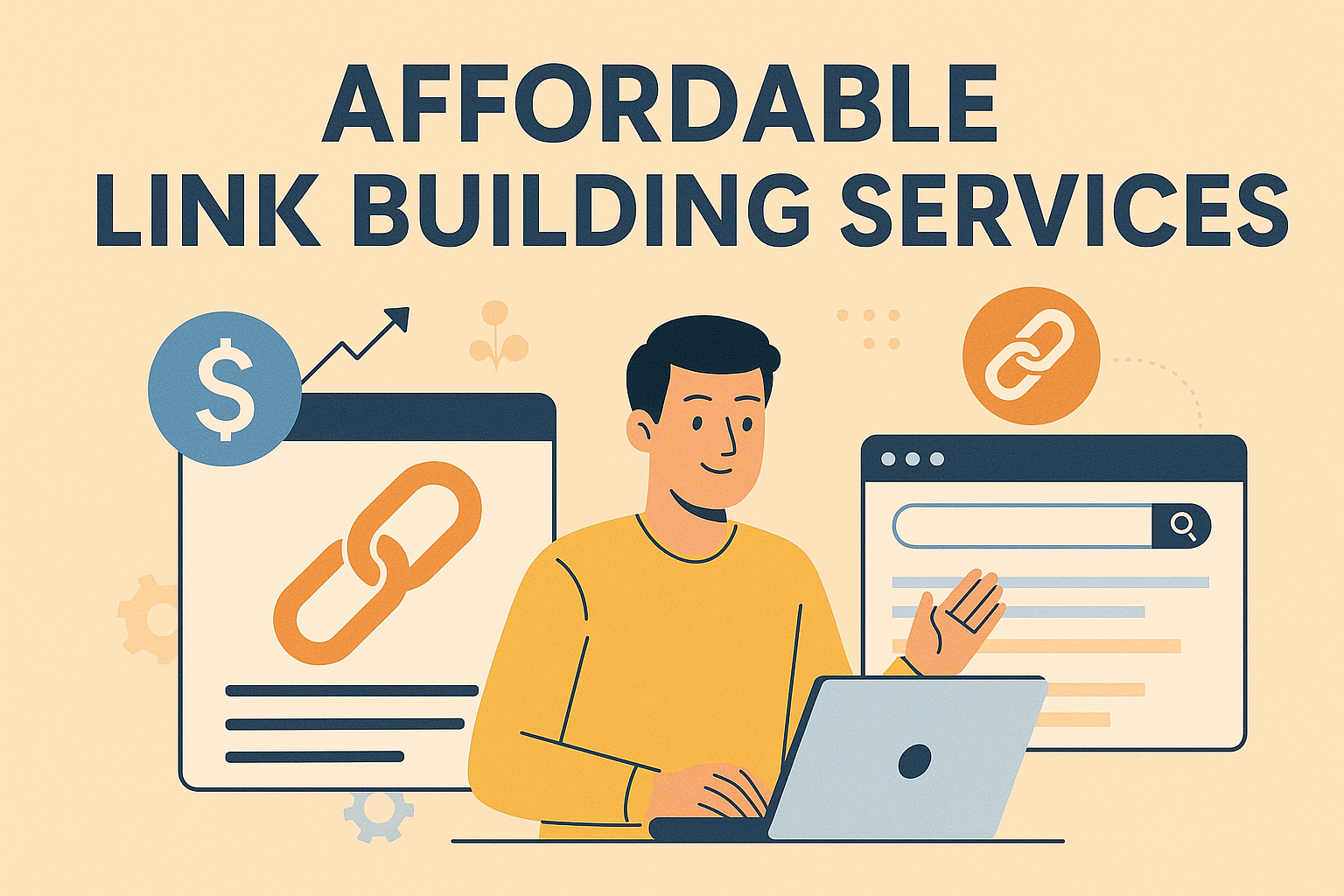The foundation of a strong online presence requires strategic planning. The proven method of building backlinks ethically involves working with other websites together. The approach enhances search engine rankings while following current SEO standards.
The right execution of mutual site partnerships generates beneficial outcomes for all involved parties. A travel blog can establish a partnership with a luggage brand to exchange suitable content. The relationships between partners concentrate on delivering valuable information to visitors through relevant and high-quality content. The evaluation of link quality in exchanges requires anchor text analysis.
After creating your keyword list you need to learn how to transform your research into an effective SEO strategy which produces results.
Websites that maintain trustworthy connections receive higher priority from search engines. Your credibility will increase while avoiding penalties when you concentrate on building natural collaborations that stem from context. The most important factor is selecting appropriate partners instead of focusing solely on the number of partners.
The guide presents platforms which maintain ethical standards to simplify the process. You can discover tools which assist you in creating meaningful connections while maintaining compliance standards. We will examine the correct methods to enhance your digital presence. Link exchanges remain effective in 2025 but do they still work? This article provides a complete analysis of the advantages and disadvantages of link exchanges during 2025.
Key Takeaways
- SEO success becomes achievable through ethical collaborations which prevent penalties from occurring
The quality of links matters more than the quantity in any partnership
Websites derive mutual benefits through content alignment because of joint agreements.
The process of finding reliable platforms for partner acquisition becomes simpler when you trust these platforms.
User value-oriented strategies lead to sustainable business success in the long run.
Link Exchange Strategy Overview
Discovering the best traffic exchange sites helps website owners increase visitor numbers through mutual promotion systems. Learning to find links to my website reveals valuable backlink opportunities and competitor strategies. Building free website links requires strategic outreach and quality content creation.
The freelinksubmitter tool automates directory submissions for basic link building campaigns. Following a keywordspy research system tutorial unlocks competitive intelligence for SEO campaigns. Establishing link posting partners website relationships creates mutually beneficial promotion opportunities.
Understanding reciprocal url listing url suggest link systems helps build relevant link networks efficiently. Monitoring sites linking to my website provides insights into current backlink profiles and growth opportunities. Accessing top 5000 websites free lists identifies high-authority sites for potential outreach campaigns.
Get started with the best traffic exchange today : The process of selecting the best traffic exchange for starting requires thorough assessment because most exchanges generate unproductive traffic that fails to produce conversions. A complete assessment process must be performed to establish relevant reciprocal links exchange partnerships which protect websites from search engine penalties. The search engine guidelines get violated by all CTR manipulation services which serpclix alternatives provide as alternatives. The evaluation of top traffic exchange websites reveals diverse quality standards because most platforms deliver fake visitor traffic that does not help actual businesses.
Web relationships that deliver value create the foundation which modern search success depends on. The modern approach to link building focuses on establishing meaningful partnerships that build credibility and stimulate natural organic growth. This approach selects quality over quantity since each connection needs to serve an explicit purpose.
Our analysis of SurgeGraph’s capabilities demonstrated its role in building topical authority. The practice of swapping links between websites remains a debated SEO tactic which needs proper execution to prevent search engine penalties. The link management tool backlinkmanagement.io enables website owners to monitor their link relationships so they can maintain high standards for reciprocal linking agreements.
If you’re deciding where to publish your content, this side-by-side look at Substack vs. WordPress for creators can help clarify which platform best suits your goals.
A professional business link exchange requires website owners to find relevant high-quality sites operating in the same industry instead of selecting random link farms. The SEO Moz guidelines about reciprocal links show that direct reciprocal links (A→B and B→A) create suspicion while three-way exchanges (A→B→C→A) appear more natural to search engine algorithms. The test feature within Ahrefs Link Intersect helps you discover linking patterns between competitors to establish strategic partnership opportunities.
The evolution of traditional web site link exchange programs moved away from basic directory submissions to establish advanced relationship-building with businesses that complement each other. Search engines now possess the capability to identify manipulative linking schemes so link swapping must focus on relevant connections which deliver value to users above mere quantity. A successful link exchange requires mutual benefits for site visitors across both websites to surpass basic SEO advantages.
Your website authority depends heavily on understanding the essential characteristics of high-quality backlinks.
Learning the Fundamentals of Link Swaps
Digital growth depends on purposeful partnerships as its fundamental building block. The most effective partnerships develop when websites share audiences interested in useful content. The partnership between a cooking blog and a kitchenware brand results in helpful recipe guides.
The tracking functionality of Ahrefs makes it easier to monitor these partnerships. Through domain authority and traffic source analysis the system enables creators to establish equilibrium in their relationships. Analysis of these metrics helps maintain collaborations which are both relevant and compliant with search engine standards.
To avoid Google penalties when exchanging links it is essential to understand the risks while platforms like “backlinkmanagement.io” provide managed link acquisition solutions through free legitimate link posting sites that require thorough evaluation and consulting the Moz Google Algorithm periodic table for ranking factors and avoiding risky social media exchange sites which violate guidelines and implementing substitution – bring her back link strategies for broken link building and being cautious about swapping links arrangements that might trigger penalties and using webkatalog add-link directories for quality instead of quantity.
| Tool | Authority Metrics | Partnership Tracking | Compliance Alerts |
|---|---|---|---|
| Ahrefs | Domain Rating | Backlink History | Spam Score Warnings |
| SEMrush | Authority Score | Referring Domains | Penalty Risk Analysis |
| Moz | Page Authority | Link Intersect | Link Flagging |
Focusing on these fundamentals helps websites avoid common pitfalls. By prioritizing natural connections, creators build lasting authority rather than chasing quick wins. This foundation prepares businesses for exploring advanced partnership methods discussed later in this guide.
If you’re wondering how fast-loading pages impact your SEO, check out our comprehensive post on page speed as an SEO ranking factor.
Fundamentals of Reciprocal Linking
Mutual partnerships in the digital space drive both visibility and credibility. When websites agree to reference each other’s content, they create pathways for audiences to discover valuable resources. This collaborative approach works best when partners share complementary expertise or audiences.
Don’t waste time on spammy exchanges — use our premium link exchange directory.
Understanding 3 way link exchange strategies helps webmasters build diverse backlink profiles without direct reciprocal linking penalties. The more complex 4 way link exchange involves multiple sites creating a linking chain that appears more natural to search engines. Utilizing social exchange sites expands promotional opportunities beyond traditional link building methods.
Implementing a 3-way link exchange strategy requires careful partner selection and relevant niche matching for maximum effectiveness. Building a social exchange website creates platforms for mutual promotion and audience growth. The concept of substitution – bring her back link relates to replacing lost backlinks with new quality sources.
Using a surgegraph ai detector helps identify AI-generated content that could impact SEO performance. Participating in abc link exchange networks connects sites alphabetically or through organized systems for structured link building campaigns.
What Is Reciprocal Linking?
Reciprocal linking involves two sites agreeing to mention each other through contextual references. For example, a fitness blog might feature a nutritionist’s meal plans, while the nutritionist shares workout guides from the blog. These connections thrive when content naturally aligns with both audiences’ interests. A backlink manager helps automate how you handle reciprocal links.
For marketers focused on long-tail SEO strategies, don’t miss our breakdown of the best tools for uncovering low-competition keywords.
Benefits and Risks of Reciprocal Links
Strategic collaborations can boost search rankings and referral traffic. They also help establish domain authority when partners maintain high editorial standards. However, excessive or irrelevant connections trigger search engine penalties. Looking for tools that won’t break the bank? Check out our list of affordable SEO tools that actually deliver.
SEO professionals often explore webkatalog suggest a site opportunities to build their backlink profiles through directory submissions and collaborative platforms. Understanding how to use ahrefs link intersect helps identify common linking patterns between competitors and discover new link building opportunities.
Many marketers use suggest your link webkatalog strategies to submit their websites to relevant directories and increase their online visibility. Developing effective seo link exchange ideas requires understanding reciprocal linking opportunities while maintaining link quality and relevance.
Building one way links free remains a priority for budget-conscious SEO practitioners seeking to improve their domain authority without significant financial investment. Learning from seo link exchange example scenarios helps marketers understand best practices for collaborative linking strategies.
Strategic approaches include backlink+exchange partnerships and identifying best free competitor links to understand successful linking patterns in specific industries. Platforms like googlelink link exchange provide structured environments for finding relevant linking partners.
Understanding how to ask for link exchange requires developing professional outreach strategies and value propositions that benefit both parties. Some marketers explore substitution – bring her back link opportunities as part of their comprehensive link building campaigns.
Additional resources through backlinkmanagement.io and alternative keywordrevealer tools help SEO professionals analyze their link profiles and identify new opportunities. Finding the best free link submitter tools and best site for link building requires evaluating different platforms for quality and relevance.
Tools like domain authority checker loganix help assess potential linking partners, while free content sharing websites provide opportunities for natural link acquisition. Understanding how to do link exchange in seo and implementing link exchange in seo strategies requires balancing relationship building with search engine guidelines.
Professional link exchange seo services can help businesses scale their outreach efforts while maintaining quality standards and compliance with best practices for sustainable link building campaigns.
| Advantages | Potential Risks | Best Practices |
|---|---|---|
| Improved domain authority | Algorithmic penalties | Prioritize relevance checks |
| Targeted audience growth | Spam classification | Limit partnership frequency |
| Enhanced content value | Traffic imbalance | Use SEO audit tools |
The reciprocal strategy gains strength through guest posting because it allows partner sites to receive new viewpoints. A software company uses its tools to create tutorials for a tech blog which the company distributes as guides to its audience. When content marketing teams join forces with partners through strategic partnerships they develop enduring value.
Quality matters most. Organic farms establish credibility for a cooking website through their connection to ingredients that link back to their sources. The links between readers appear natural because they match both human taste and search engine preferences for authentic connections. The Press Whizz alternative link management solution is fully explained in our comprehensive overview.
The current SEO environment maintains ongoing controversy about seo link exchange free methods because search engines now easily identify manipulative reciprocal linking schemes. Search engines consider direct link exchanges between Site A and Site B as manipulative because they result in penalties. A 3 way link exchange pattern functions as a method to hide the exchange by having Site A connect to Site B and Site B connect to Site C before Site C links back to Site A.
The technique of linking between websites is known as link swapping and SEO link exchange strategies function through this method.
The practice of link swapping involves website partners who agree to exchange links for SEO improvement but such practices must be implemented with caution to avoid search engine penalties. The seo company manages these relationships through professional link exchange service which places importance on quality instead of quantity. Seo exchange links describe more than basic reciprocal linking methods. Websites should establish reciprocal links effectively only with relevant sites that have equivalent quality standards. The backlinkmanagement.io tool provides a system to track and manage link relationships.
The four-way link exchange method establishes a circular linking pattern (A→B→C→D→A) which makes search engine detection more challenging. Free link sharing websites establish connections yet their quality levels differ widely. Knowledge of link exchange methods demands an understanding that modern search engines prefer natural one-way links above reciprocal link exchanges. The correct execution of a link exchange demands partner verification alongside relevance evaluation and organic link structure maintenance. The method of linking involves offering value to the network through other channels. Simple seo exchange link arrangements must focus on delivering high-quality content with relevant connections. Professional seo services link exchange offerings maintain relationships through risk reduction measures. Serpclix represents one of several platforms that adopt click-through rate manipulation techniques instead of traditional link exchanges because SEO strategies have moved past basic link swapping.
Websites should establish link exchange partnerships based on relevance and quality rather than focusing on quantity. The creation of genuine relationships through linkable content and guest posting tends to yield more enduring outcomes than automated exchange systems. Although link exchange platforms and apps provide quick results to users Google algorithms detect unnatural linking patterns that may devalue these links or lead to penalties for participating websites. Modern SEO best practices reject link exchanges in favor of earning links through high-quality content development along with digital PR and authentic industry relationship building which produces valuable contextual backlinks.
Identifying High-Quality Link Exchanges
The evaluation process of potential collaborators guarantees mutual growth alongside regulatory compliance. Digital partnerships offer different levels of value to websites since some partnerships help rankings while others lead to penalties. Build relationships that enhance your site authority by focusing on these essential criteria.
This SEO tool’s performance in actual use is thoroughly examined in our extensive SurgeGraph review.
Link Partner Evaluation Requirements
The success of collaborations depends on domain authority which serves as the essential foundation. Websites demonstrate their trustworthiness through the Domain Rating system of Moz and the Authority Score from Ahrefs. Your link partner selection should focus on websites with Domain Ratings that match your own within a 10-15 point range for maintaining equilibrium.
The importance of content relevance equals that of technical scores. The partnership between a gardening blog and landscaping service makes perfect sense. A partnership between gardening services and car dealerships makes no sense. The partnership between the two entities creates confusion for both target audiences and search algorithms.
What are link exchange strategies and tools for SEO?
The backlink management platform ”backlinkmanagement.io” provides better management capabilities for your 3-way link exchange strategy compared to traditional reciprocal linking methods. When seeking free website linking opportunities for free one-way links through free links for websites you need to exercise careful evaluation of both link exchange companies and their links. A seo link exchange tool allows for streamlined operations yet the substitution – bring her back link method together with triangular backlink exchange approaches represent more advanced strategies than direct reciprocal linking which search engines tend to avoid penalizing.
| Evaluation Factor | Ideal Benchmark | Tools to Use |
|---|---|---|
| Traffic Quality | Organic visits >50% | SEMrush Traffic Analytics |
| Content Alignment | Shared keywords/topics | Google Keyword Planner |
| Penalty History | Clean record past 2 years | Google Search Console |
Excessive link swaps without quality checks raise red flags. Search engines use algorithms to detect patterns that suggest manipulation. The number of monthly partnerships should be limited to 2-3 and you should always check the backlink profiles first.
Practical tip: Create a checklist using industry standards. Moz’s Spam Score under 3%? Check. Traffic growth over six months? Verified. This systematic approach saves time while maintaining SEO integrity.
Our Neuraltext review provides a detailed comparison of advanced content tools in real-world SEO applications for those who want to explore these tools. The complete analysis of page speed as a ranking factor can be found in our detailed research.
what is link exchange in seo : Link exchange in SEO functions through mutual agreements between websites which create backlinks to enhance their domain authority and search engine positions. The term best of links describes high-quality backlinks that originate from authoritative sites which deliver genuine user value and simultaneously enhance search engine optimization results.
Mastering Link Exchange Free Strategies
You can find cost-effective digital partnerships by knowing which platforms to use. Help a Reporter Out (HARO) serves as a platform which matches websites with journalists who need expert sources. Your expertise can be showcased naturally through this process while earning editorial mentions.
The filtered search features of NinjaOutreach enable users to find collaborators more easily. Users can search for blogs based on niche topics or domain authority ratings or social media engagement metrics. The selection of partners should focus on those who share your audience rather than those with high metrics because relevance produces superior results. or more context, learn more in our guide on seo budget calculator.
| Tool | Best For | Key Metric | Platform Type |
|---|---|---|---|
| AnswerThePublic | Content gap analysis | Question popularity | Research |
| Google Alerts | Mentions tracking | Brand visibility | Monitoring |
| BuzzStream | Outreach management | Response rates | Communication |
Partnerships achieve equilibrium through relational metrics. Use Google Analytics to track referral traffic ratios because this method allows both sites to gain equal benefits. A 2:1 traffic imbalance during three months indicates that you should renegotiate terms. For more context, learn more in our guide on disavow generator tool.
The combination of genuine relationship-building with these methods produces ethical practices that shine. Participate in meaningful discussions on industry blogs while sharing webinars with brands that match your business. Your digital presence grows organically through these efforts which simultaneously build trust with your audience.
Begin with one high-quality connection since it will naturally generate additional relationships through personal recommendations. The consistent application of zero-cost tactics enables you to build authority while preserving your resources. A backlink manager provides automated management of reciprocal links through its features. Before establishing a partnership with any site you need to understand the potential link exchange mistakes that could occur.
The capabilities of Neuraltext can be compared to other platforms through the provided link. especially if you’re looking to streamline your content workflow.
Preventing Search Engine Penalties through Ethical Exchanges
Search visibility needs constant monitoring to prevent algorithmic scrutiny from affecting your website. Your website gains authority through ethical collaboration while remaining within safe boundaries. Your business should focus on sustainable growth by building partnerships which deliver value to users instead of using shortcuts.
The following detailed article provides a step-by-step guide to maximize your discovered keywords after keyword discovery.
Spotting Red Flags in Digital Partnerships
The practice of exchanging links excessively produces abnormal link patterns. Search engines impose penalties on websites that receive more than 15% of their backlinks through mutual agreements. The real-time backlink ratio tracking feature of Google Search Console allows users to monitor this metric. or more context, learn more in our guide on bing serp checker.
| Practice Type | Risk Level | Recommended Action |
|---|---|---|
| Exact-match anchor text | High | Use varied, natural phrasing |
| Irrelevant partner sites | Medium | Verify content alignment first |
| Rapid link accumulation | Critical | Limit to 2-3 monthly |
Natural integration matters most. Place references where they enhance reader experience—like supporting data sources in research articles. Forced placements in footers or unrelated pages raise suspicion.
Balance growth goals with compliance checks. Monthly audits using SEMrush’s Backlink Audit Tool identify toxic connections. Remove or disavow harmful links within 30 days to mitigate damage.
Long-term success stems from patience. Sites maintaining clean profiles for 18+ months typically see steadier traffic growth. Trust-building through ethical methods outlasts any quick-fix strategy.
Before jumping into content creation, take time to review the essential follow-up steps to keyword research that can significantly boost your rankings.
Natural integration matters most. Research articles should include data source references when they enhance reader experience. The practice of placing content in footers or unrelated pages creates suspicion among readers.
The process of growth requires equal attention to compliance checks. The Backlink Audit Tool from SEMrush performs monthly audits to detect toxic backlinks. The removal or disavowal of harmful links within thirty days helps to reduce potential damage.
The path to long-term success requires patience. Sites which maintain clean profiles for 18+ months tend to experience more consistent traffic growth. The process of building trust through ethical methods will endure longer than any short-term solution.
Before starting content creation work you should dedicate time to review the fundamental follow-up procedures for keyword research which produce substantial ranking improvements.
| Strategy | Audience Growth | Authority Impact |
|---|---|---|
| Case Studies | +28% referral traffic | Boosts domain trust |
| How-To Guides | 42% social shares | Increases expert status |
Focus on solving problems rather than chasing links. A baking blog sharing gluten-free recipes might get featured on health sites. These natural connections satisfy users and algorithms alike.
If you’re considering site redesign, be cautious of technical SEO oversights that can hurt your visibility.
Diversifying Your Backlink Profile with Digital PR
A successful backlink strategy requires diversity which digital PR provides exactly. The acquisition of press coverage and expert collaborations helps you avoid dependence on any particular tactic. The approach develops an organic link network which search engines prefer to reward.
Through strategic outreach you can gain access to authoritative domains. Journalists use credible sources when writing industry reports and trend articles. Your brand becomes a preferred media partner when you provide exclusive data and expert commentary. The current state of manual link building remains a topic of interest. Our analysis compares manual link building to automated link building in a comprehensive study.
| Method | Backlink Source | Content Type | Authority Impact |
|---|---|---|---|
| Digital PR | Media coverage | Original research | High |
| Traditional | Partner sites | Guest posts | Moderate |
Combine these efforts with existing partnership strategies for maximum effect. While guest posts maintain steady connections, media mentions add third-party validation. This balance satisfies algorithmic preferences for diverse reference sources. We’ve seen sites struggle after falling for these link exchange mistakes — learn how to avoid them.
Effective digital PR requires:
- Creating share-worthy assets like industry surveys
- Monitoring news cycles for timely pitching opportunities
- Building journalist relationships through targeted outreach
Brands using both methods see 47% more referral traffic than those relying solely on reciprocal agreements. Track progress using tools like Google Analytics’ Acquisition reports to identify top-performing channels. If you’re exploring more advanced strategies, check out our full guide on using a PBN building service to scale your link network.
Diversification protects against algorithm changes while improving organic visibility. Sites with varied backlink profiles maintain steadier rankings during search engine updates. This resilience makes blended strategies essential for long-term growth.
If you’re evaluating link-building tools, our review of the best Loganix competitors on the market offers a side-by-side breakdown to help inform your decision.
SEO professionals frequently explore swap links opportunities to build their website’s authority through collaborative linking strategies. Many marketers utilize free link sharing sites to discover new linking partners and improve their backlink profiles organically.
Advanced strategies involve suggest link listing url reciprocal url approaches and seo company link exchange partnerships for professional networking. Understanding link exchanges seo principles and reciprocal link in seo moz guidelines helps maintain compliant linking practices.
Strategic approaches include way link exchange networks and seo exchange links for diversified link building campaigns. Resources through site:goodquality-exchange-premium.blog5.net and webkatalog link suggest add provide platform-specific opportunities.
Directory submissions include webkatalog suggest link and seo services link exchange for structured linking opportunities. Platform-specific tools like webkatalog link suggest and add link exchange help streamline the submission process.
Advanced techniques include one way link exchange and way link exchange for varied linking strategies. Technical approaches involve backlinks+exchange and free link sharing websites for comprehensive outreach campaigns.
Educational content covers how to do a link exchange and seo link exchange free for budget-conscious strategies. Resource discovery includes free link share site and free one way links for cost-effective link building.
Platform tools include link exchange system and google link exchange for organized campaigns. Mobile solutions involve seo link exchange app and seo link exchange tool for on-the-go management.
Alternative terminology includes link+swapping and moz google algorithm periodic table for understanding search engine dynamics. Professional networking involves links link exchange and test ahrefs link intersect for competitive analysis.
Advanced strategies include triangular backlink exchange and how link exchange works for comprehensive understanding. Professional approaches involve search engine optimization link exchange and seo exchange link for strategic planning.
Directory approaches include suggest link listing url reciprocal url and rand fishkin insights for industry expertise. Technical methods involve direct link exchange and webkatalog add url for specific platform targeting.
Strategic planning includes -way link exchange strategy and automated link exchange for scalable campaigns. Partnership development involves exchange reciprocal links and free links for websites for mutual benefit arrangements.
Business networking includes business link exchange and link exchange google penalty awareness for risk management. Service platforms include link exchange links and link exchange service for professional assistance.
Professional services encompass link exchange services and substitution – bring her back link for specialized campaigns. Alternative platforms include websites like serpclix and what is link exchange for comprehensive understanding.
Resource discovery involves link posting sites and backlinkmanagement.io for specialized tools. Technical analysis includes find sites that link to a site and free links to my website for competitive research.
Resource acquisition includes free links to your website and freelink for budget-friendly options. Professional services involve link exchange company and site:backlinkmanagement.io for specialized assistance.
Alternative platforms include sites like serpclix and social media exchange sites for diverse linking opportunities. Finally, top websites free provides access to high-authority linking opportunities for comprehensive link building campaigns.
Assessing Link Quality and Domain Authority
Effective website growth relies on data-driven partner evaluations. Professional tools eliminate guesswork by providing clear metrics for assessing credibility. These resources help creators build sustainable campaigns while avoiding low-value connections. For a comprehensive solution that streamlines backlink discovery, outreach, and monitoring, consider utilizing BacklinkManagement.io’s all-in-one SEO platform.
Building a directory link exchange network helps websites in similar niches share valuable backlinks for mutual SEO benefit. Exploring free traffic exchanges provides budget-friendly visitor generation though quality and conversion rates vary significantly. Accessing keywordspy research system login unlocks competitor analysis tools for strategic keyword planning. Understanding keywordspy research system pricing helps budget for professional competitive intelligence and PPC research capabilities.
Tools and Techniques for Verification
Ahrefs and Moz lead the industry with comprehensive analysis features. Their Domain Rating and Spam Score metrics reveal a website’s trustworthiness at a glance. For example, partners scoring above DR 40 in Ahrefs typically deliver better referral traffic.
| Tool | Key Metric | Best Use | Pricing Tier |
|---|---|---|---|
| Ahrefs | URL Rating | Competitor backlink analysis | Premium |
| Moz Pro | Spam Score | Risk assessment | Standard |
| SEMrush | Authority Score | Content gap identification | Business |
A tech blog recently boosted organic traffic by 38% using these methods. They filtered partners using Moz’s Link Explorer, focusing on sites with Spam Scores below 2%. Monthly audits ensured maintained quality across all collaborations. For more context, learn more in our guide on backlink indexing tool.
Regular monitoring prevents campaign decay. Set quarterly reviews to check referral sources and domain authority shifts. Tools like Google Search Console send automatic alerts for sudden changes.
Integrate these practices into your website strategy. Consistent verification builds lasting authority and improves search performance over time.
Curious about how website traffic influences your SEO strategy? Check out this in-depth guide on why website traffic is important to see how it can transform your online presence.
link to exchange : Webmasters join link exchange forum to establish mutual backlinking partnerships and discuss SEO strategies. Webmasters must perform thorough evaluation to establish link exchange relationships because it helps prevent penalty risks. The web development link exchange community provides technical resources to members while working to build domain authority. The a-b-c link exchange method creates natural-looking triangular link patterns that surpass the appearance of direct reciprocal links.
sites linking to my website : The substitution method of backlink replacement involves finding equivalent alternatives to replace lost backlinks. The abc link exchanges network arranges websites alphabetically to create a structured approach for link development. The process of finding link exchange sites requires matching websites to relevant niches to maximize SEO benefits. The sites linking to my website provide current backlink information which helps me track profile development and potential growth areas.
Discovering Potential Link Partners and Opportunities
Finding the right collaborators starts with a clear roadmap. Begin by mapping your niche’s digital landscape. Identify websites that share your audience’s interests but aren’t direct competitors. Tools like Google’s “related:” search operator reveal similar domains quickly.
Industry directories offer curated lists of credible platforms. For example, a pet supply store might explore veterinary associations or training blogs through platforms like AllBusiness. These resources filter options by relevance, saving hours of manual research.
Targeted marketing sharpens your discovery process. Monitor social media groups where industry leaders interact. Engage in discussions to spot active collaborators organically. A gardening blog could join Facebook communities about sustainable living to connect with eco-friendly brands.
Successful outreach campaigns follow a precise strategy:
- Personalize connection requests with specific content compliments
- Highlight mutual benefits like audience expansion
- Propose collaboration formats (guest articles, resource guides)
One tech startup boosted referrals by 65% using this approach. They partnered with coding education platforms, co-creating tutorials that linked to each other’s tools. Shared expertise built trust while driving measurable traffic growth.
If you’re new to SEO tools, our article on navigating keyword research platforms efficiently is a great place to start.
submit link exchange :
The process of finding free guest posting sites for backlinks enables domain authority growth through submitting quality content to appropriate platforms. The process of submitting link exchange requests demands creating customized outreach messages which show mutual benefits. The selection of top traffic exchange sites leads to increased visitor numbers yet their quality levels differ substantially between platforms, website with links to other websites creates resource pages which deliver value while fostering relationships.
why link exchange : The understanding of link exchange value demonstrates how proper reciprocal linking creates better SEO results through appropriate connections.
The evaluation of best traffic exchange websites for discovery purposes needs to consider quality metrics that extend past basic visitor counts to measure meaningful engagement. The concept of substitution – bring her back link requires replacing lost backlinks with equivalent or better alternatives. Link add webkatalog submissions enable directory listings that target German-speaking markets. The ethical implementation of linked exchange networks enables websites to establish beneficial reciprocal relationships with all participants.
Effective Link Exchange Campaign Management
Strategic collaboration campaigns thrive on careful preparation and adaptability. Studies show businesses with structured approaches see 72% higher engagement than those relying on random partnerships. This process combines data analysis with relationship-building to achieve measurable growth.
online link exchange : Online link exchange networks enable websites to connect through backlinking strategies which generate mutual SEO advantages. A proper evaluation of link exchange offers depends on website relevance and domain authority and niche alignment to prevent penalties and achieve maximum value from reciprocal linking arrangements.
For those evaluating SEO platforms with a strong emphasis on usability and results-driven features, our review of the top-rated SearchAtlas alternative offers a comprehensive breakdown.
Planning and Executing Campaigns
Start by defining clear goals. Do you want to boost rankings for specific keywords or increase referral traffic? Align these objectives with partner capabilities. A skincare brand might target beauty blogs that rank for “organic skincare routines.” Want a vendor-free link outreach tool?
| Campaign Phase | Key Actions | Success Metrics |
|---|---|---|
| Research | Identify 10-15 relevant partners | Domain authority scores |
| Outreach | Personalized partnership proposals | Response rate >25% |
| Tracking | Monthly performance reviews | Organic traffic growth |
Set realistic timelines using the SMART framework. For example: “Increase referral visits by 15% within 90 days through three quality collaborations.” Tools like Trello help visualize progress across multiple projects.
| KPI Type | Measurement Tool | Adjustment Strategy |
|---|---|---|
| Traffic Quality | Google Analytics | Update content focus areas |
| Ranking Shifts | SEMrush Position Tracking | Optimize anchor text diversity |
Regular check-ins maintain partnership value. Share performance reports showing mutual benefits. If one site gains more traffic, propose content updates to balance the way both parties benefit.
Adaptation proves crucial. One marketing agency improved rankings by 40% after switching from manual tracking to automated dashboards. Their secret? Quarterly strategy reviews using real-time data.
To enhance your understanding of why B2B companies are prioritizing valuable content over traditional ads, explore the insights in our article on why content marketing is important for B2B.
Harnessing Social Platforms for Link Outreach
Digital marketers increasingly leverage social networks to forge valuable professional connections. These platforms host vibrant communities where experts share resources and discuss industry trends. Strategic participation here builds relationships that naturally enhance online visibility.
If you’re exploring tools beyond SearchAtlas, this guide to a more scalable and intuitive solution could help streamline your decision-making process.
Quick Common Asked Question and Answer
What is a blog exchange link and how does internet link exchange work?
A blog exchange link is when two bloggers agree to link to each other’s content to improve visibility and SEO. This type of internet link exchange can drive referral traffic and boost domain authority when done with relevant, trustworthy partners. However, excessive or low-quality link exchange blogs practices can be risky and may lead to search engine penalties if perceived as manipulative. Always prioritize relevance and value when exchanging links.
Where Collaboration Conversations Thrive
Facebook Groups like “Content Marketing Pros” buzz with partnership opportunities. LinkedIn communities focused on SEO strategies often feature threads about content collaborations. Slack workspaces such as Growth Hackers provide dedicated channels for sharing expertise.
A polished profile serves as your digital introduction. Highlight niche skills and past successful partnerships in your bio. Profiles with portfolio links receive 73% more serious inquiries according to recent social media studies. backlinks exchange
Engage meaningfully before making requests:
- Share actionable tips in group discussions
- Comment thoughtfully on others’ content
- Identify members seeking guest contributors
Brands active in three or more communities see 40% faster authority growth. Consistent participation establishes credibility while exposing your content to new audiences organically. Internal links can be just as valuable—find internal links to a page to supplement your exchange strategy.
In our comparison of SEO suites, we highlighted a powerful SearchAtlas competitor that stands out for its backlink intelligence and user-friendly interface.
Insider Case Studies and Success Stories
An outdoor gear retailer boosted organic traffic by 62% through strategic collaborations. They partnered with adventure travel blogs to create trail guides featuring their products. This approach prioritized content relevance while addressing common partnership challenges.
| Website | Strategy | Key Challenge | Result |
|---|---|---|---|
| Outdoor Retailer | Co-created hiking resources | Initial traffic imbalance | 38% referral increase |
| Finance News Site | Expert roundtable discussions | Niche authority gaps | 22% DA improvement |
| Skincare Brand | Scientific research partnerships | Content credibility issues | #3 ranking for target keywords |
A finance platform overcame authority gaps by hosting expert discussions. They invited economists from partner institutions to analyze market trends. This collaborative content earned 14 editorial mentions from .gov domains within six months.
Natural skincare company PureGlow solved credibility challenges through clinical partnerships. By co-publishing research with dermatologists, they transformed product pages into trusted resources. Their serum guide now ranks for 72 high-value keywords.
These examples prove strategic alignment drives success. Each team focused on audience needs first, letting partnerships develop organically. Regular audits using Moz ensured compliance with evolving search guidelines.
Key lessons from top performers:
- Align content missions before technical negotiations
- Use Ahrefs to verify partner content quality
- Limit collaborations to 3-5 quarterly for sustainability
Leveraging SEO Tools and Analytics for Link Building
Data-driven strategies separate thriving websites from stagnant ones in today’s competitive digital landscape. Professional tools transform guesswork into measurable growth by tracking every partnership’s impact. These resources help creators refine campaigns while maintaining compliance with evolving search guidelines.
When it comes to link management tools, opting for a robust alternative to SearchAtlas can make a significant impact on your long-term SEO strategy.
Understanding reciprocal building link exchange involves creating mutual backlink agreements between websites to boost SEO, though this practice requires careful implementation to avoid search engine penalties while ensuring both sites benefit from relevant, quality links.
Quick Common Asked Question and Answer
What is a backlink exchange network and how does it affect SEO?
A backlink exchange network is a group of websites that agree to link to each other to boost rankings. While link exchange SEO can provide quick wins, excessive or irrelevant linking may violate Google’s guidelines and harm your rankings. A website link exchange should be done cautiously, ensuring links are relevant, high-quality, and add value to users—otherwise, it may be flagged as manipulative.
Can I exchange backlinks using BacklinkManagement.io and how does it compare to SEO link exchange software?
Yes, BacklinkManagement.io helps you track and manage backlink exchanges more efficiently than traditional SEO link exchange software. Instead of risky automated swaps, it supports relationship-based outreach—allowing you to exchange backlinks with transparency and oversight.
What are the best link sharing websites and how can I exchange links with your site securely?
The best link sharing websites are those that prioritize niche relevance and domain quality. If you’re looking to exchange links with your site safely, BacklinkManagement.io provides the tools to monitor placements, confirm live links, and avoid spammy partnerships.
Optimizing Campaigns With Actionable Insights
Ahrefs’ Backlink Analytics reveals which partnerships drive results. Track new referring domains, anchor text diversity, and traffic trends across campaigns. Pair this with SEMrush’s Position Tracking to monitor keyword movements tied to collaborations. If you’re looking for a more scalable way to build links, try our backlink management tool to automate outreach and track opportunities.
| Tool | Primary Use | Key Metric |
|---|---|---|
| Ahrefs | Backlink Growth | Referring Domains |
| Google Analytics | Traffic Sources | Session Duration |
| SEMrush | Keyword Impact | Ranking Changes |
Analytics highlight patterns that manual reviews miss. A 20% drop in referral traffic might signal outdated content or shifting audience interests. exchange back link Use these insights to update resource pages or adjust partnership criteria.
Practical steps for integrating tools:
- Run weekly audits of new backlinks
- Set benchmarks for traffic quality
- Compare partner performance quarterly
Building trust with site owners requires transparency. Share performance reports showing how collaborations benefit both parties. Tools like HubSpot CRM help track communication history and partnership terms.
Focus on relationships where data confirms mutual value. If one site gains 300 monthly visitors from a partnership while the other gets 50, propose content adjustments. Balanced growth ensures long-term cooperation between owners.
Agencies looking for advanced reporting and automation features should consider this feature-rich SearchAtlas replacement designed to support growing SEO teams.
Building Long-Term Relationships with Link Builders
Sustainable growth in digital spaces thrives on trust-based professional connections. Cultivating partnerships with creators who value ethical practices creates lasting SEO advantages. These collaborations evolve beyond transactional interactions into mutually beneficial alliances.
Working with guest contributors who share your quality standards ensures consistent content alignment. A skincare brand collaborating with dermatologists for two years saw 89% higher engagement than short-term partners. Shared goals and editorial guidelines maintain relevance across campaigns.
| Long-Term Benefits | One-Off Risks |
|---|---|
| Consistent referral traffic | Spike-and-drop patterns |
| Shared audience insights | Limited data sharing |
| Algorithm trust signals | Higher spam risks |
Nurture relationships through regular check-ins and performance reviews. A gardening community grew 1,200% by hosting monthly strategy calls with members from eco-friendly brands. Celebrate shared wins to reinforce partnership value.
Case studies reveal sustained success when teams prioritize collaboration depth. One tech blog maintained top rankings for 27 months through three core partnerships. Their secret? Quarterly content audits and joint resource updates with trusted guest experts.
Focus on partners who innovate within industry practices. A travel agency’s 18-month collaboration with local guides produced evergreen content earning 14K annual visits. Shared growth metrics and transparent communication fueled this achievement.
To explore more ways to streamline your SEO audits, check out our breakdown of SEO PowerSuite’s robust backlink checker features.
Best Practices for Ongoing Link Exchange Success
Sustainable digital growth requires adapting to changing search landscapes while maintaining core principles. Professionals who refine their strategies while upholding ethical standards consistently outperform competitors. Let’s break down actionable methods for lasting impact. To ensure a seamless transition without losing valuable traffic, check out our tips on effective CRO domain migration strategies.
Essential Maintenance Checklist:
- Audit partnerships quarterly using tools like Google Search Console
- Balance anchor text ratios (branded vs. keyword-focused)
- Update outdated content referenced by collaborators
Continuous monitoring prevents strategy decay. Search algorithms evolve constantly—what worked last year might now trigger penalties. Tools like Ahrefs’ alerts notify teams about sudden traffic drops or new toxic backlinks.
| Monitoring Tool | Primary Function | Ideal Frequency |
|---|---|---|
| Google Analytics | Traffic source analysis | Weekly |
| SEMrush Sensor | Algorithm update tracking | Daily |
Set measurable goals aligned with business objectives. Aim for gradual improvements like 10% quarterly growth in referral traffic rather than unrealistic spikes. Track progress through shared dashboards to maintain accountability with partners.
Stay informed through credible sources:
- Subscribe to Google’s Search Central blog
-
To understand how ClosersCopy’s long-form content generation performs in real-world scenarios, check out our hands-on test results and performance metrics.
- Attend webinars hosted by industry builders
Ethical linking practices build lasting authority. Prioritize relationships where both parties enhance user experience through relevant, naturally placed references. This approach withstands algorithm changes while fostering trust with audiences.
To ensure your styling doesn’t inadvertently hinder search visibility, it’s worth reviewing these effective CSS rules for SEO that align design with discoverability.
Enhance your understanding of advanced link-building strategies with our comprehensive guide on tiered link building, a key technique to strengthen your site’s SEO performance.
Conclusion
The search for best link exchanges depends on evaluating websites based on their relevance to your content and their authority level and their niche compatibility to maximize search engine optimization benefits. The promise of 5000 free backlinking delivers large numbers of links but usually produces low-quality connections which could endanger your website. The search for best free traffic exchange sites requires evaluation of visitor numbers and actual user engagement and conversion performance. Free traffic exchange websites generate short-term visitor growth but they fail to produce sustainable business outcomes.
sites linking to my site : Analyzing backlinks to your site through analytics tools helps you track your backlink profile health while showing you which links to focus on for quality building instead of pursuing quantity-based strategies.
Sustainable SEO success hinges on balancing visibility goals with ethical web practices. Prioritizing quality partnerships over shortcuts protects your site from penalties while building lasting authority. Remember: relevance and user value always outweigh quantity in digital collaborations.
When optimizing site speed and usability, integrating CSS techniques that support SEO can make a substantial difference in performance metrics.
Guest articles and data-driven PR remain powerful tools for earning natural mentions. These methods align with search algorithms’ preference for authentic, audience-focused content. Pair them with tools like Ahrefs to verify partner credibility and track campaign performance.
Successful strategies thrive on three pillars:
- Regular audits to maintain balanced backlink profiles
- Diverse anchor text that mirrors natural language patterns
- Transparent communication with collaborators
As search guidelines evolve, staying informed through trusted resources like Google’s Search Central blog becomes crucial. Approach partnerships cautiously—measure outcomes quarterly and adjust tactics as needed.
By implementing these principles, you’ll create a web presence that withstands algorithm updates and drives steady growth. Start small, think long-term, and let ethical practices guide your path forward.
To explore more ways to streamline your SEO audits, check out our breakdown of SEO PowerSuite’s robust backlink checker features.
What is a link exchange strategy?
How do reciprocal links benefit my website?
What criteria define a high-quality link partner?
How can I avoid penalties during link exchanges?
Can guest posting improve my backlink strategy?
What tools help assess link quality effectively?
Are social platforms useful for finding link opportunities?
How do I maintain long-term link-building relationships?
What’s the best way to diversify my backlink profile?
Why is content marketing crucial for backlink success?
Where can I find reliable free backlink exchange platforms to boost my website’s SEO?
Finding trustworthy free backlink exchange platforms can significantly enhance your site’s domain authority when used ethically. Look for free link exchange websites that focus on quality and relevance within your niche to avoid penalties. These platforms often facilitate link exchange collaboration between site owners, helping you grow your backlink profile through mutual benefit. When choosing link exchange sites for free, prioritize those with clear guidelines and spam protection to maintain SEO integrity.
Is using a backlink exchange free service safe for improving search rankings?
A backlink exchange free service can be beneficial if approached strategically and used within search engine guidelines. Engage in link exchange collaboration with reputable websites in your industry, and avoid excessive or irrelevant exchanges that could trigger penalties. Leveraging free backlink exchange tools or directories can complement your SEO strategy when combined with high-quality content and organic link-building practices found on reputable free link exchange websites and link exchange sites for free.
Where can I find a reliable free link exchange sites list to boost my blog traffic?
A: If you’re looking to grow your online presence, starting with a trustworthy free link exchange sites list is essential. Many platforms offer free link exchange sites that cater specifically to niche blogs and websites. Engaging in a blog link exchange helps you connect with similar content creators, while joining a free link exchange program ensures ongoing visibility. Look for communities that promote free links exchange ethically and check out the top link exchange sites to get started with high-quality partnerships.
How do free link exchange programs benefit bloggers and website owners?
A: Participating in a free link exchange program can significantly improve your site’s SEO by increasing backlinks through platforms listed on a free link exchange sites list. For bloggers, a well-structured blog link exchange can attract niche traffic and improve authority. Be sure to choose free link exchange sites that maintain quality standards, and explore free links exchange opportunities in your industry. To maximize results, stick with the top link exchange sites that have a strong reputation.
What should I consider before joining a free link exchange network?
A: Before signing up with any platform from a free link exchange sites list, it’s important to evaluate the site’s domain authority and relevance to your niche. Opt for free link exchange sites that vet their members, especially when engaging in blog link exchange to avoid spammy backlinks. A reliable free link exchange program should offer transparency and performance tracking. Also, check if the free links exchange network aligns with your goals and includes some of the top link exchange sites in your category.
What are backlink exchange sites and how does Link Laboratory guest post exchange work?
Backlink exchange sites are platforms where website owners trade links to improve SEO and domain authority. These sites often allow manual or automated exchanges based on niche relevance. The Link Laboratory guest post exchange is a more curated approach, enabling users to contribute content in return for backlinks on relevant blogs—offering a safer and more strategic alternative to traditional link swaps.
What are the core features of the Presswhizz link building platform?
The Presswhizz link building platform features streamlined outreach tools, real-time backlink tracking, domain quality metrics, and integration with top SEO platforms. It’s designed to simplify link acquisition while maintaining high standards for domain authority and relevance.
How effective is a web link exchange for SEO growth today?
A web link exchange can still offer SEO benefits when done responsibly and with relevant partners. However, excessive or low-quality exchanges can trigger penalties. Focus on exchanging links with sites that are topically aligned and have strong authority to maintain value.
Exchanging links with other websites can help with SEO if done naturally and sparingly. When the exchange of links is relevant, from high-quality sites, and not part of a link scheme, it may boost authority—though overuse can trigger search engine penalties.
KeywordRevealer alternative tools include platforms like Ubersuggest, Ahrefs, and LowFruits—offering similar keyword research, competition analysis, and SEO suggestions with varying pricing and feature depth.


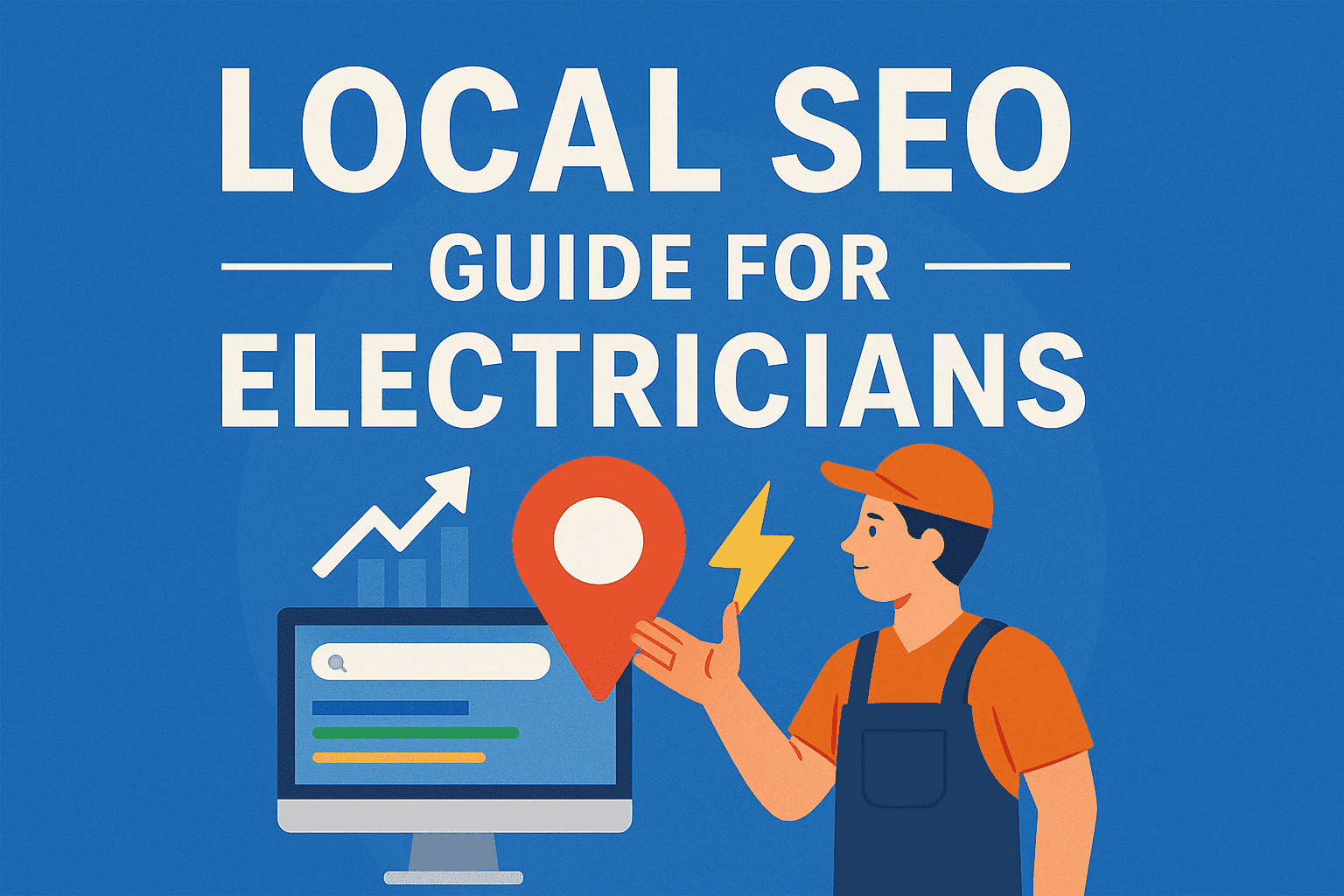
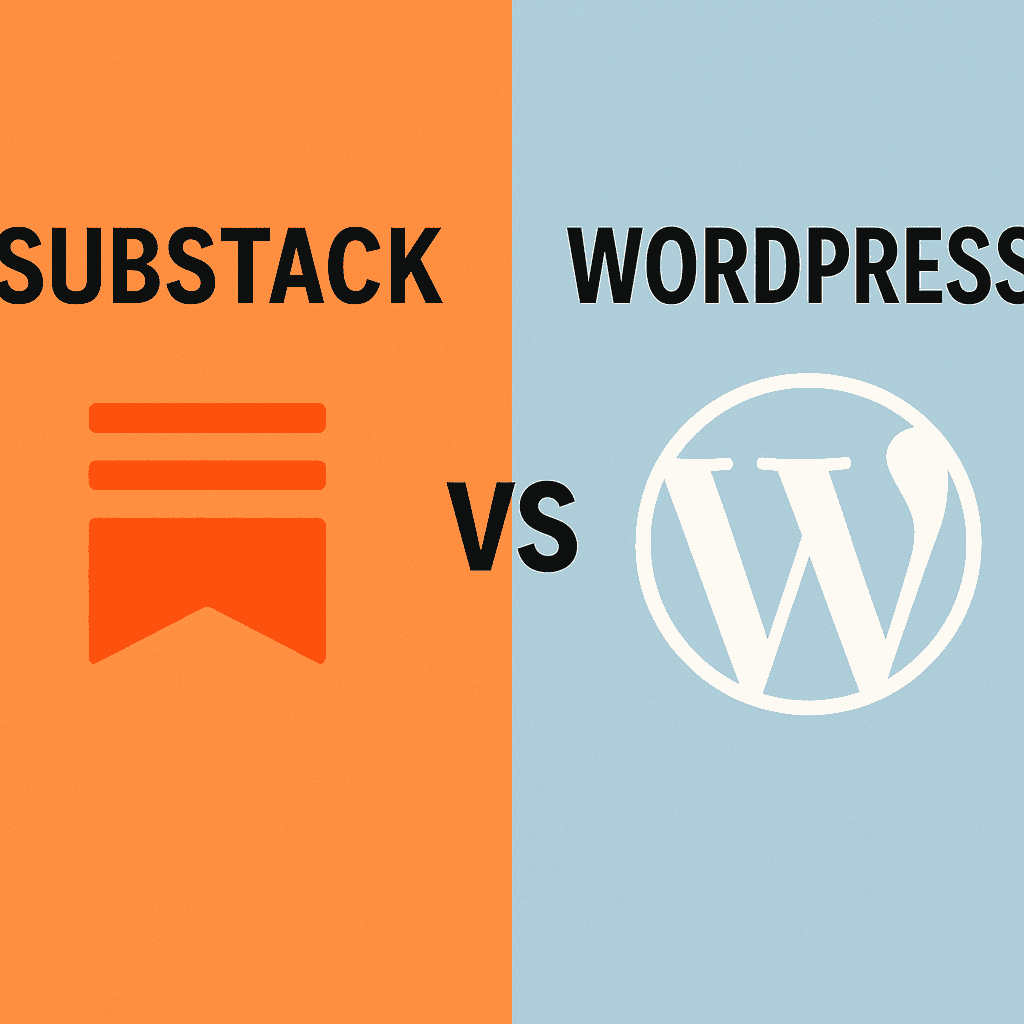

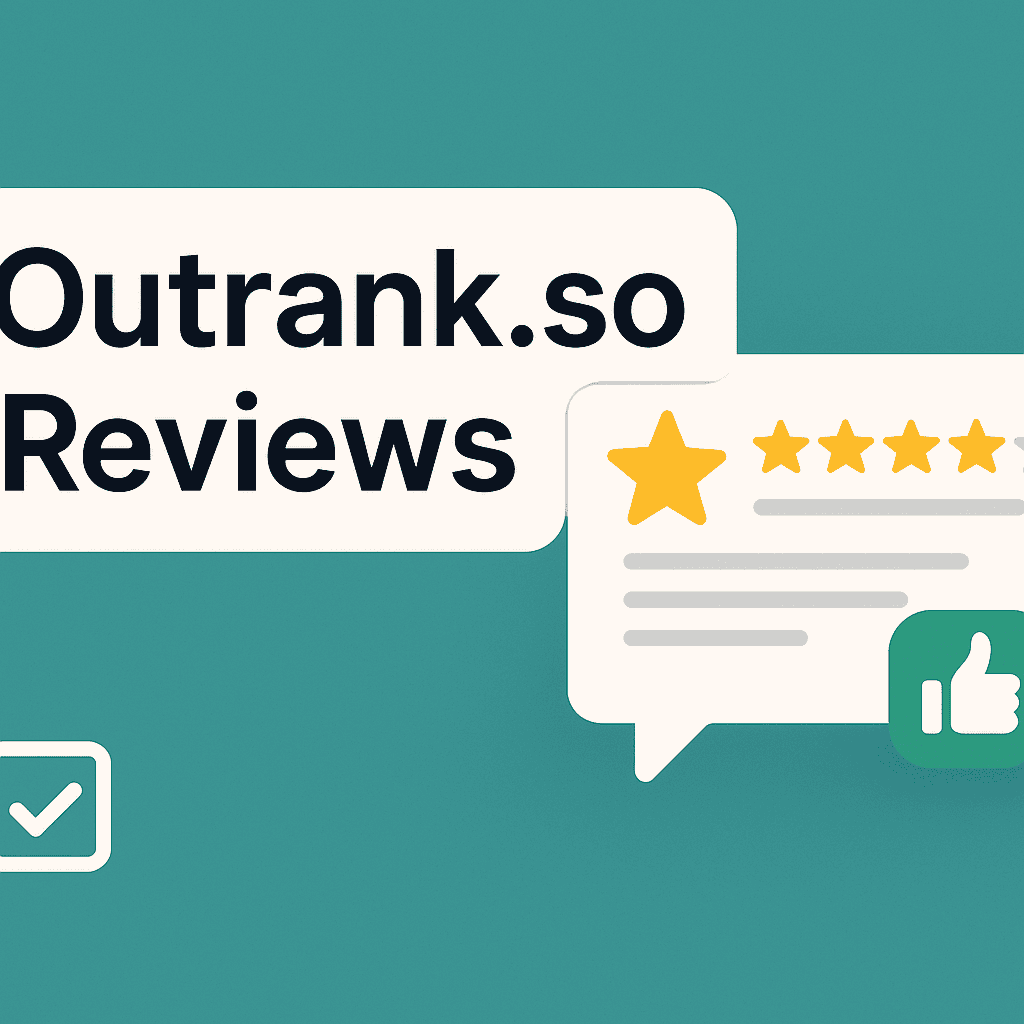
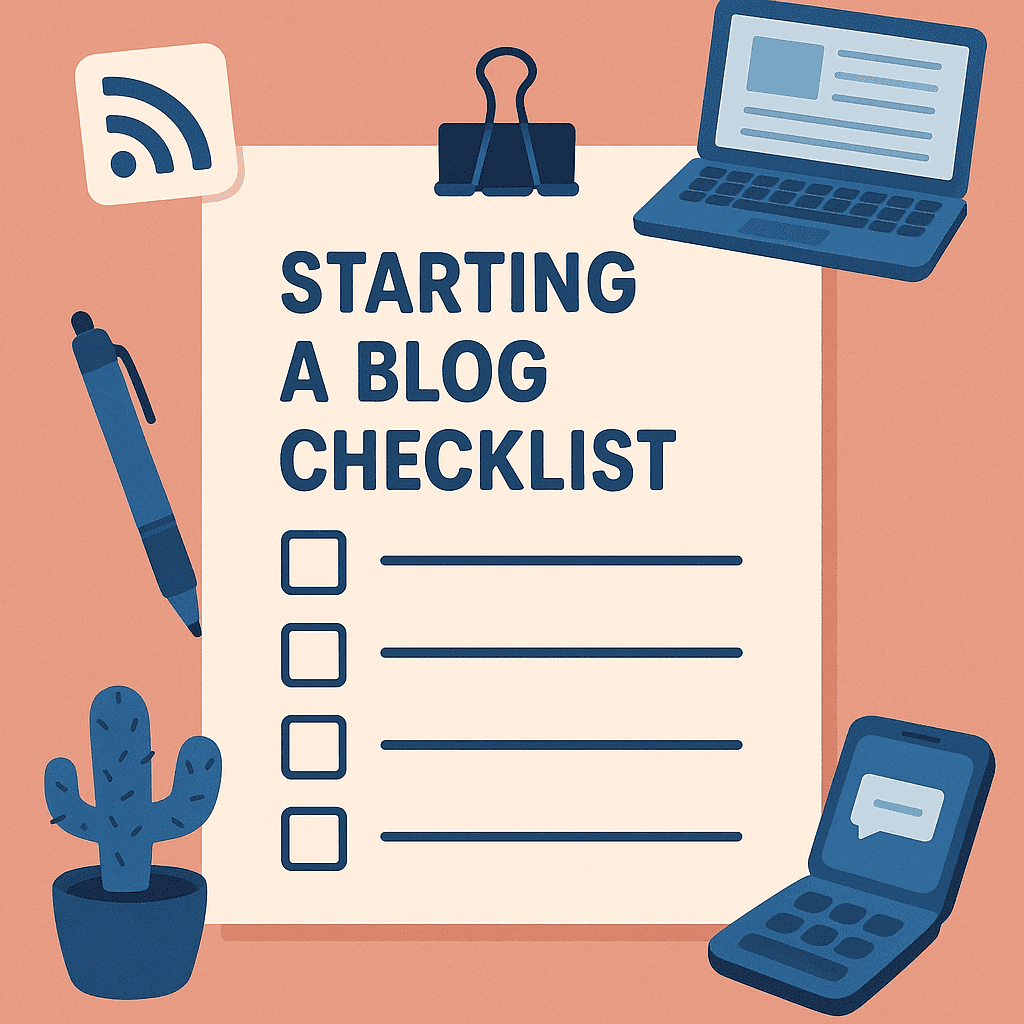
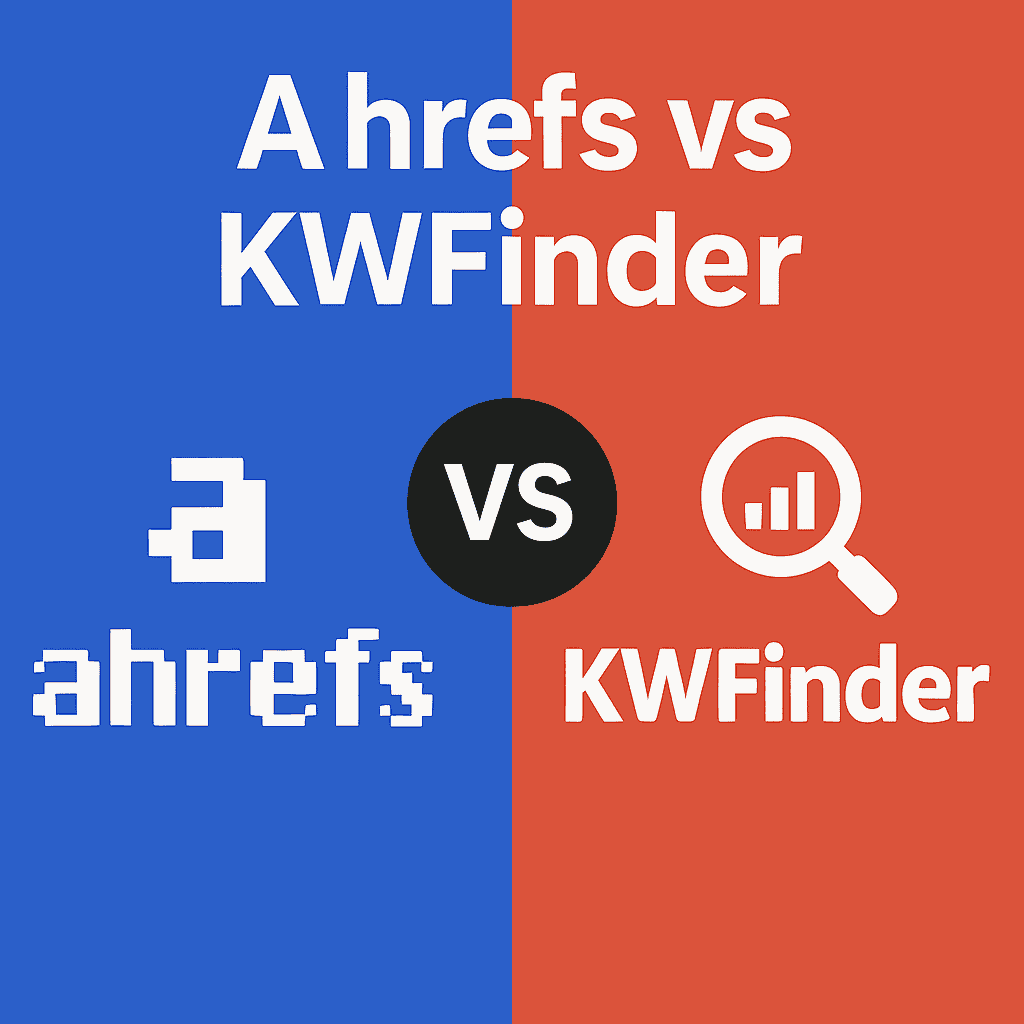
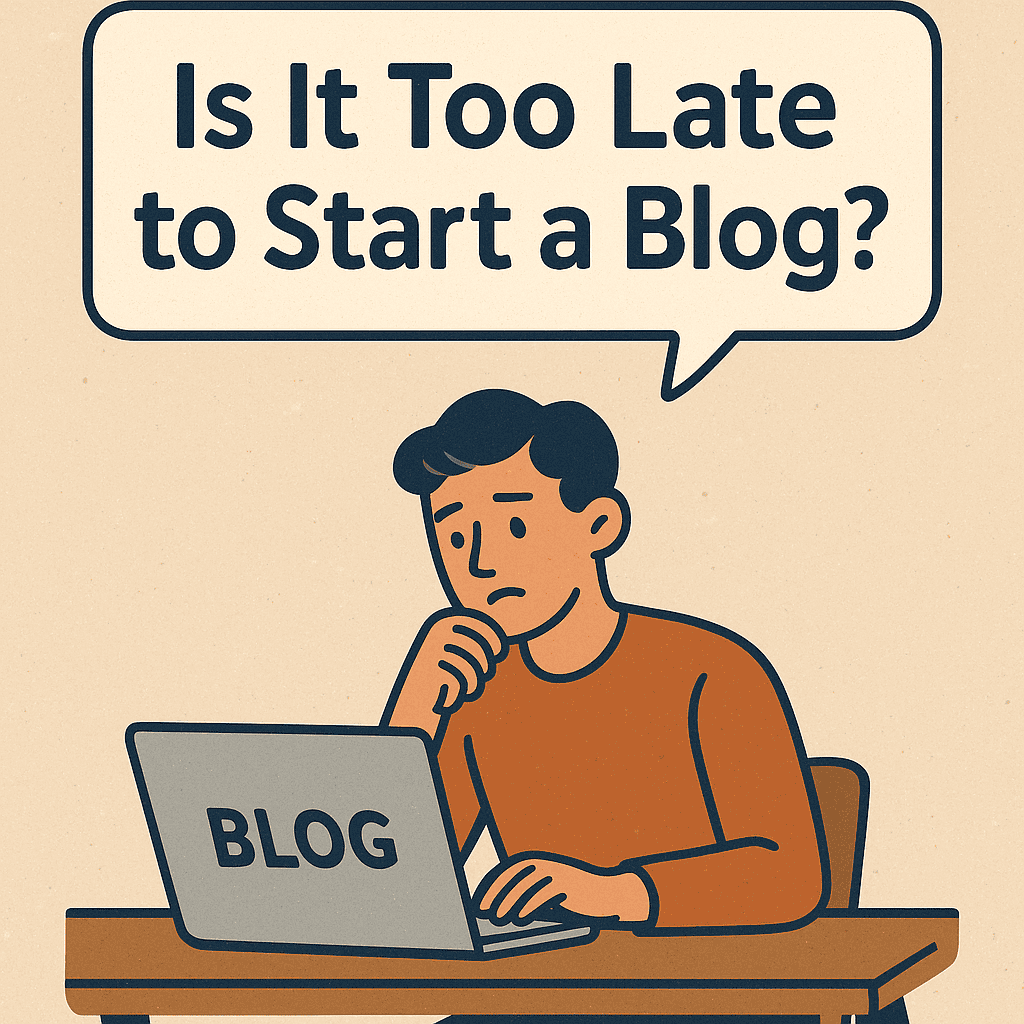
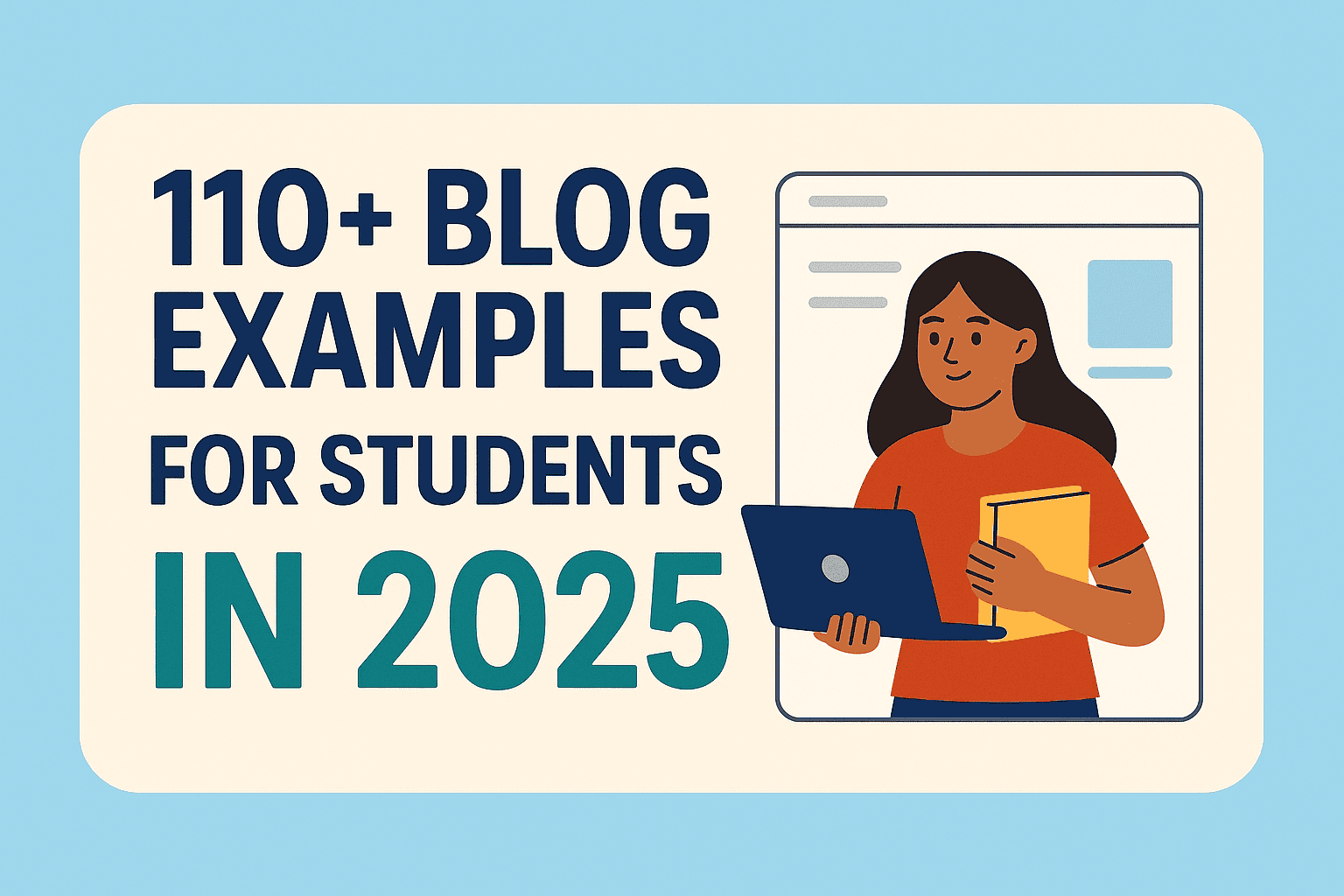
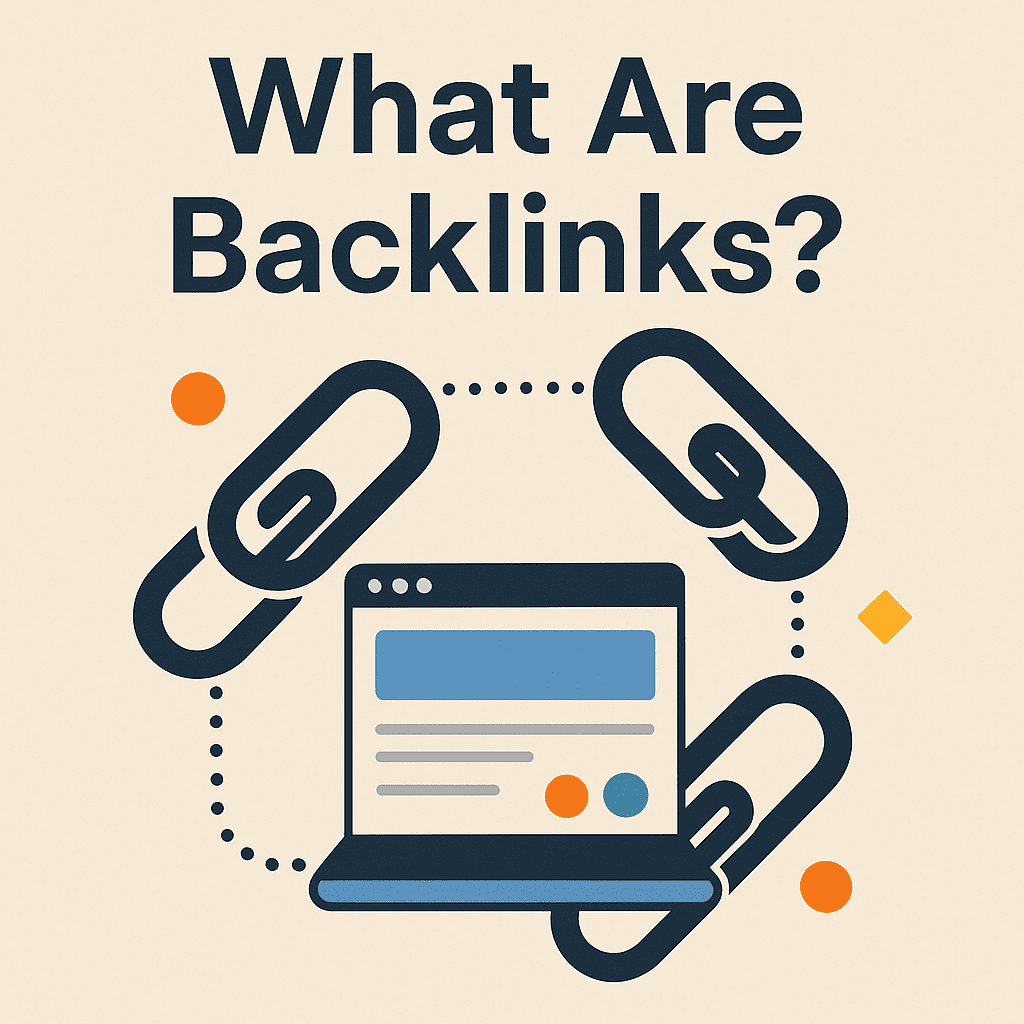
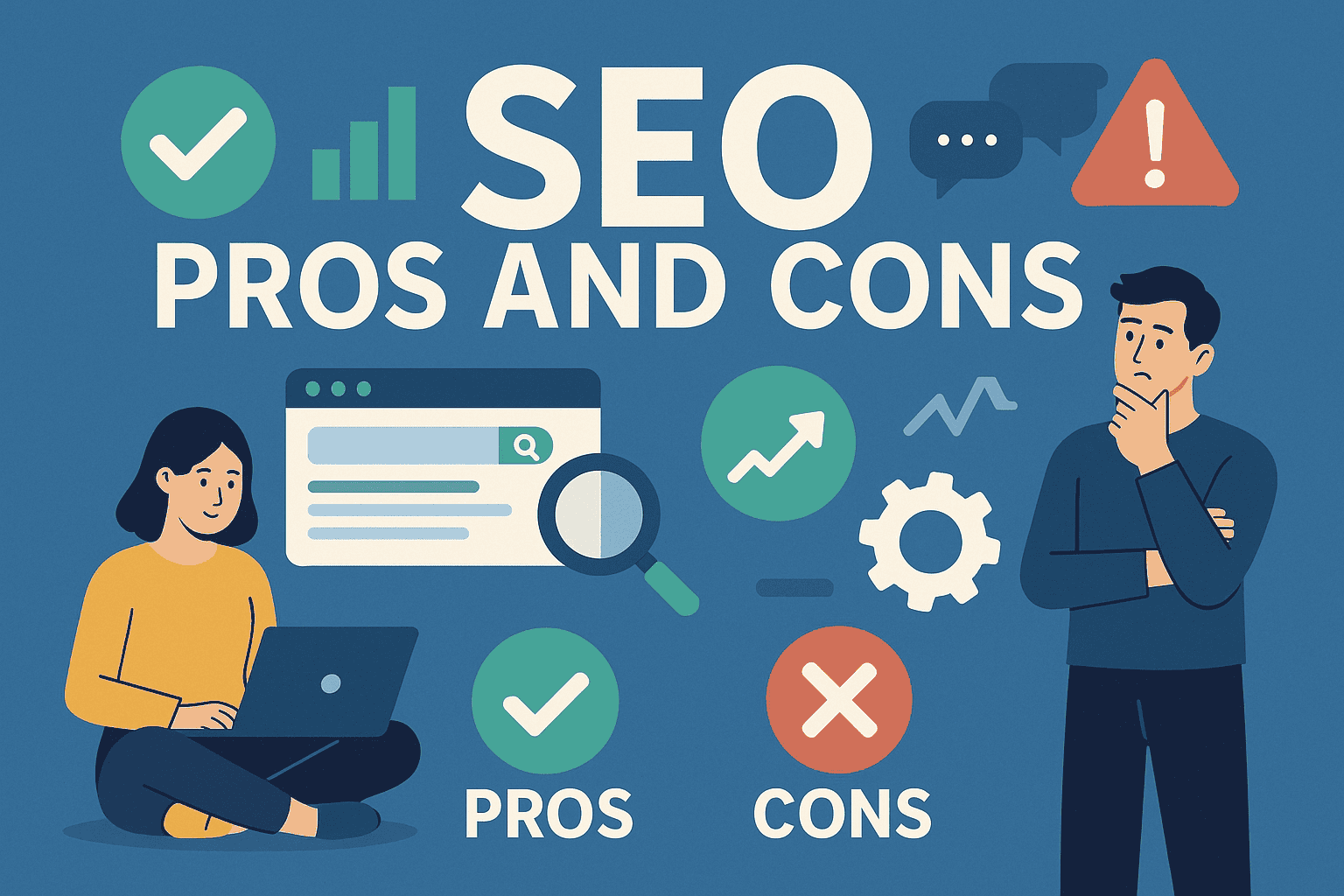

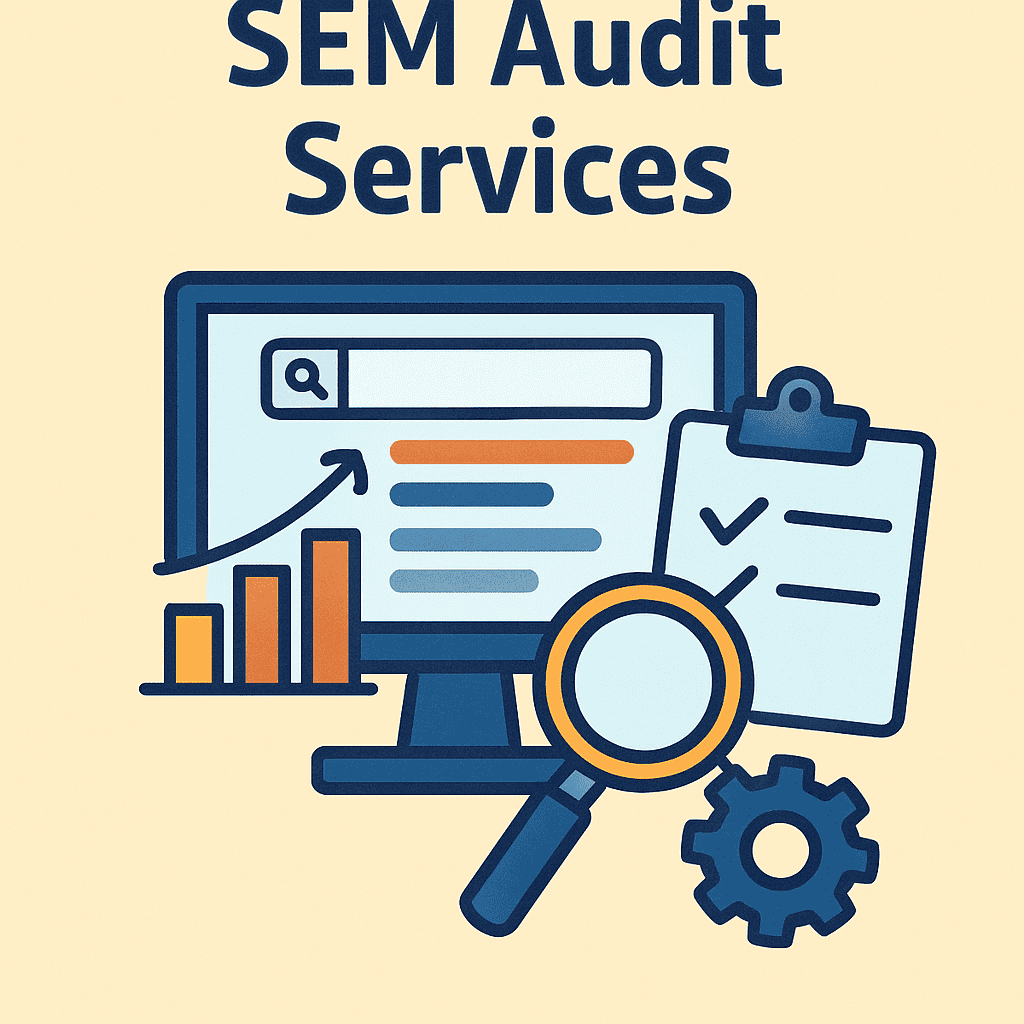


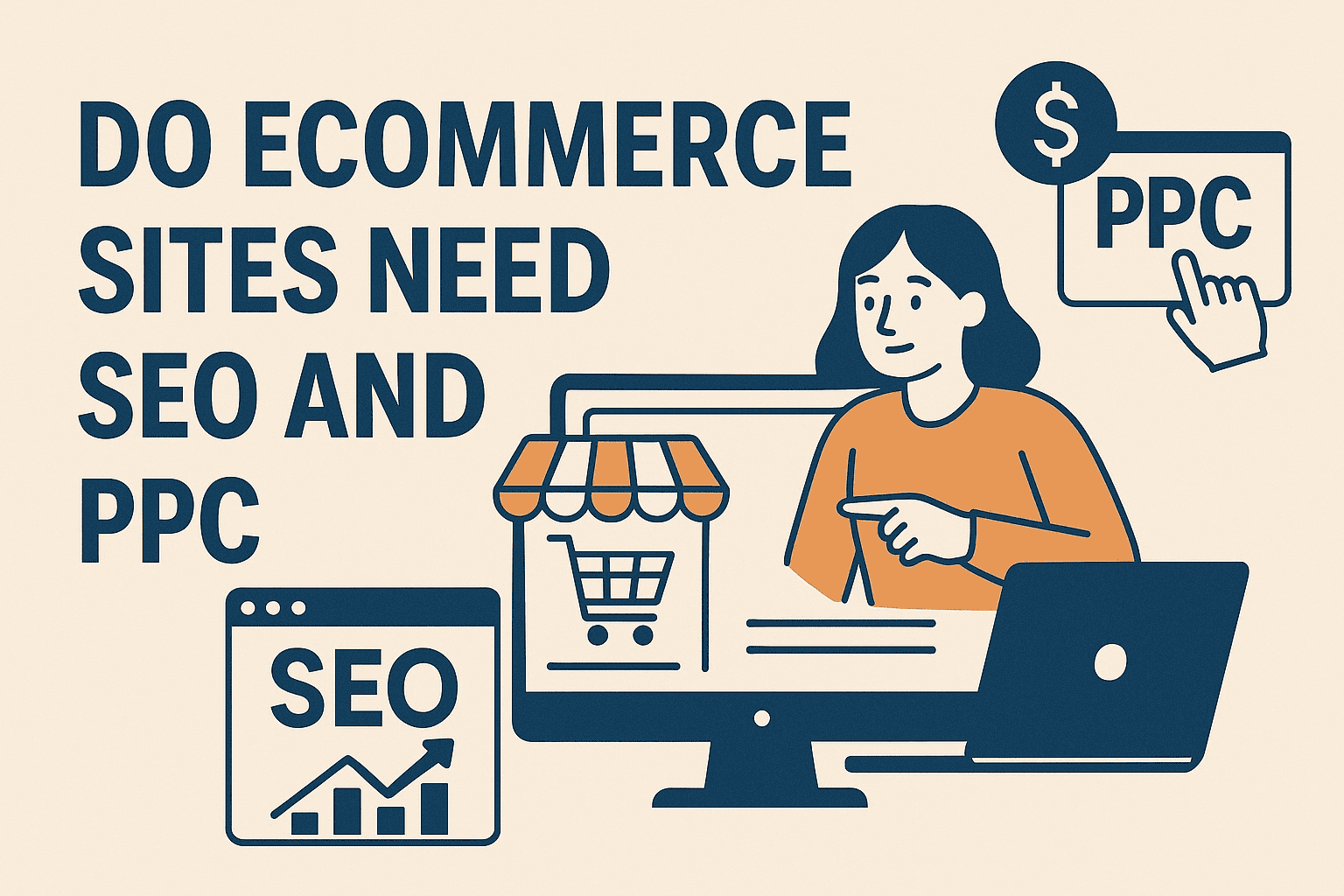
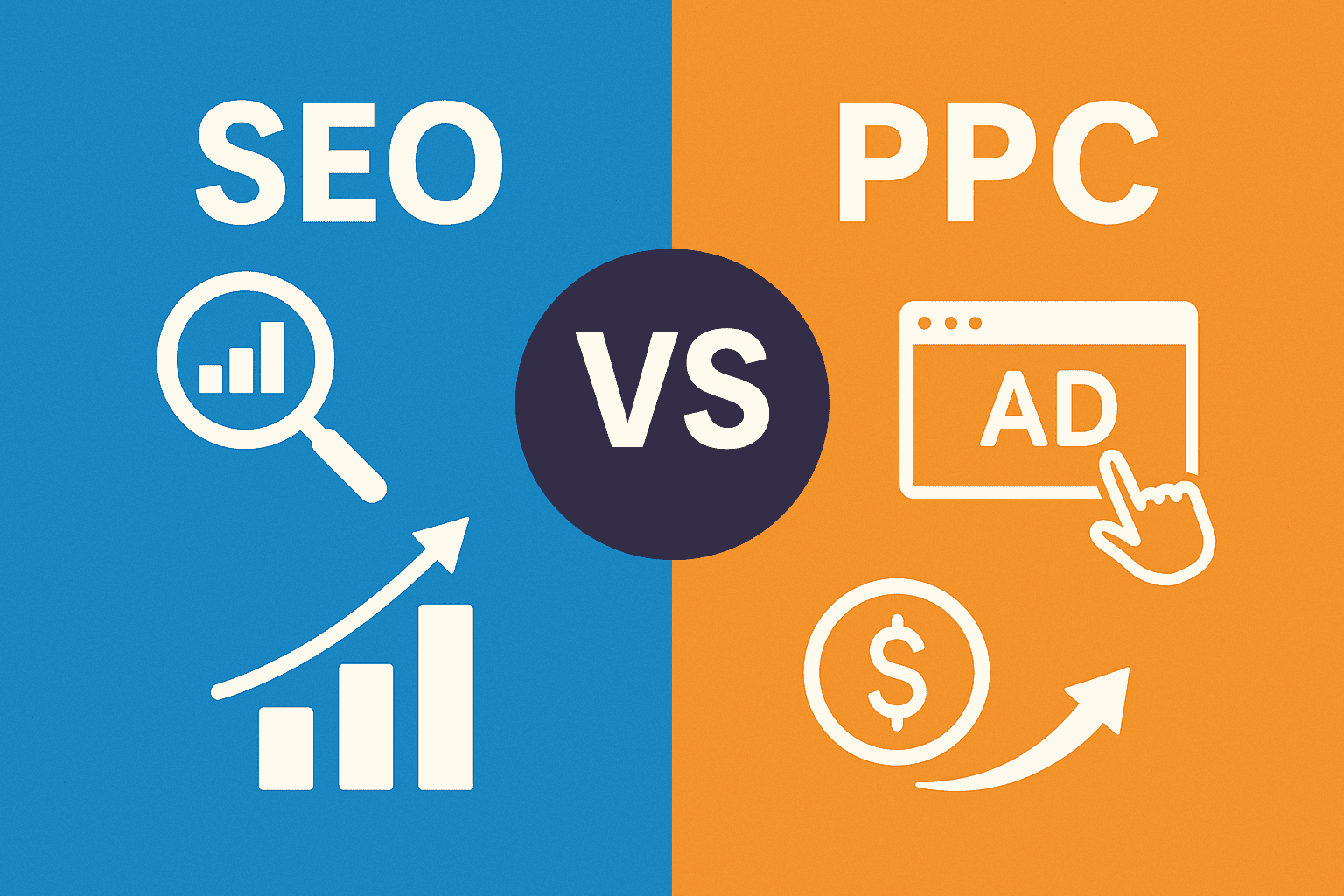




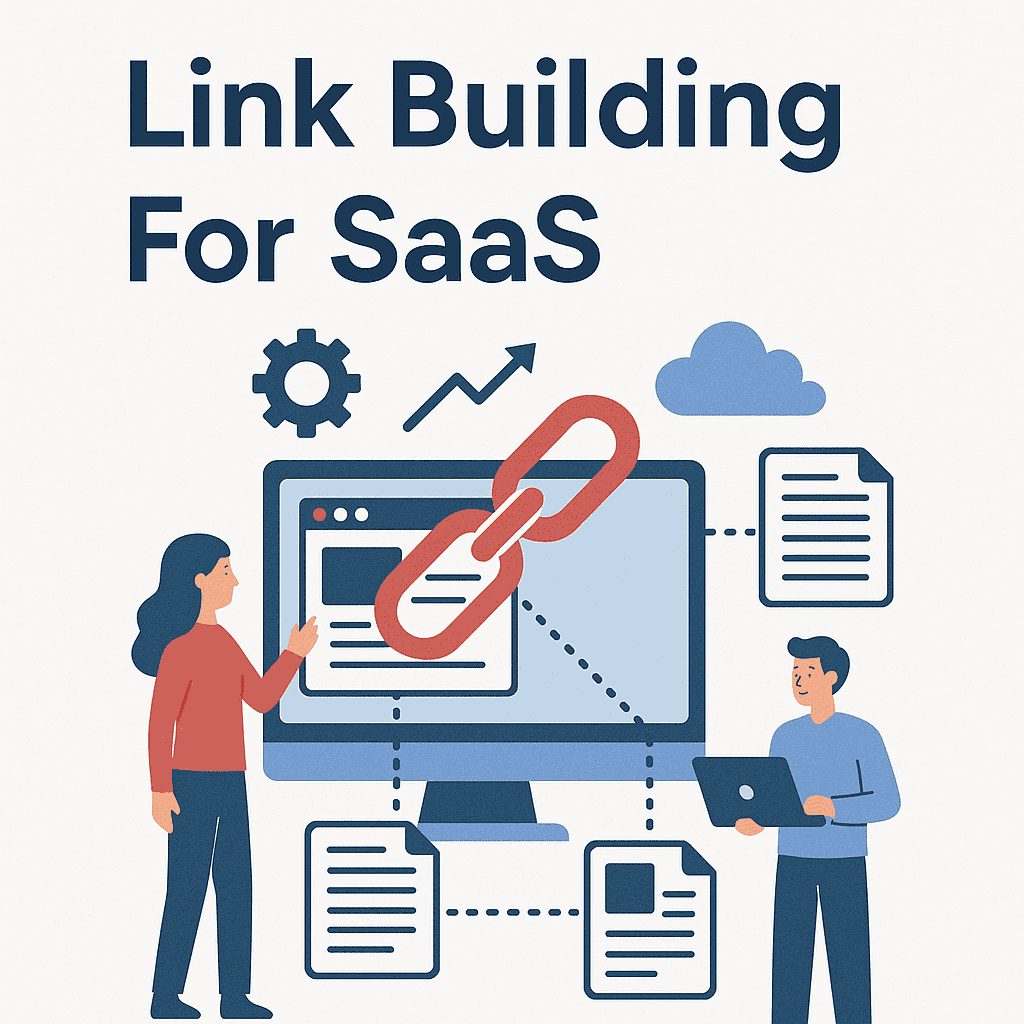
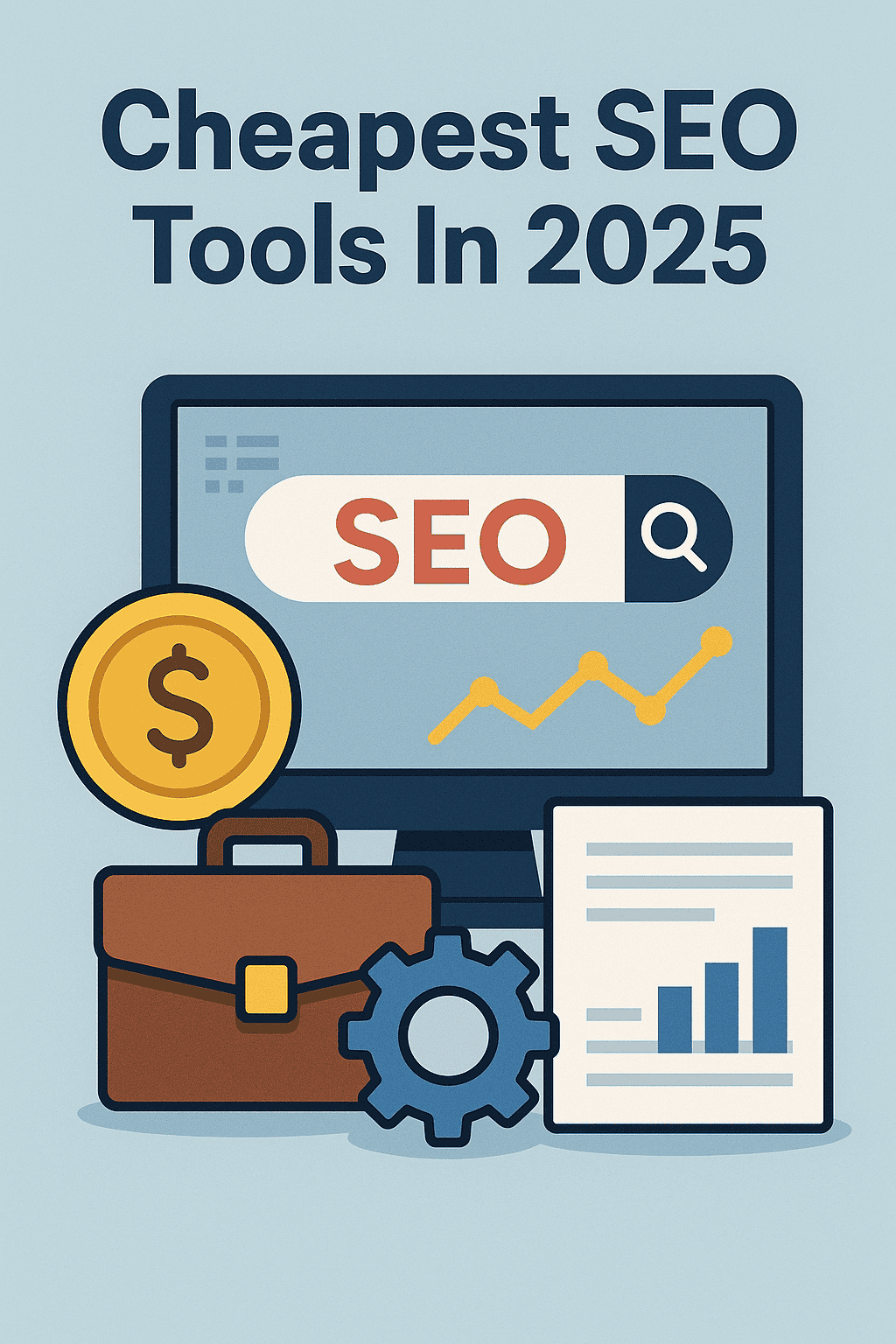
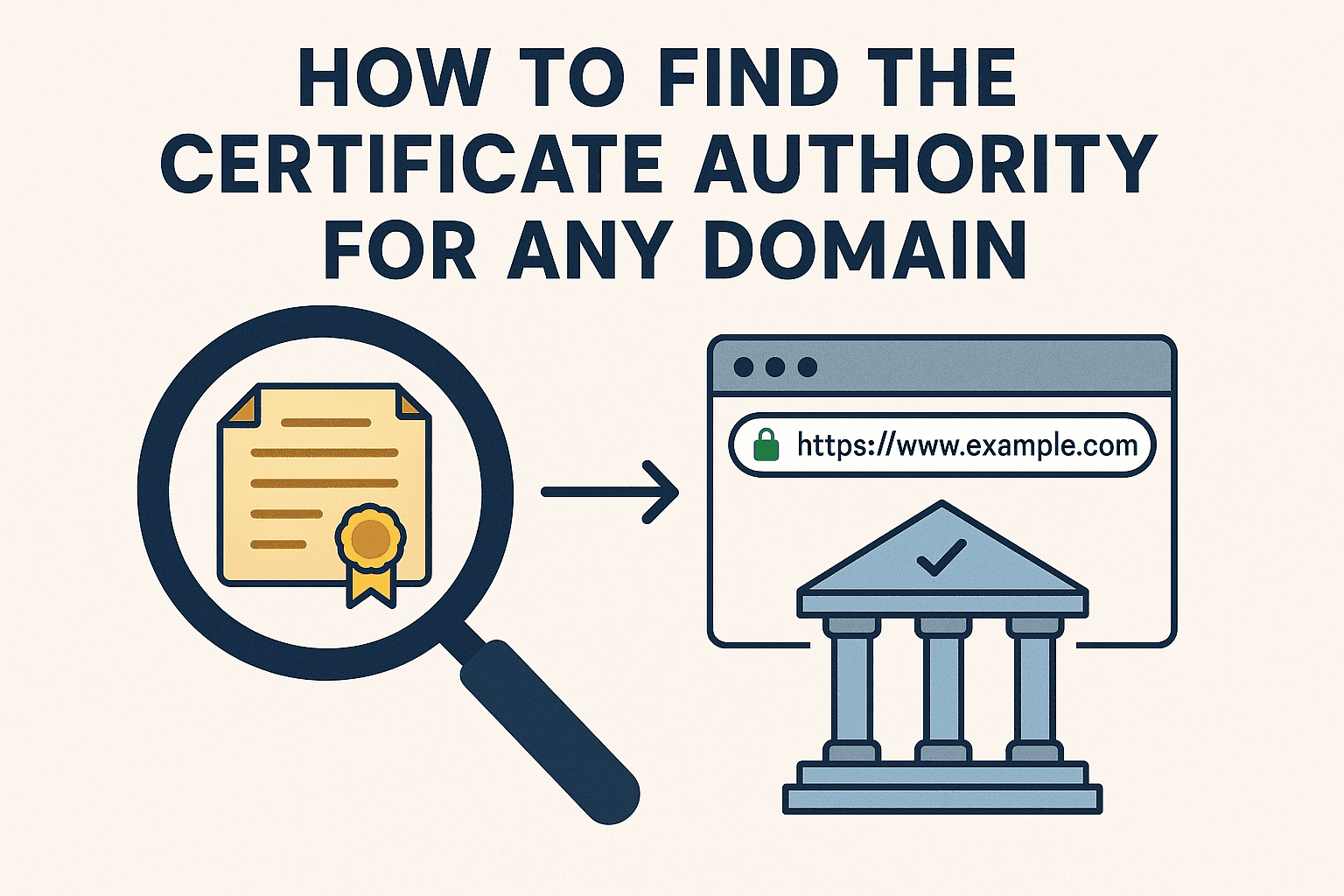

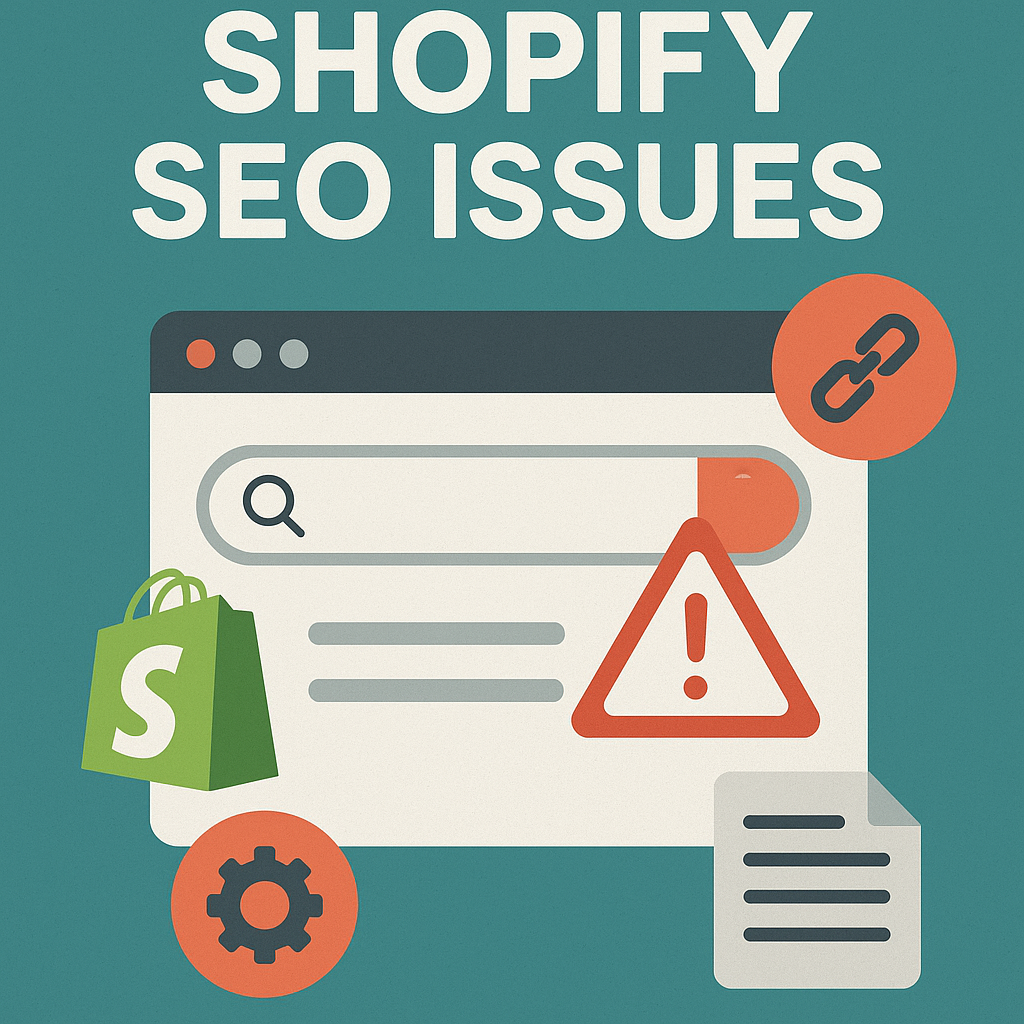
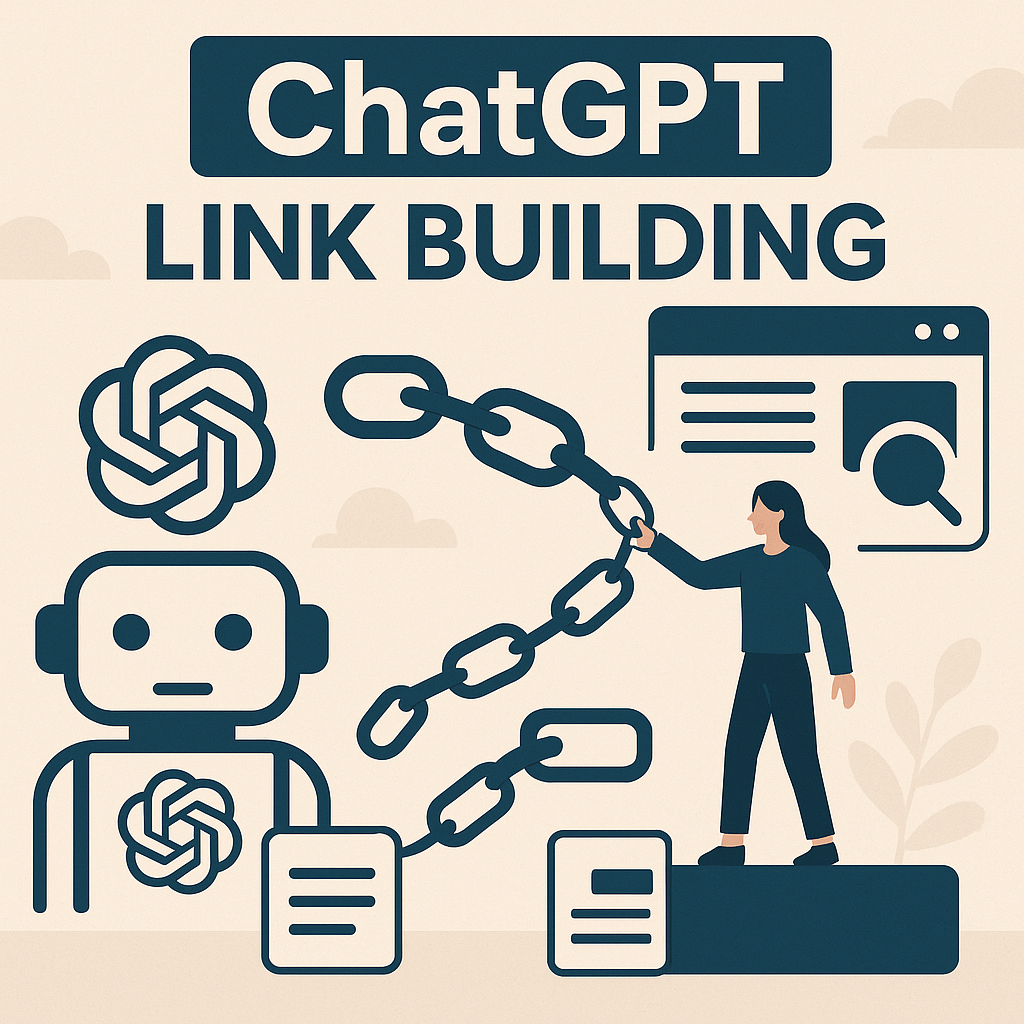
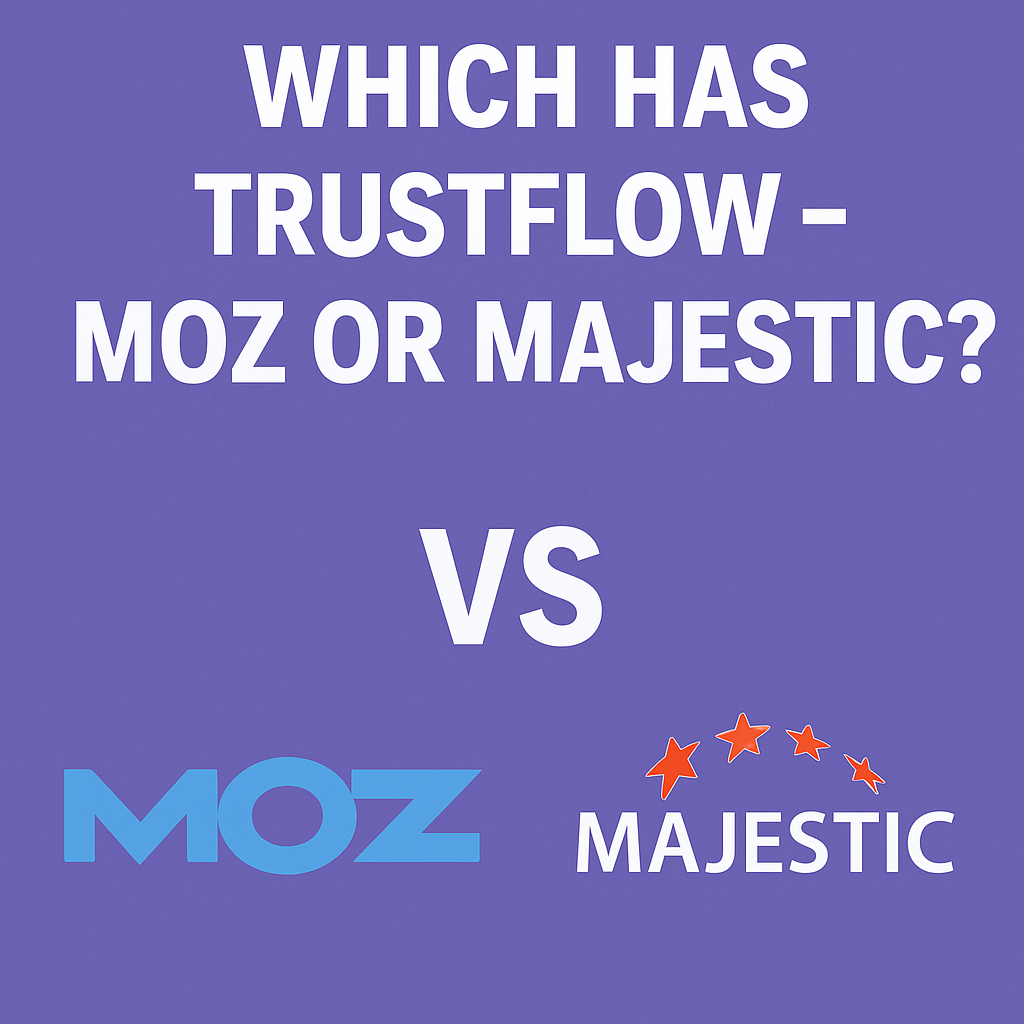
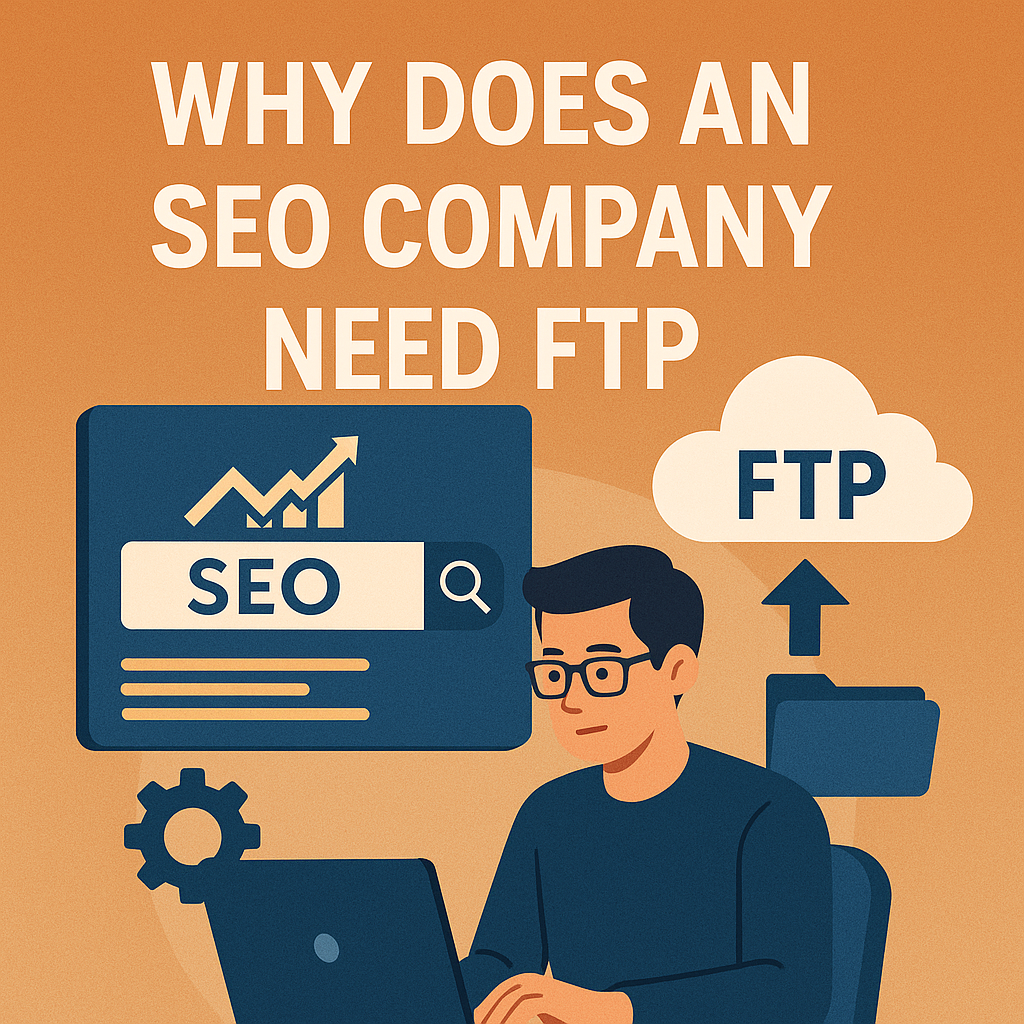

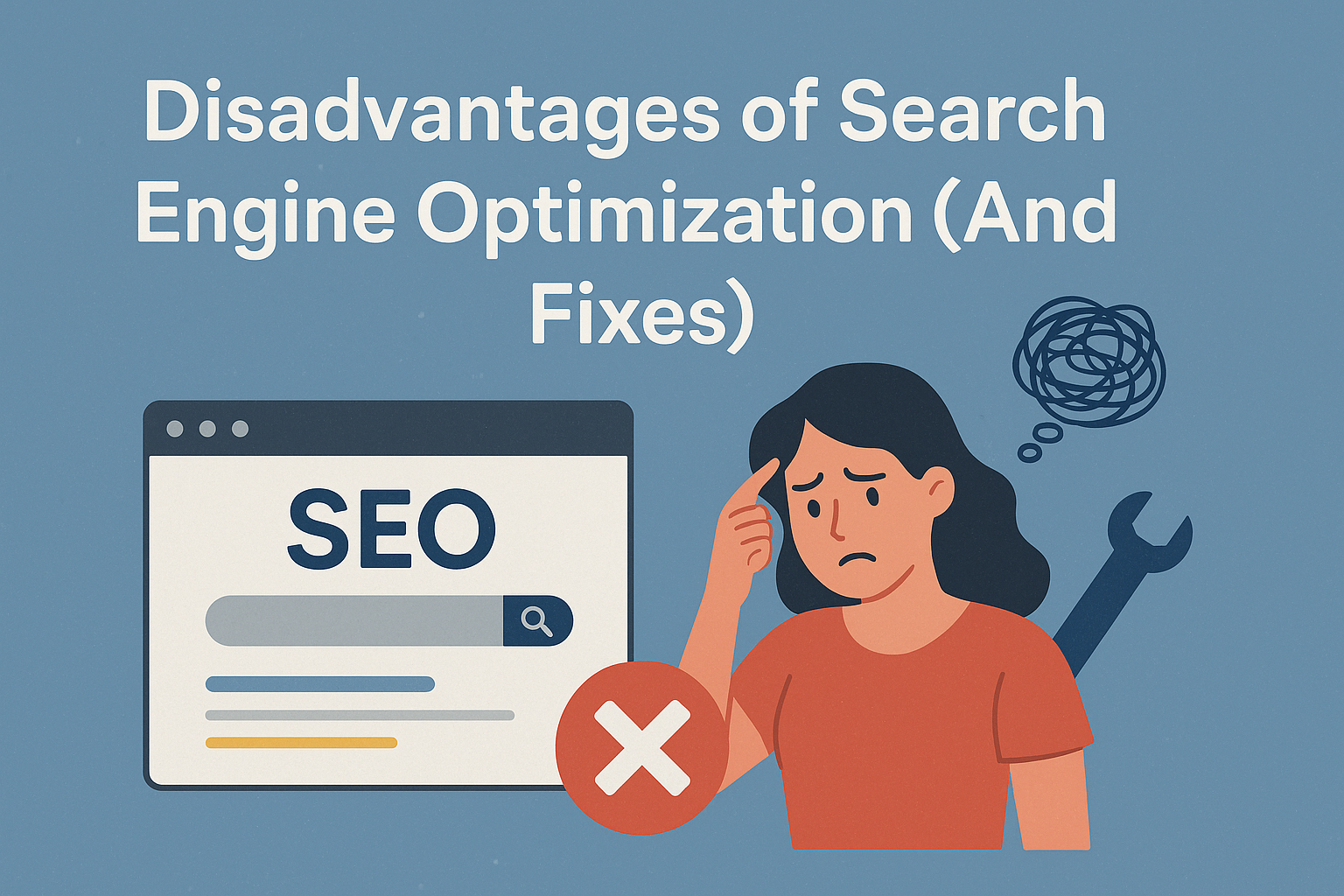
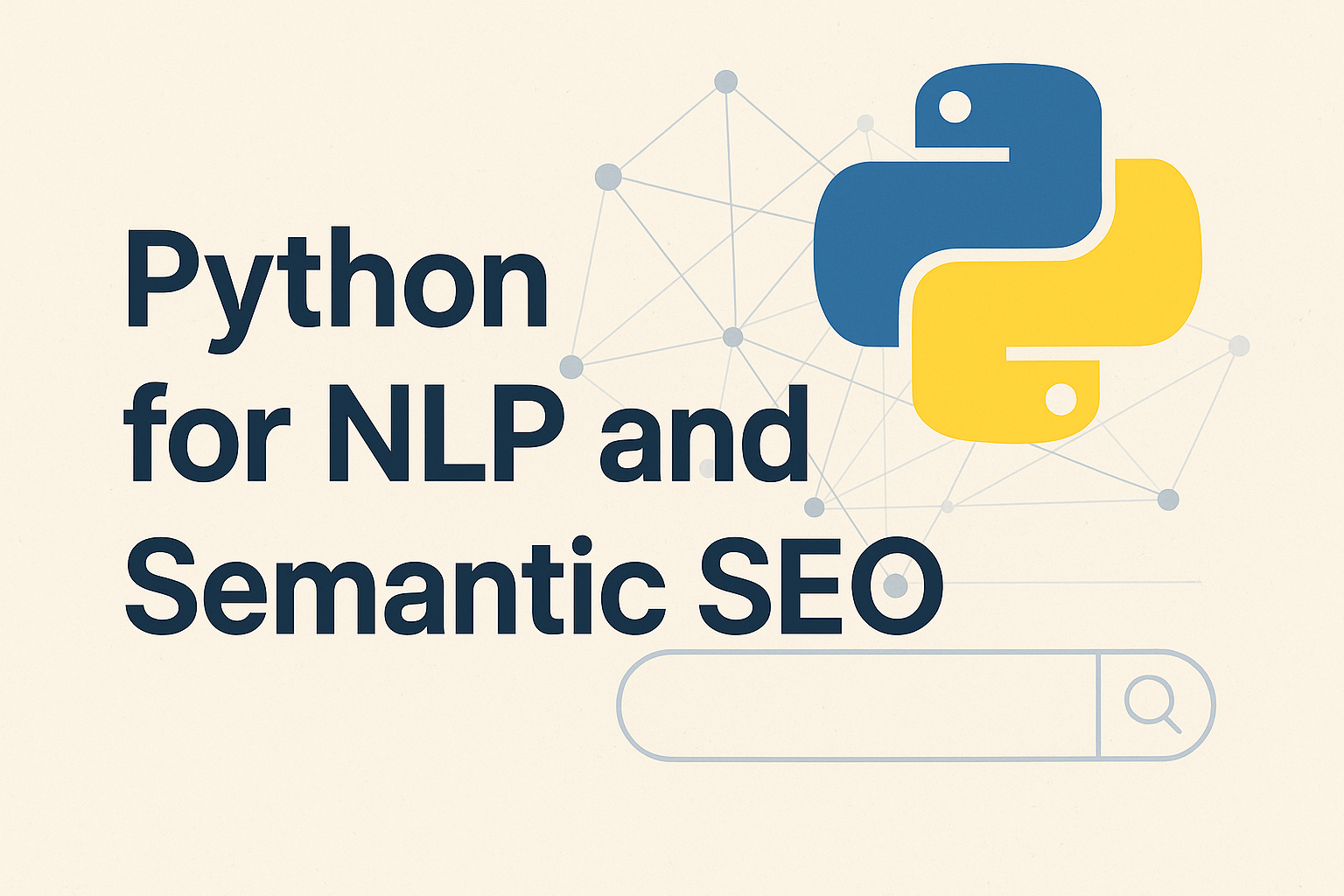
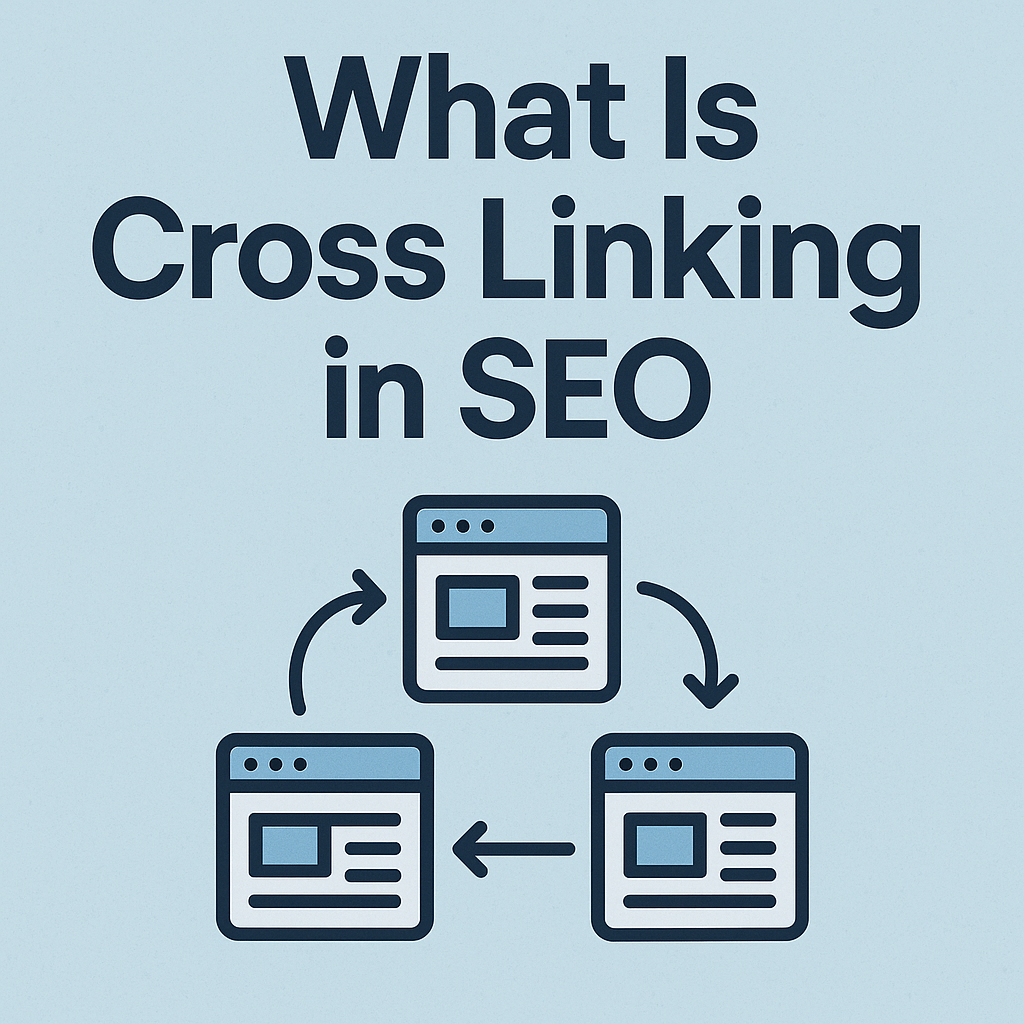

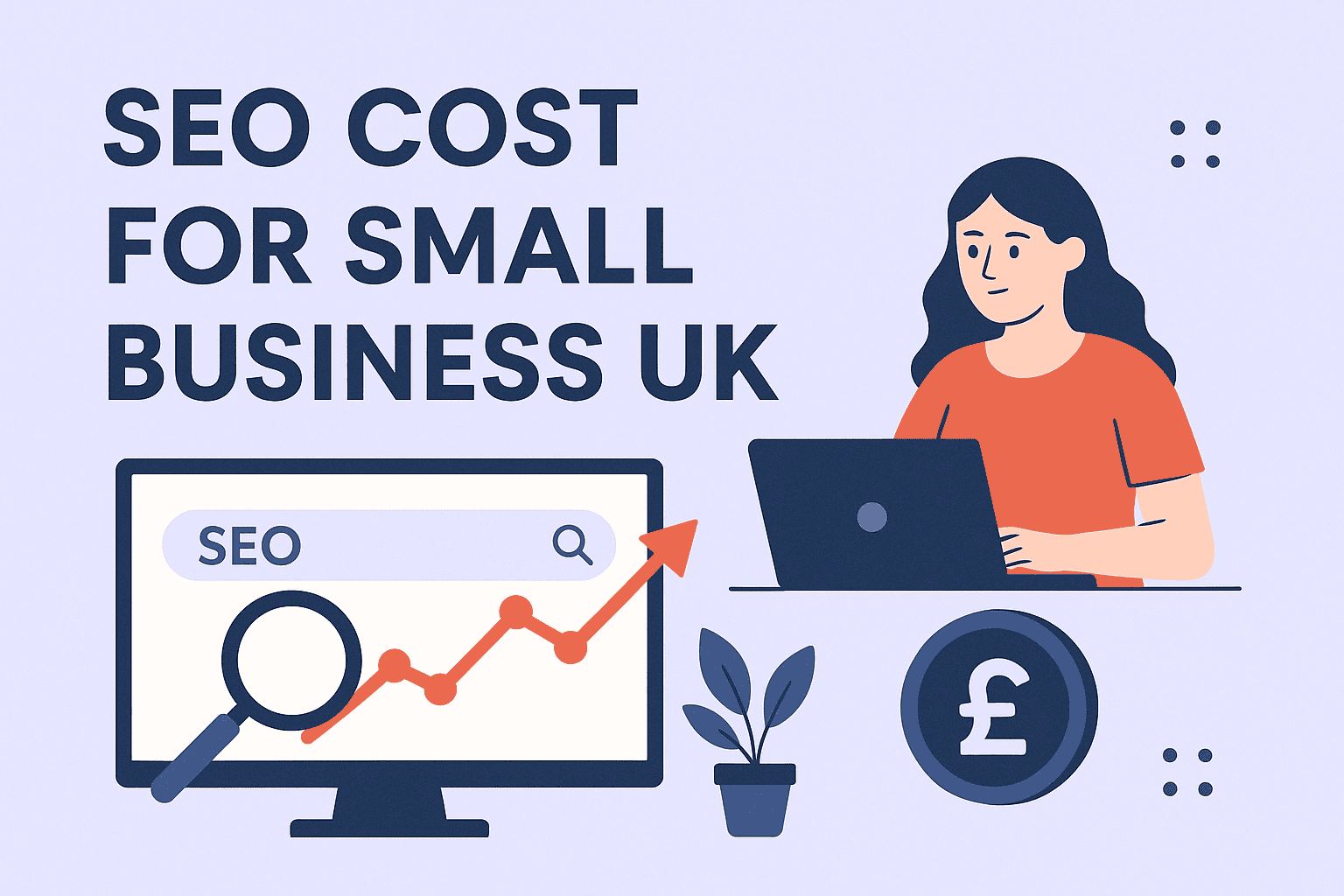
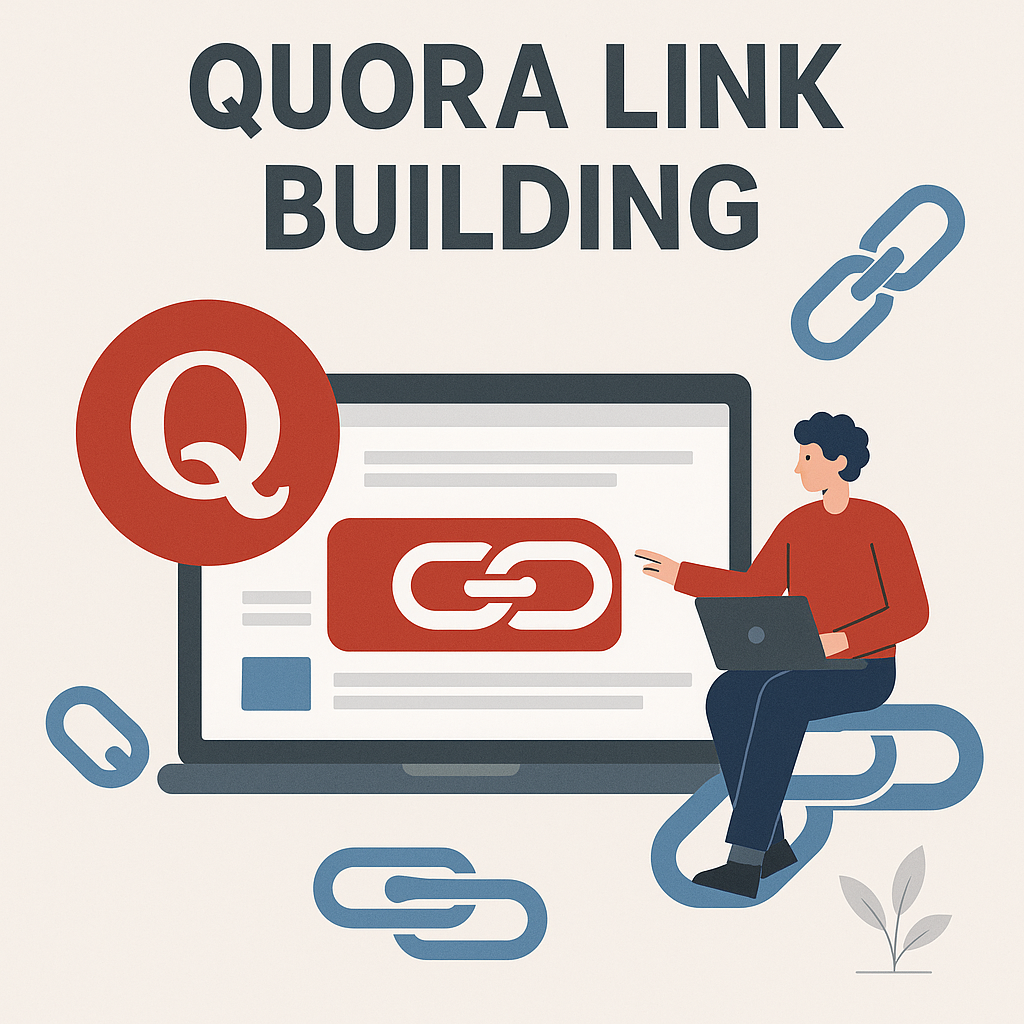
![How Many Outbound Links Per Blog [2025 Updated]](https://backlinkmanagement.io/wp-content/uploads/2025/06/How-Many-Outbound-Links-Per-Blog.png)


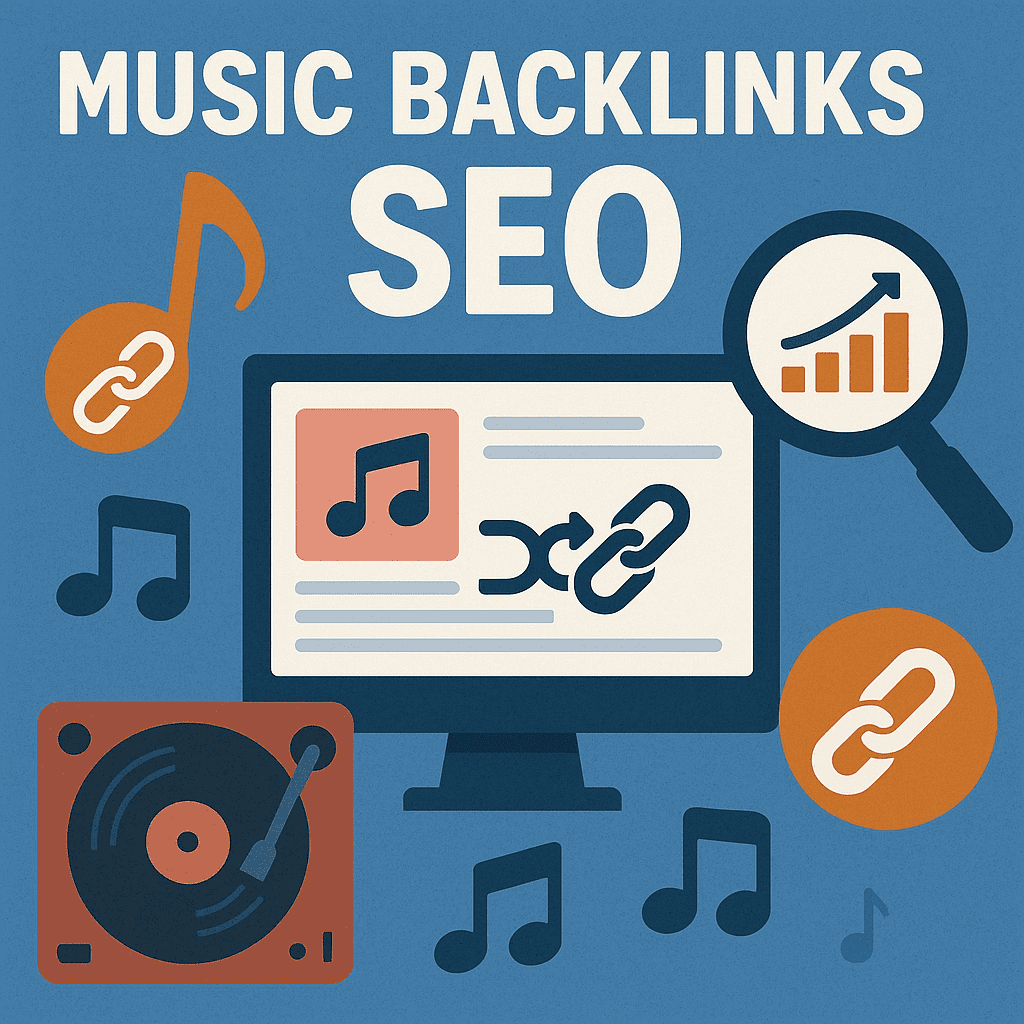
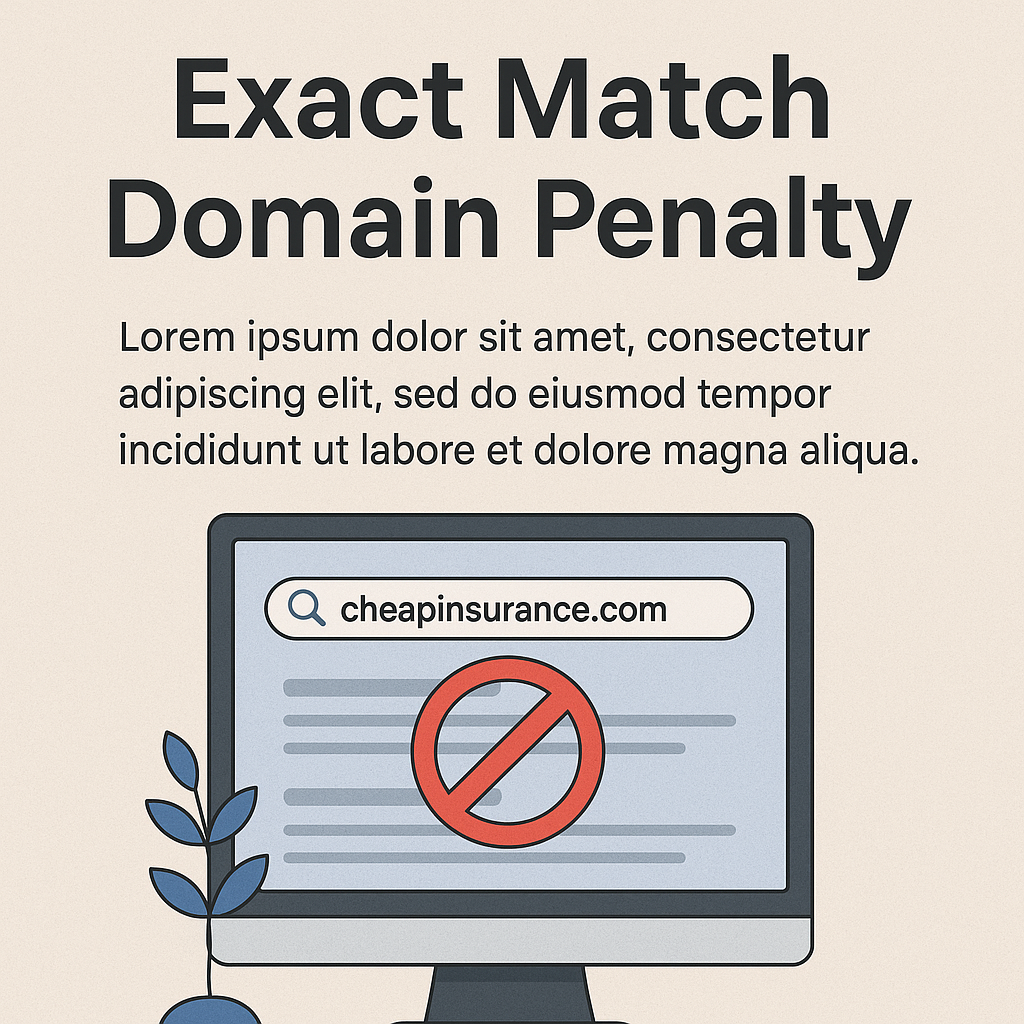
![B2B and B2C Website Examples [2025 Updated]](https://backlinkmanagement.io/wp-content/uploads/2025/05/B2B-and-B2C-Website-Example-.png)

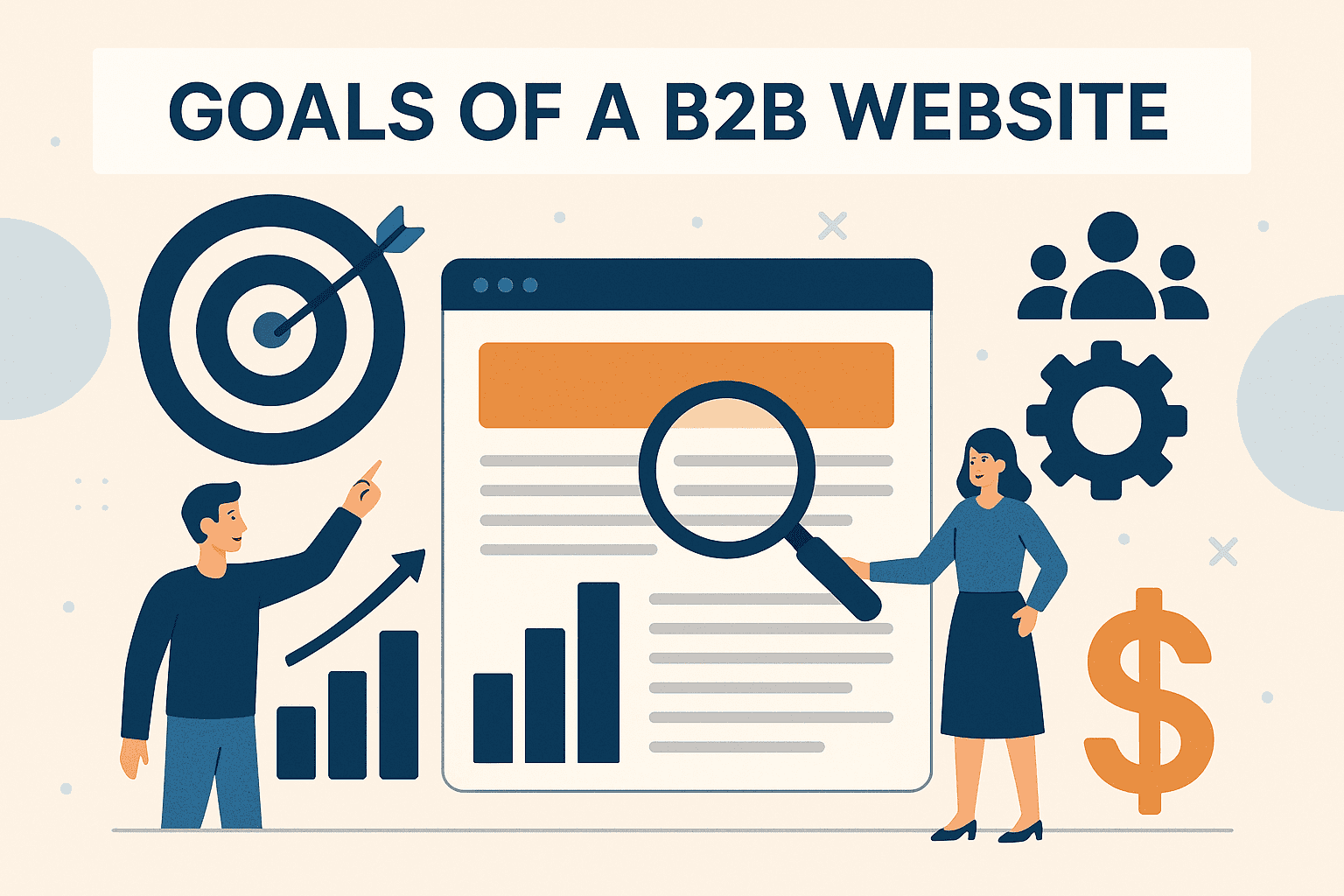

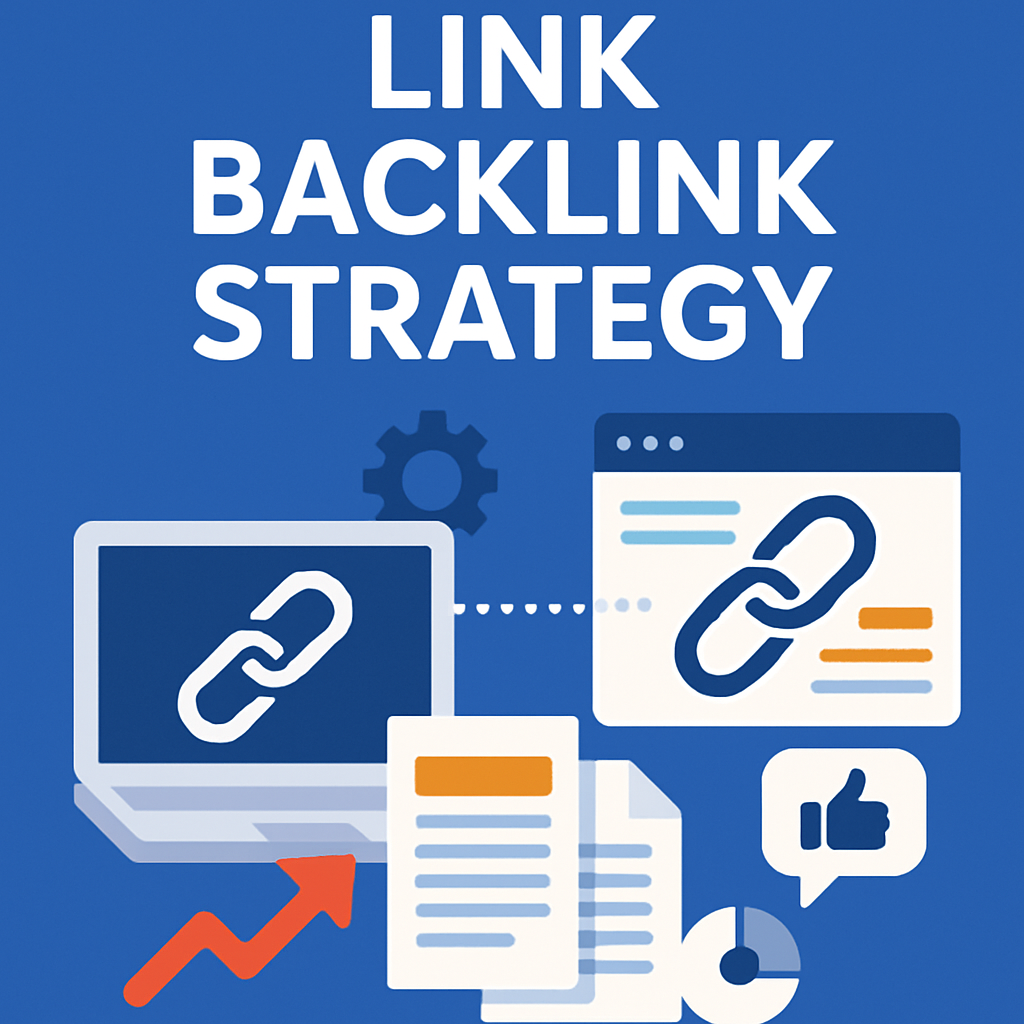
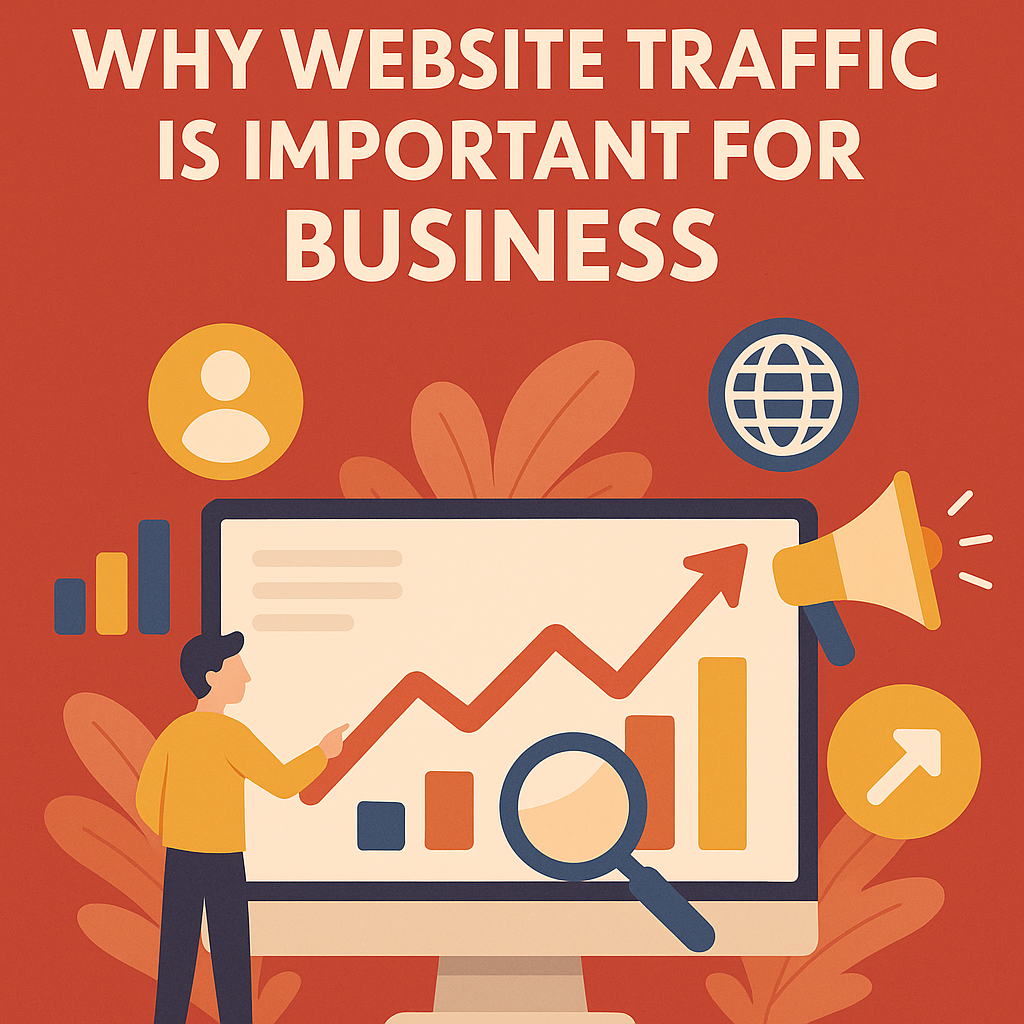

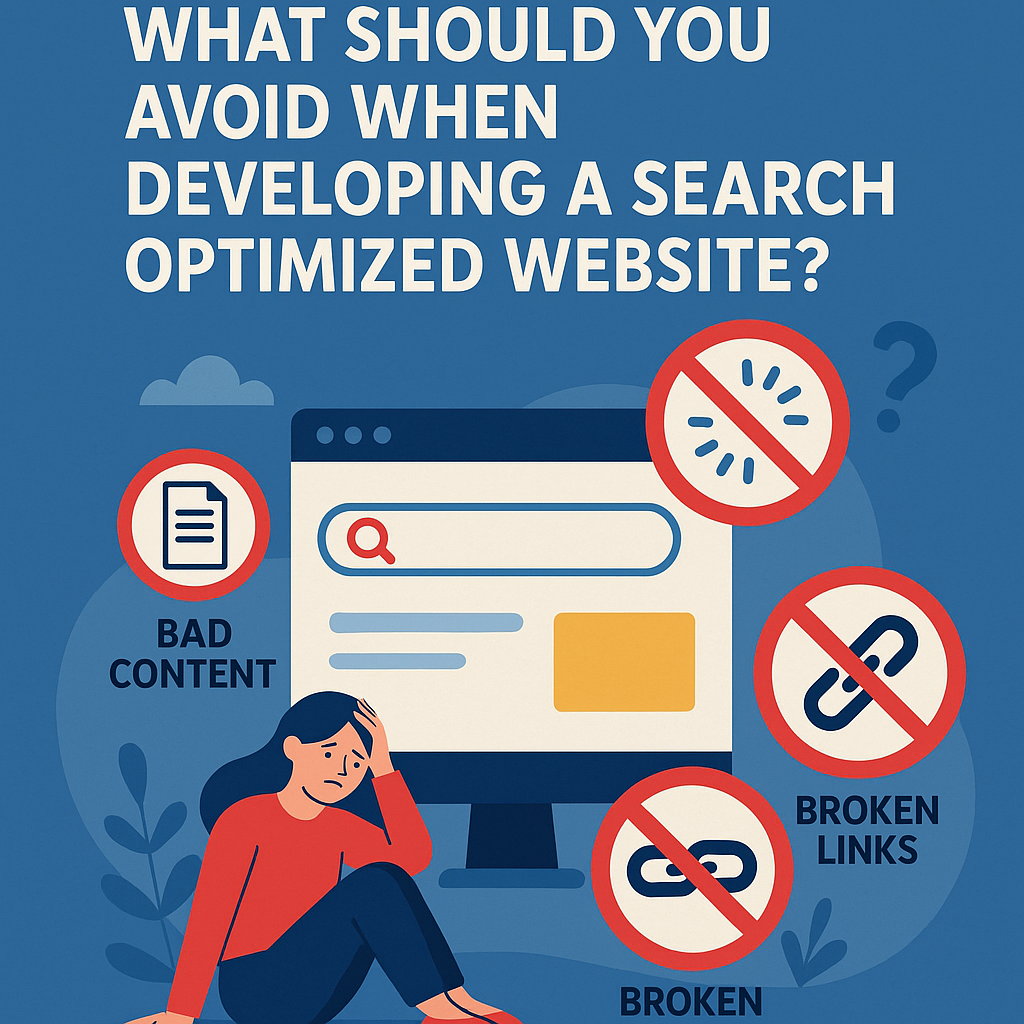


![What To Do After Keyword Research [2025 Guide]](https://backlinkmanagement.io/wp-content/uploads/2025/05/What-To-Do-After-Keyword-Research.png)
![Is Page Speed Really A Ranking Factor? [2025]](https://backlinkmanagement.io/wp-content/uploads/2025/05/Is-Page-Speed-Really-A-Ranking-Factor.png)
